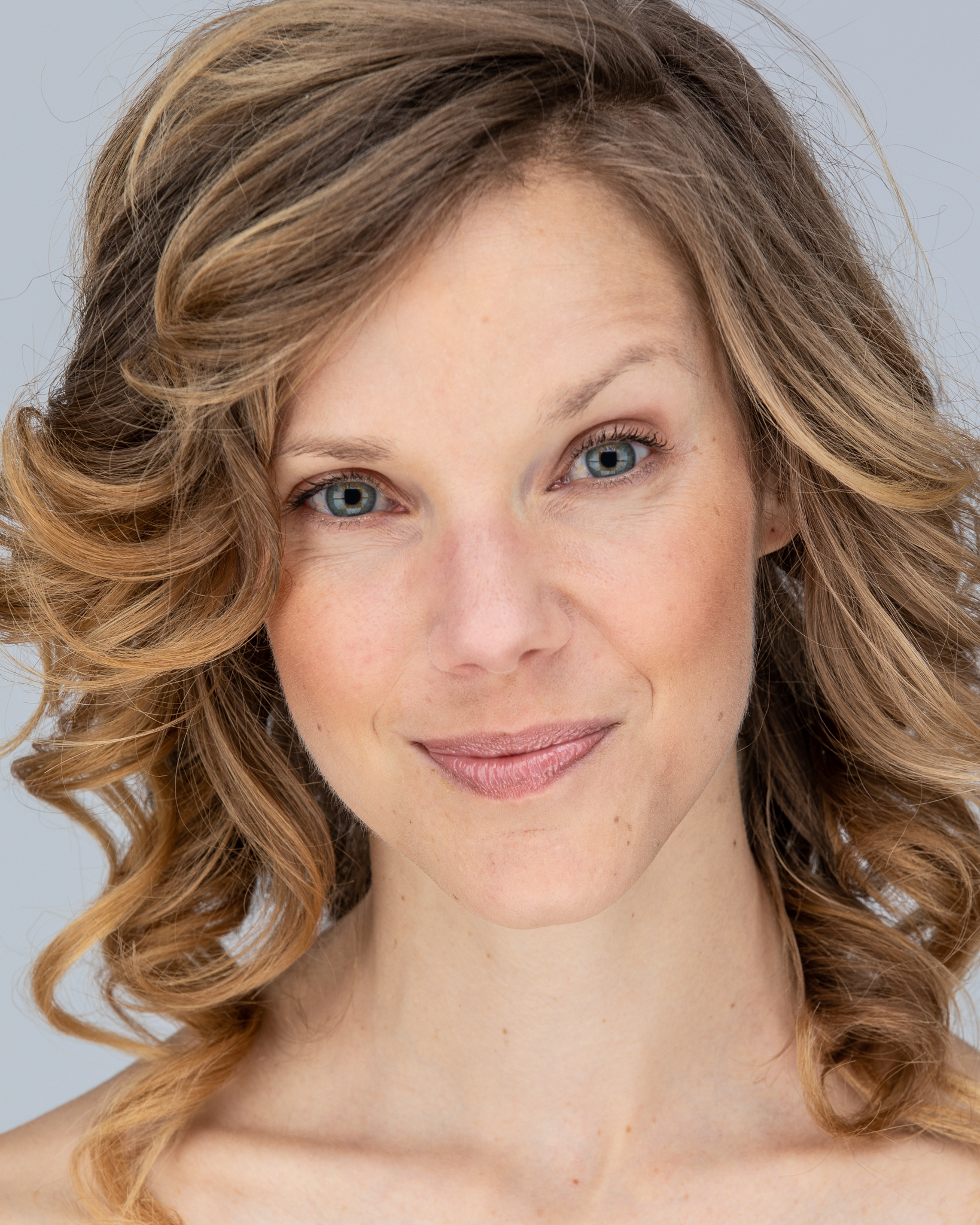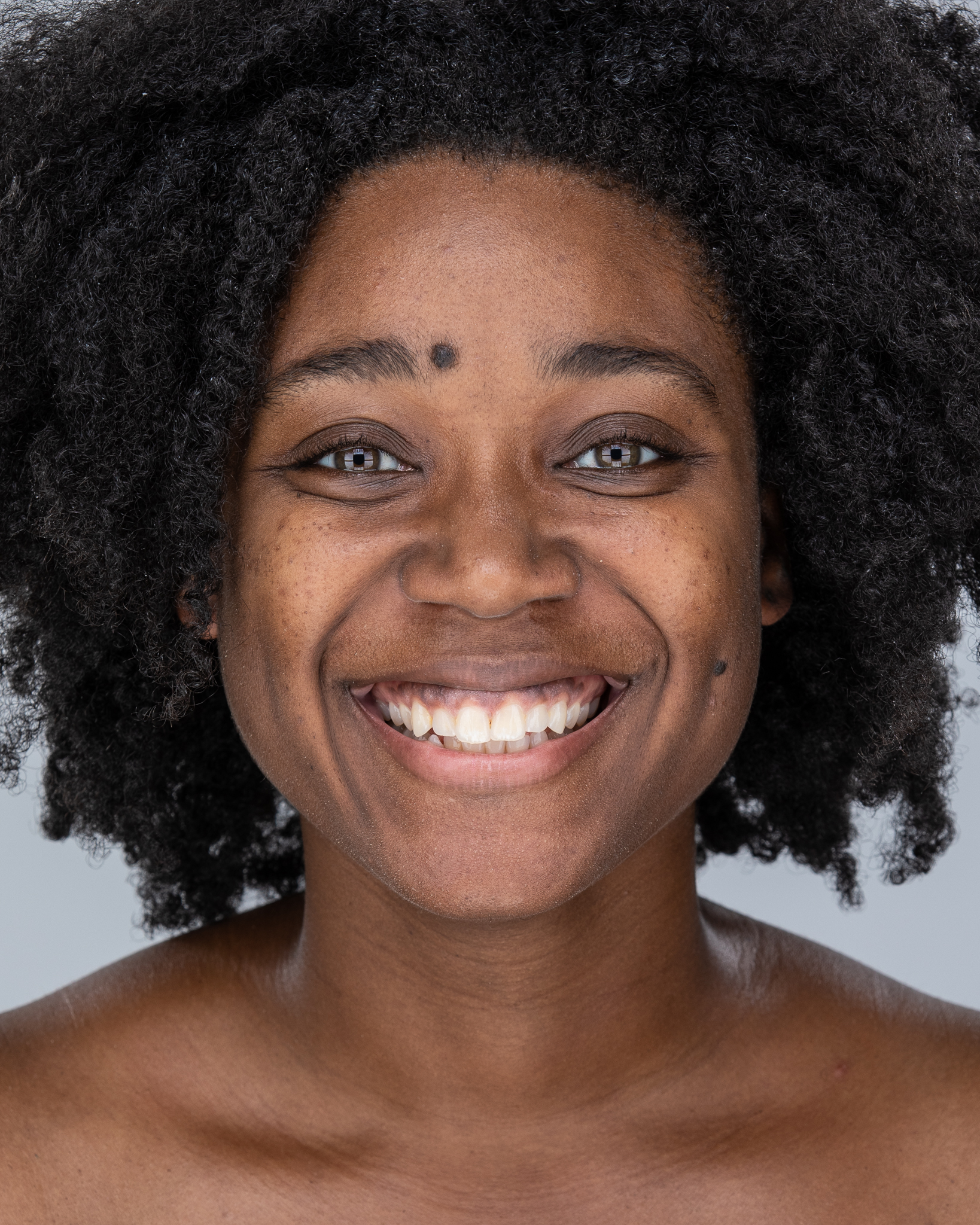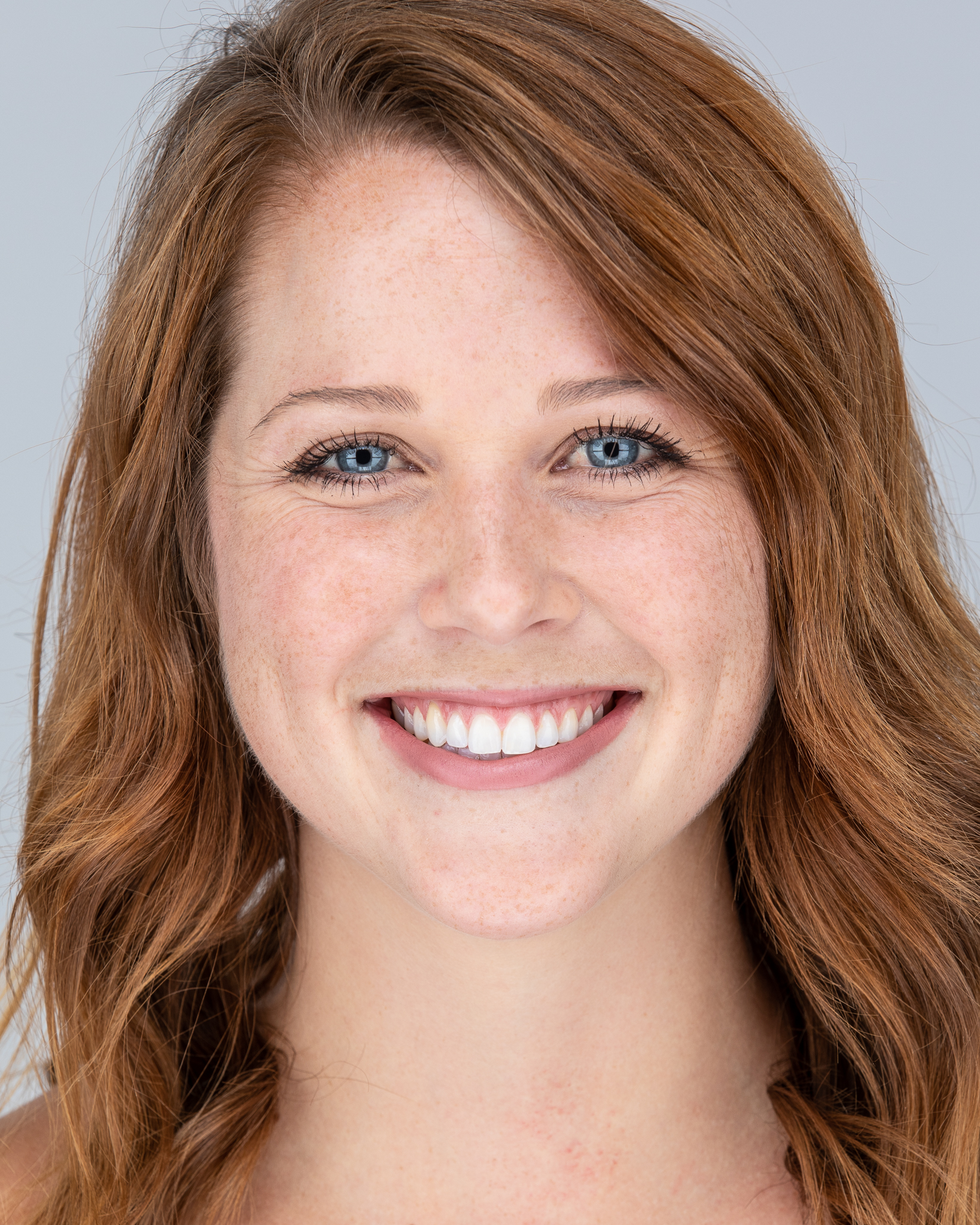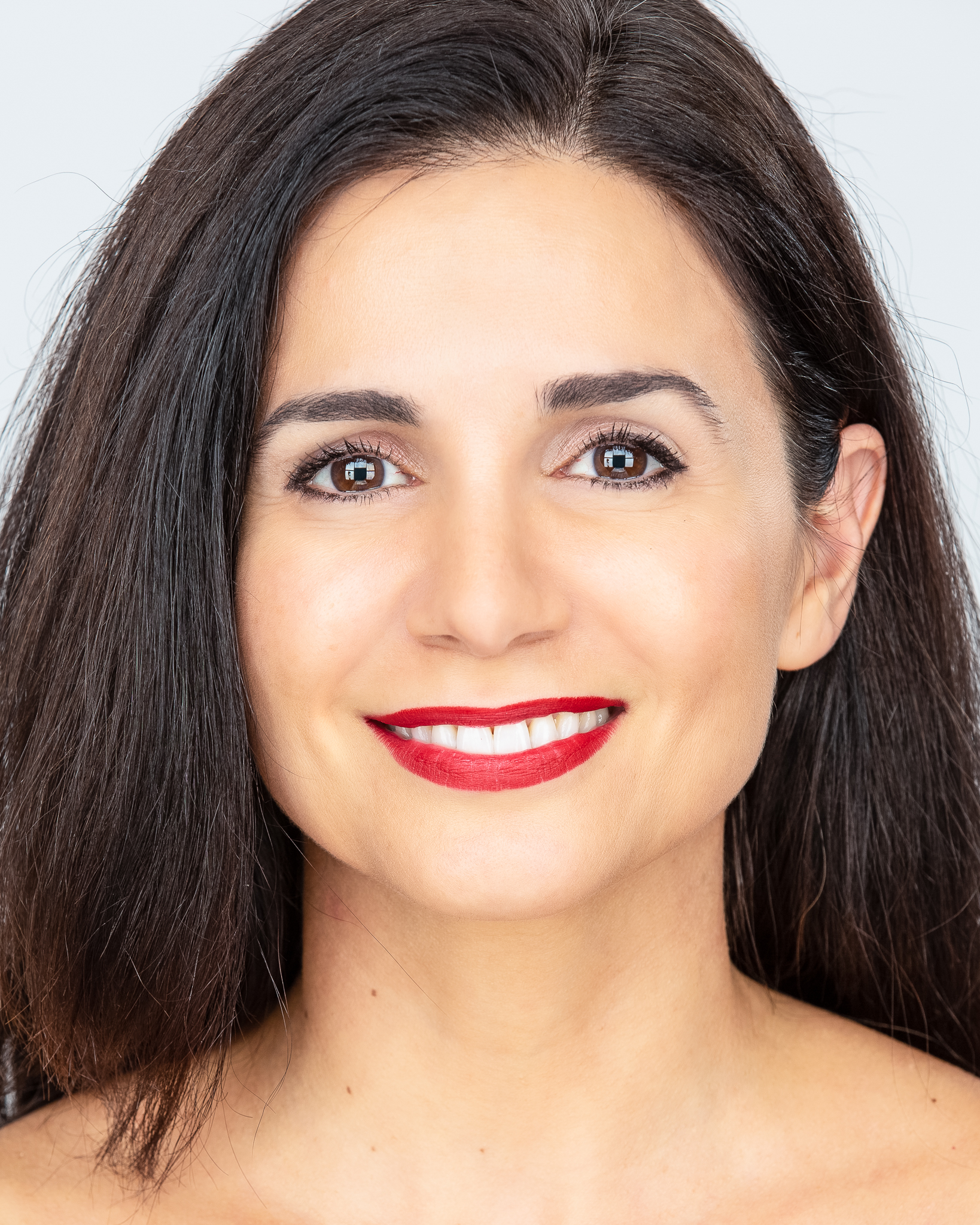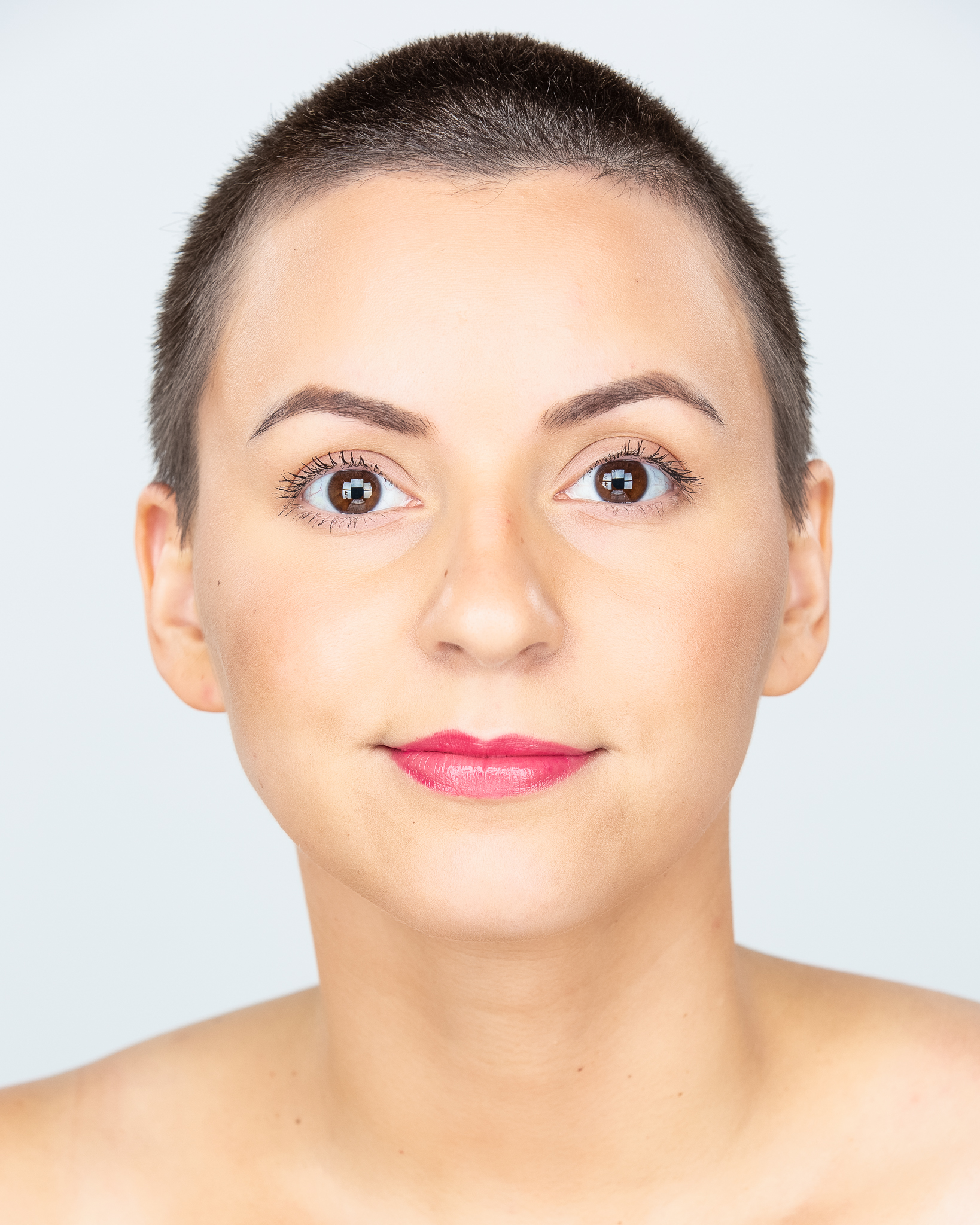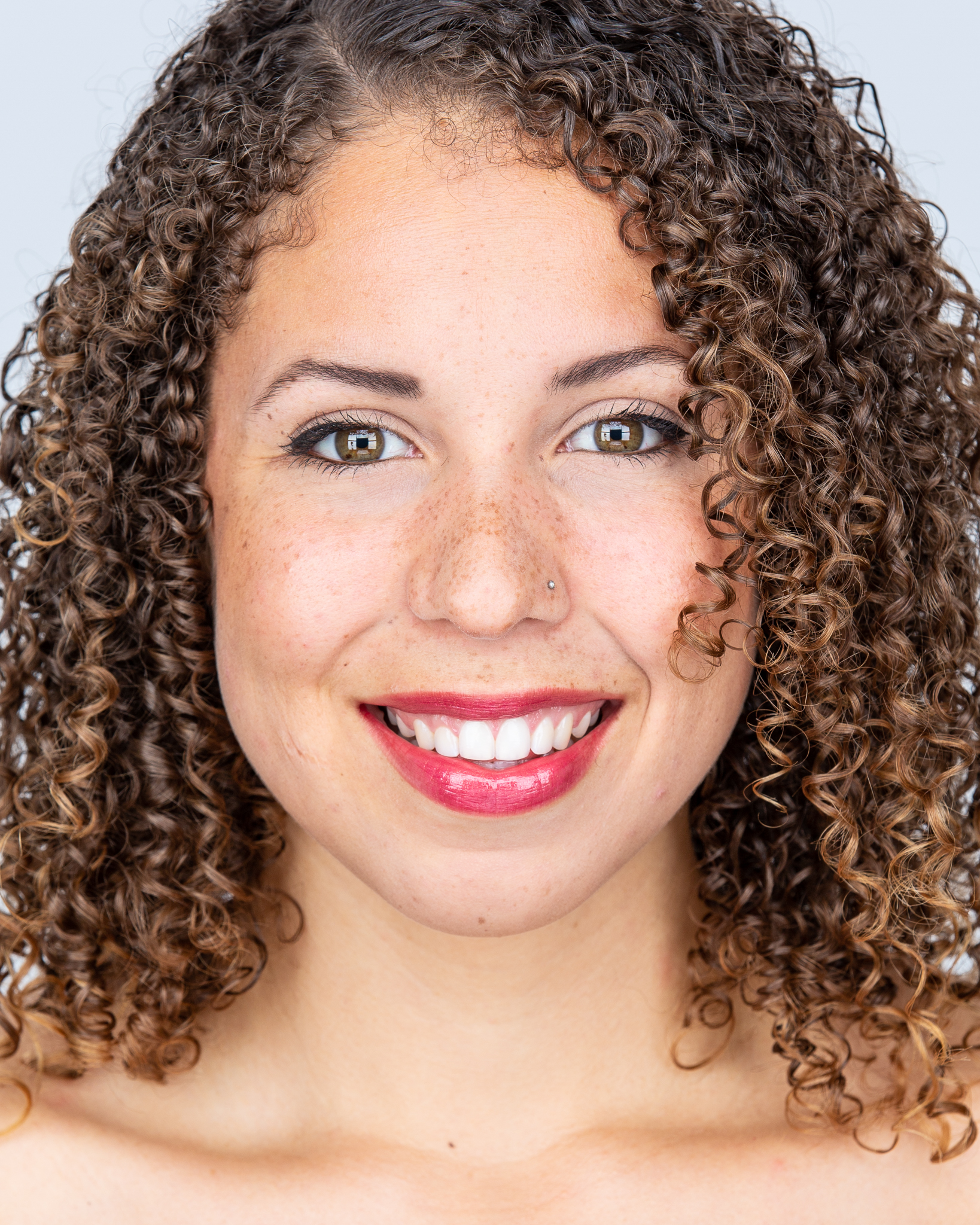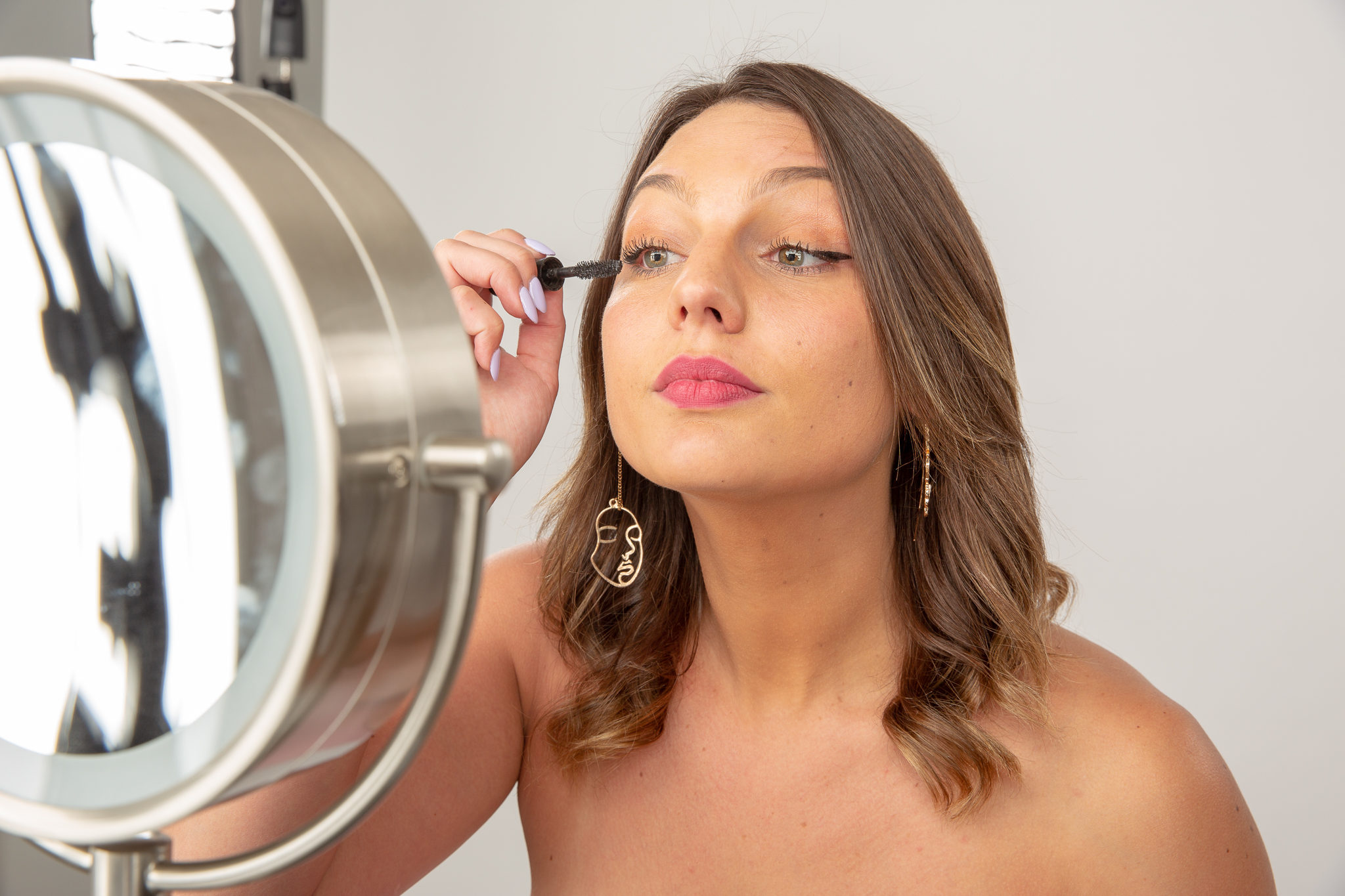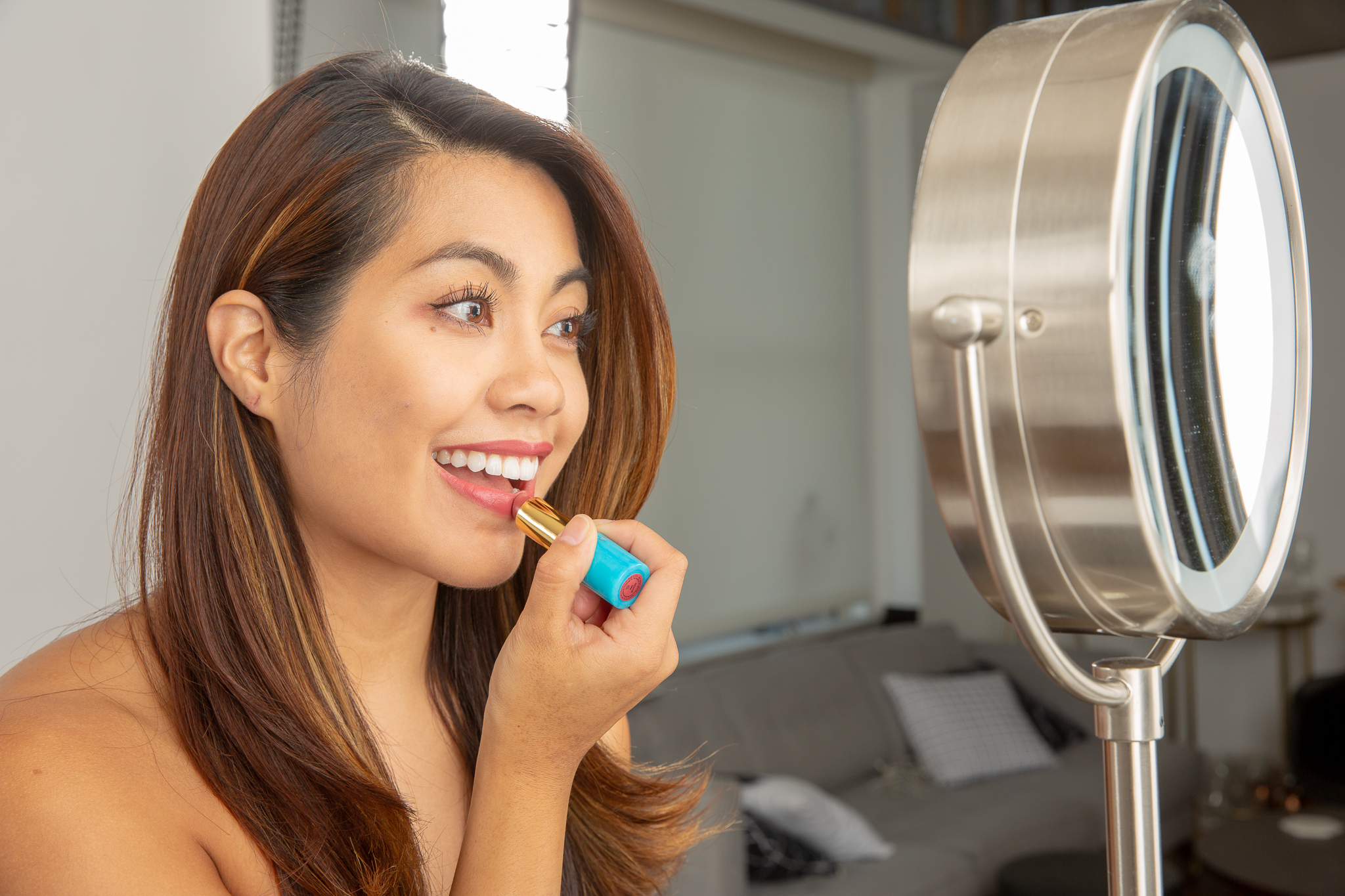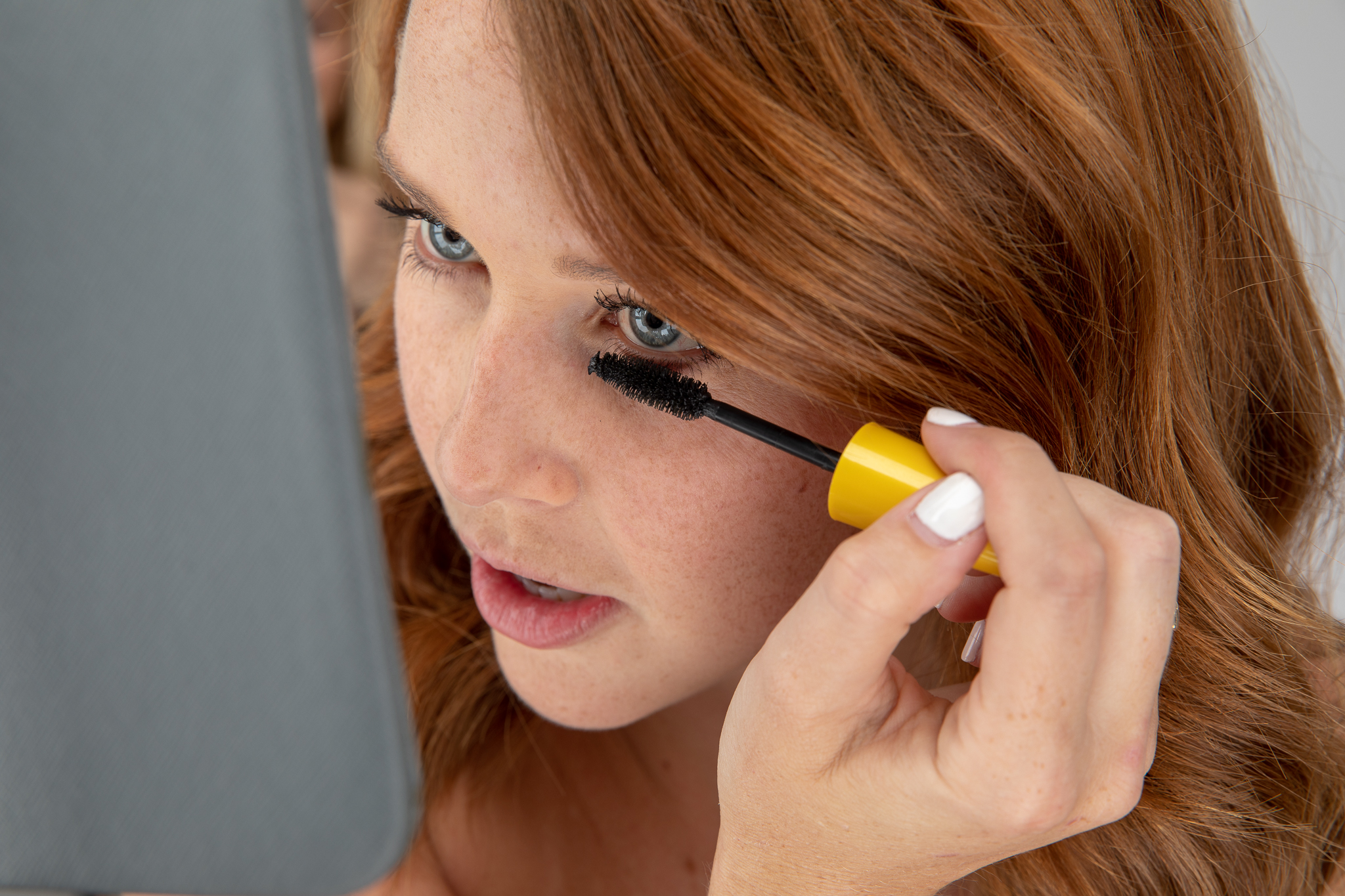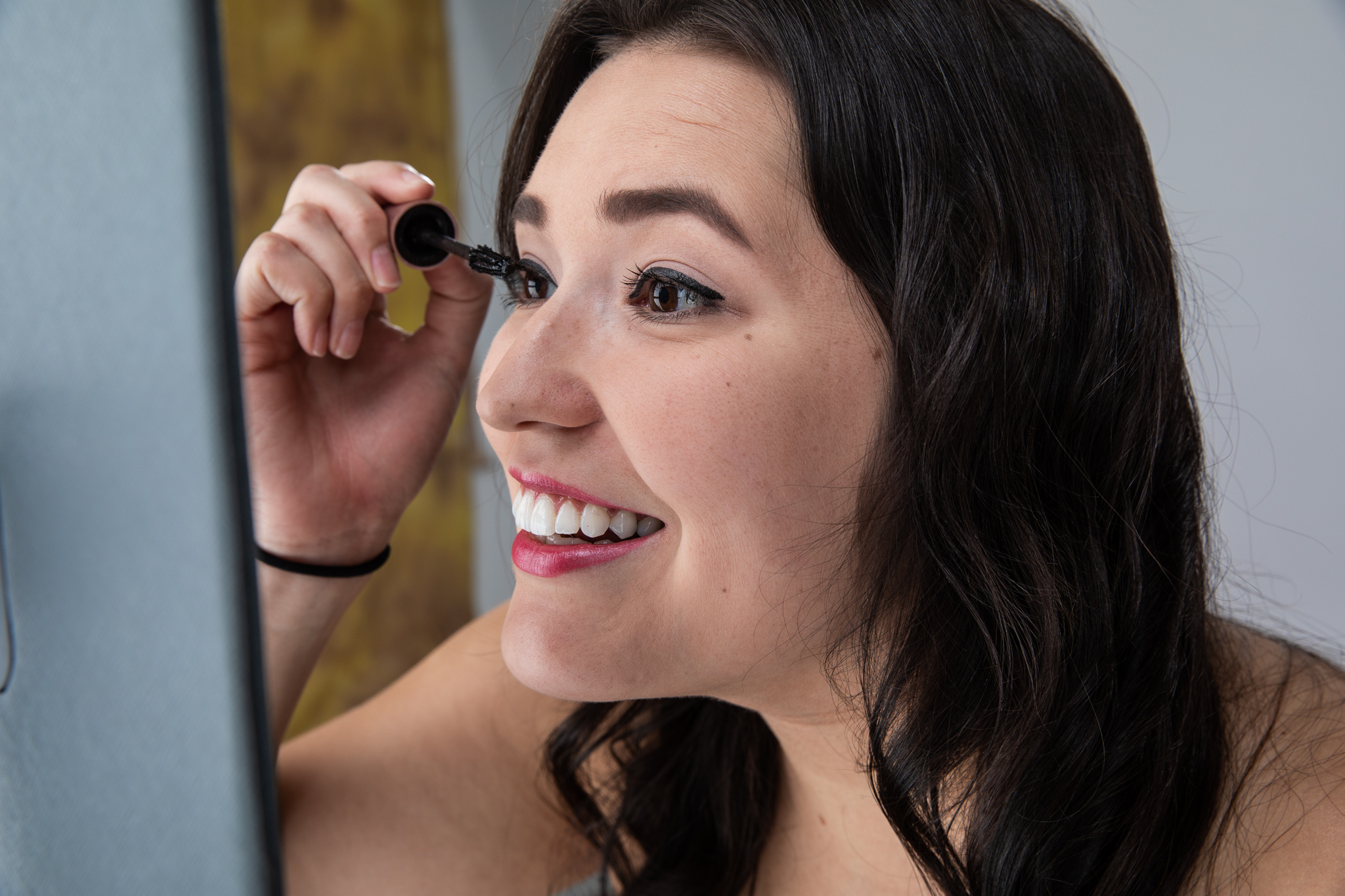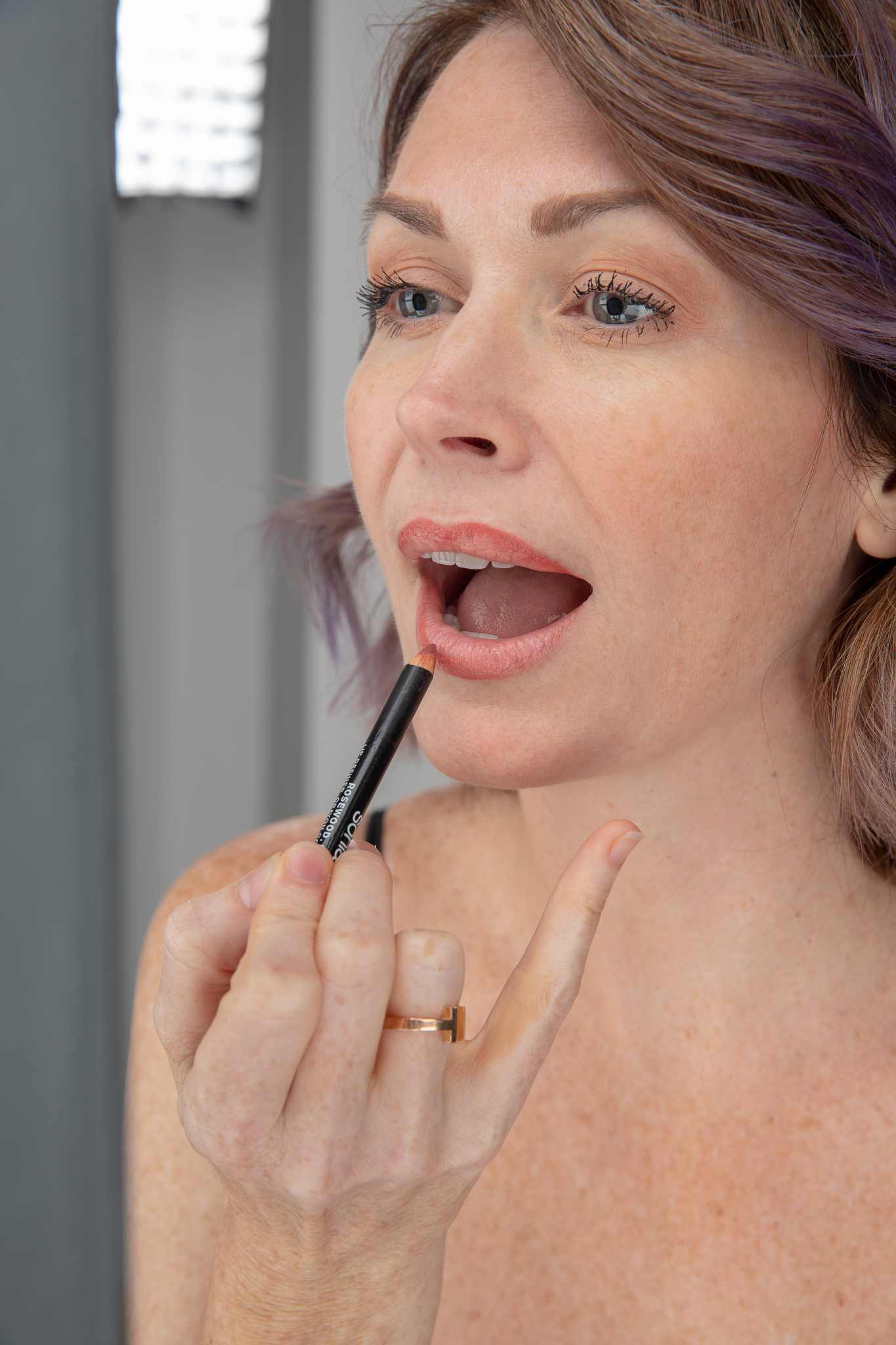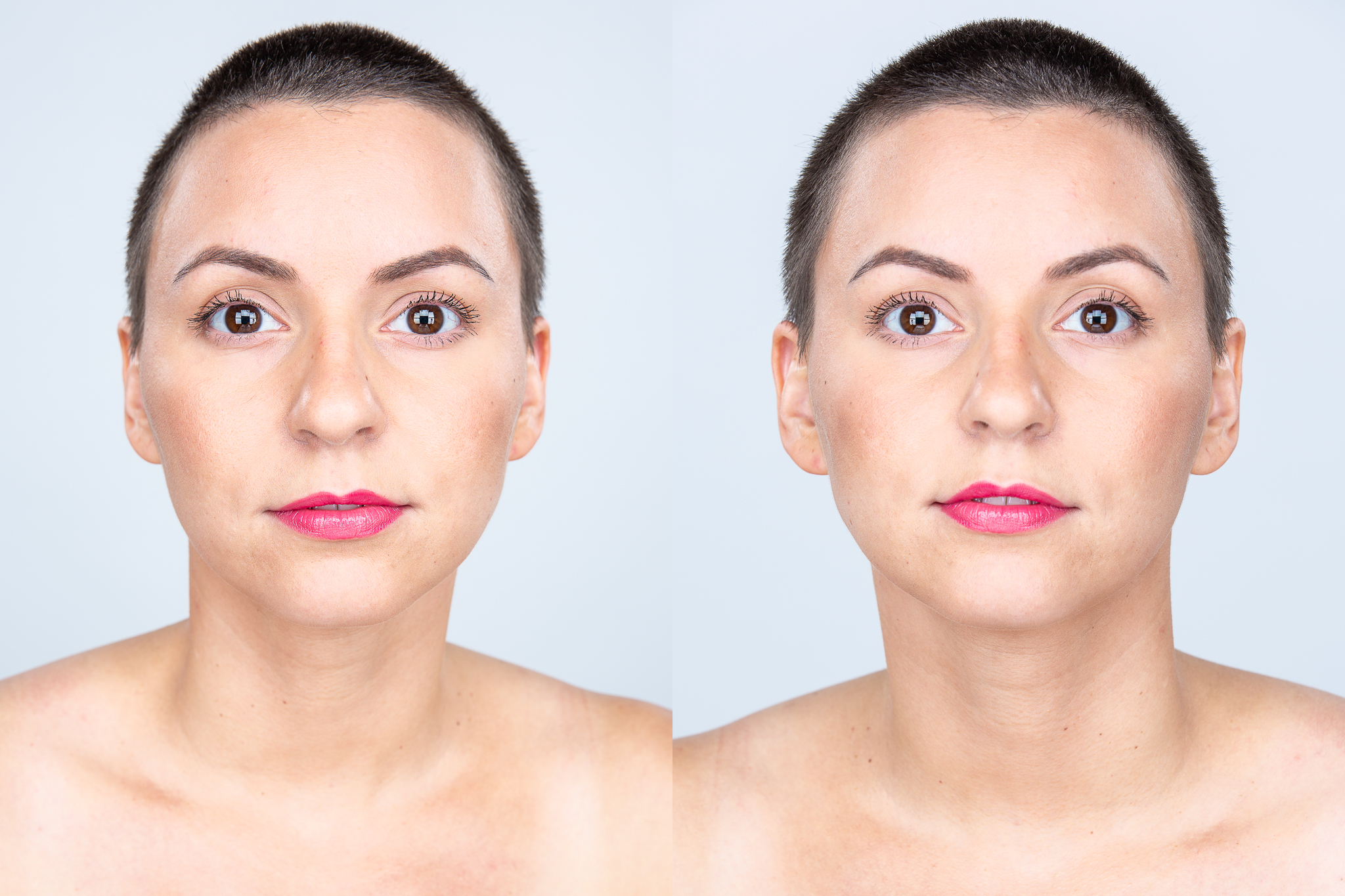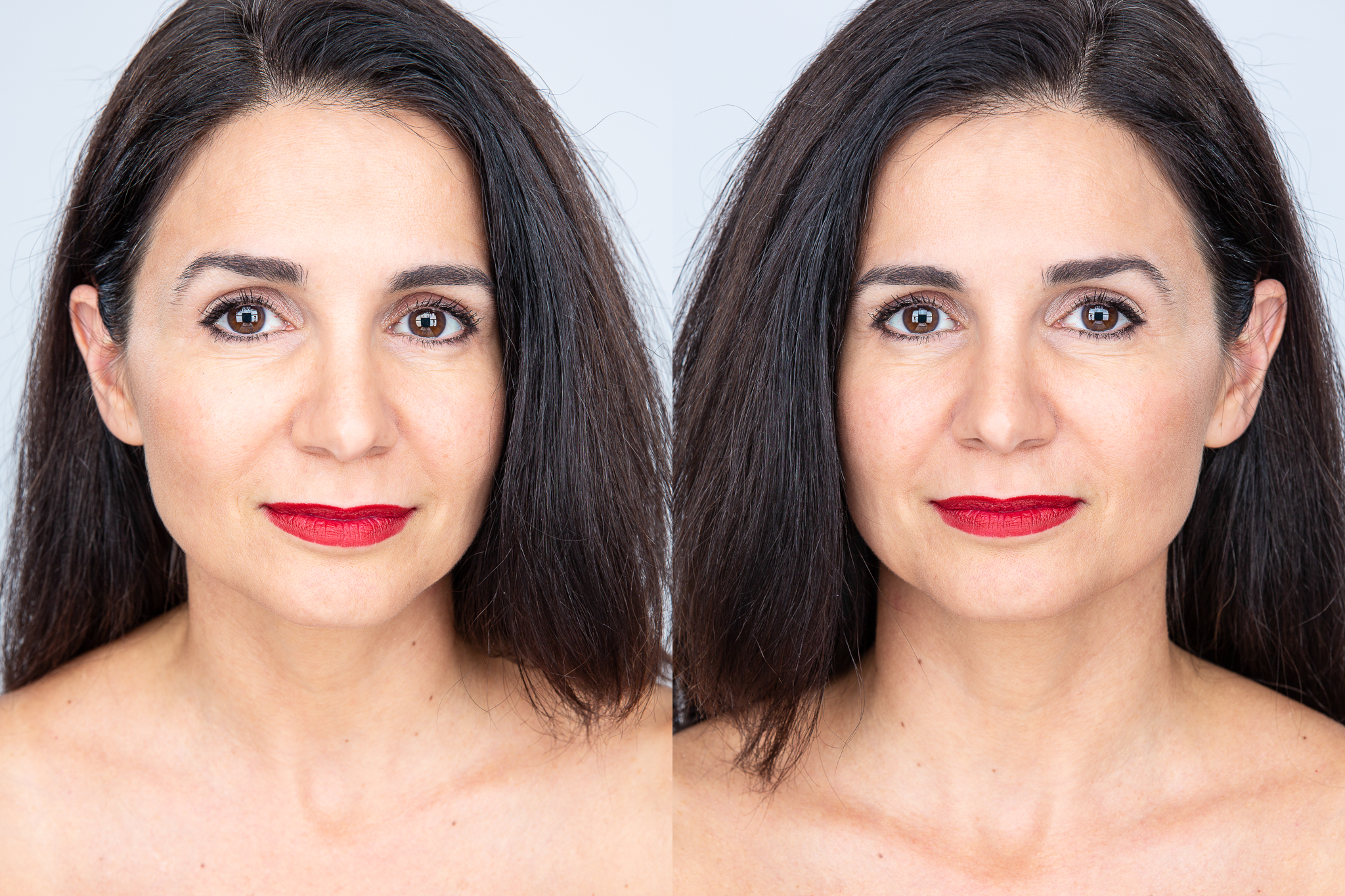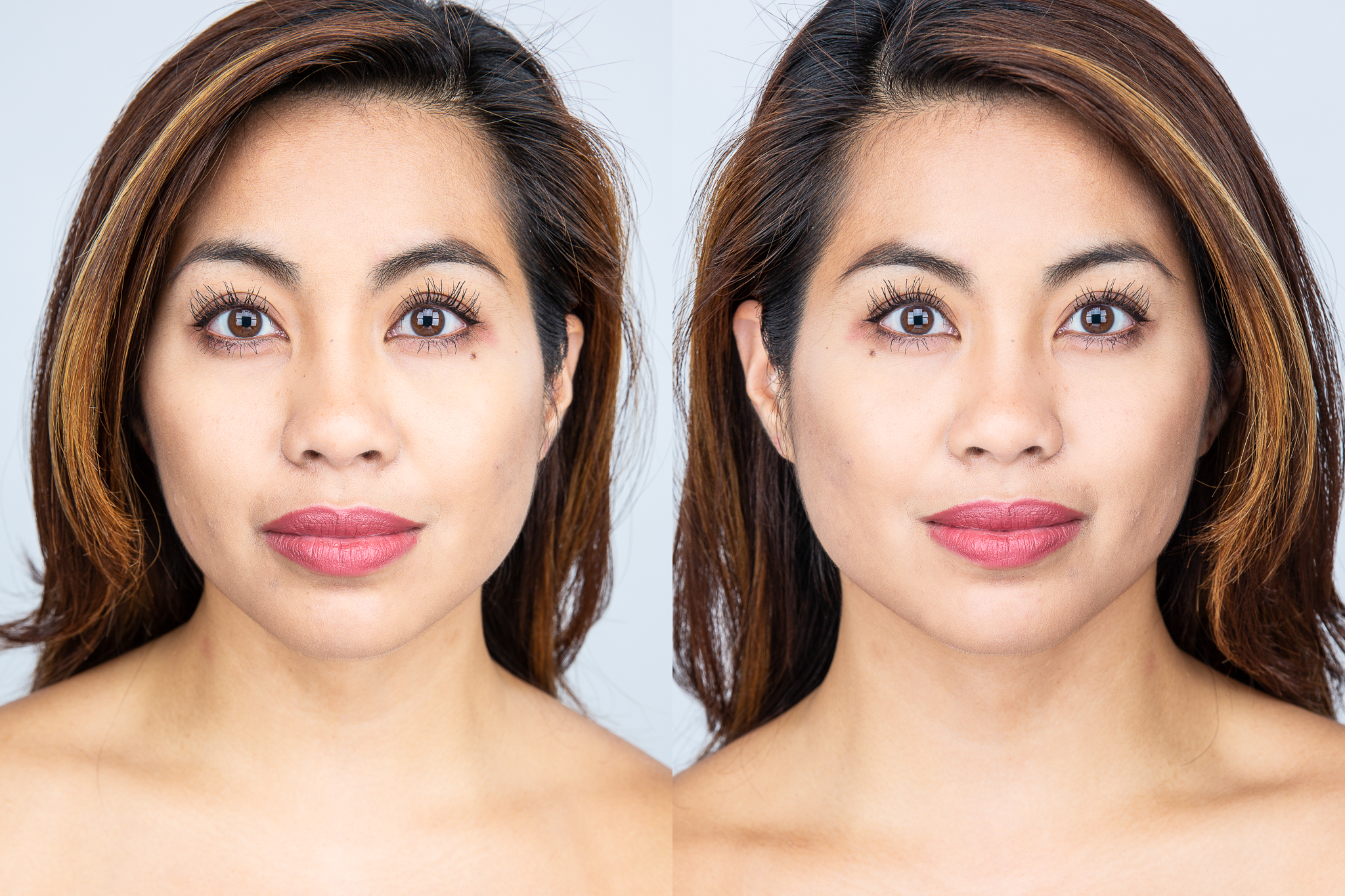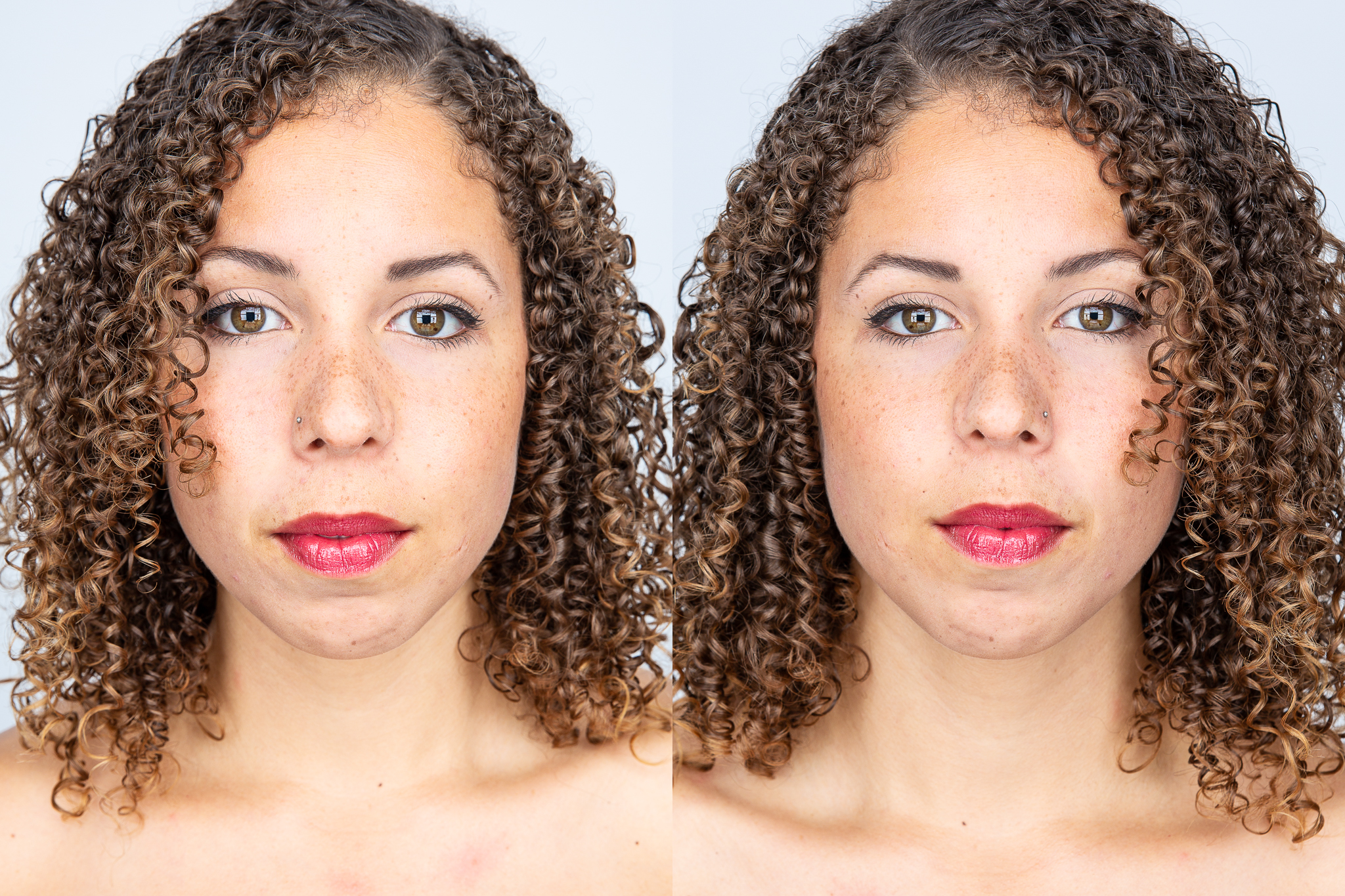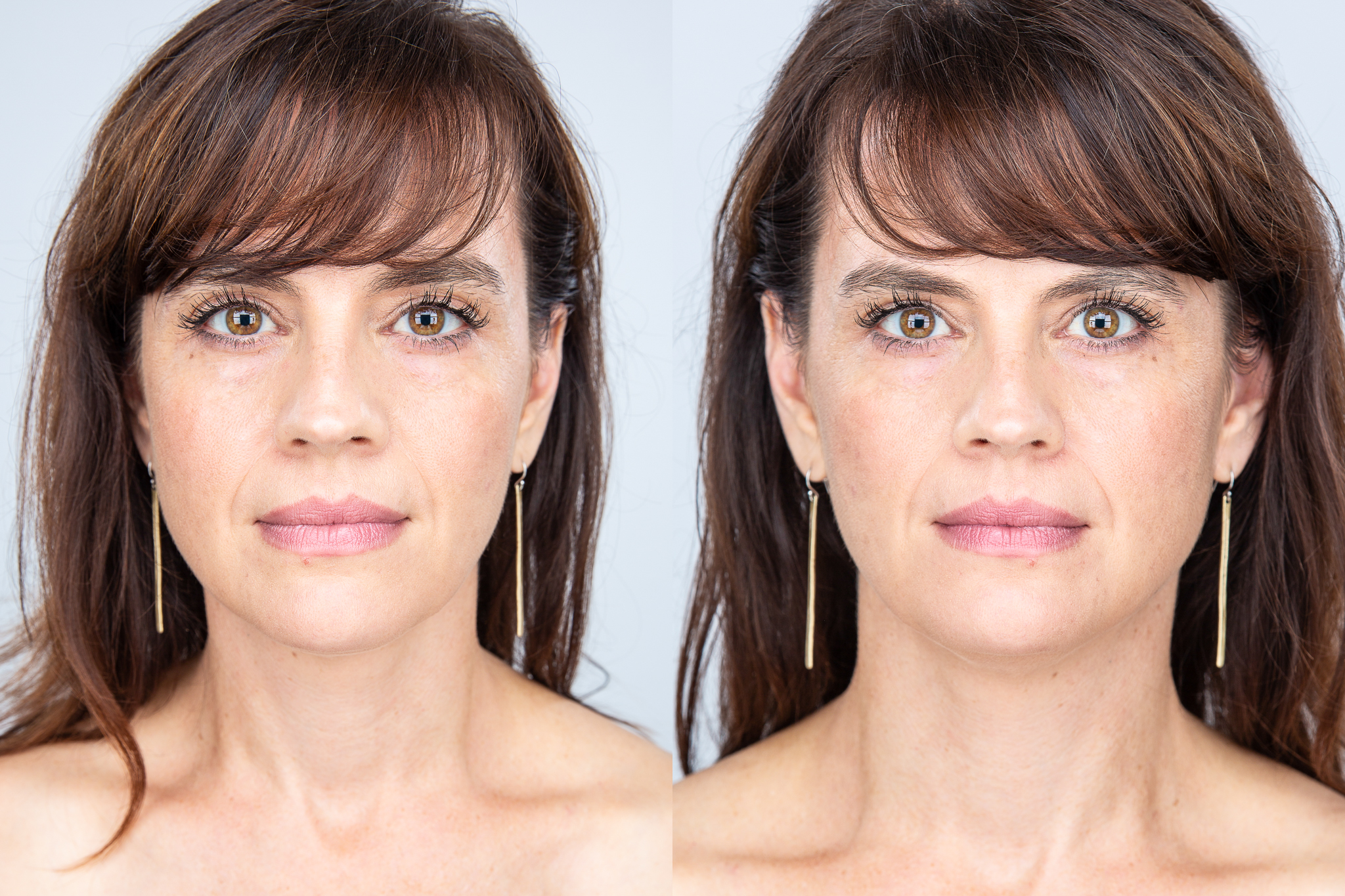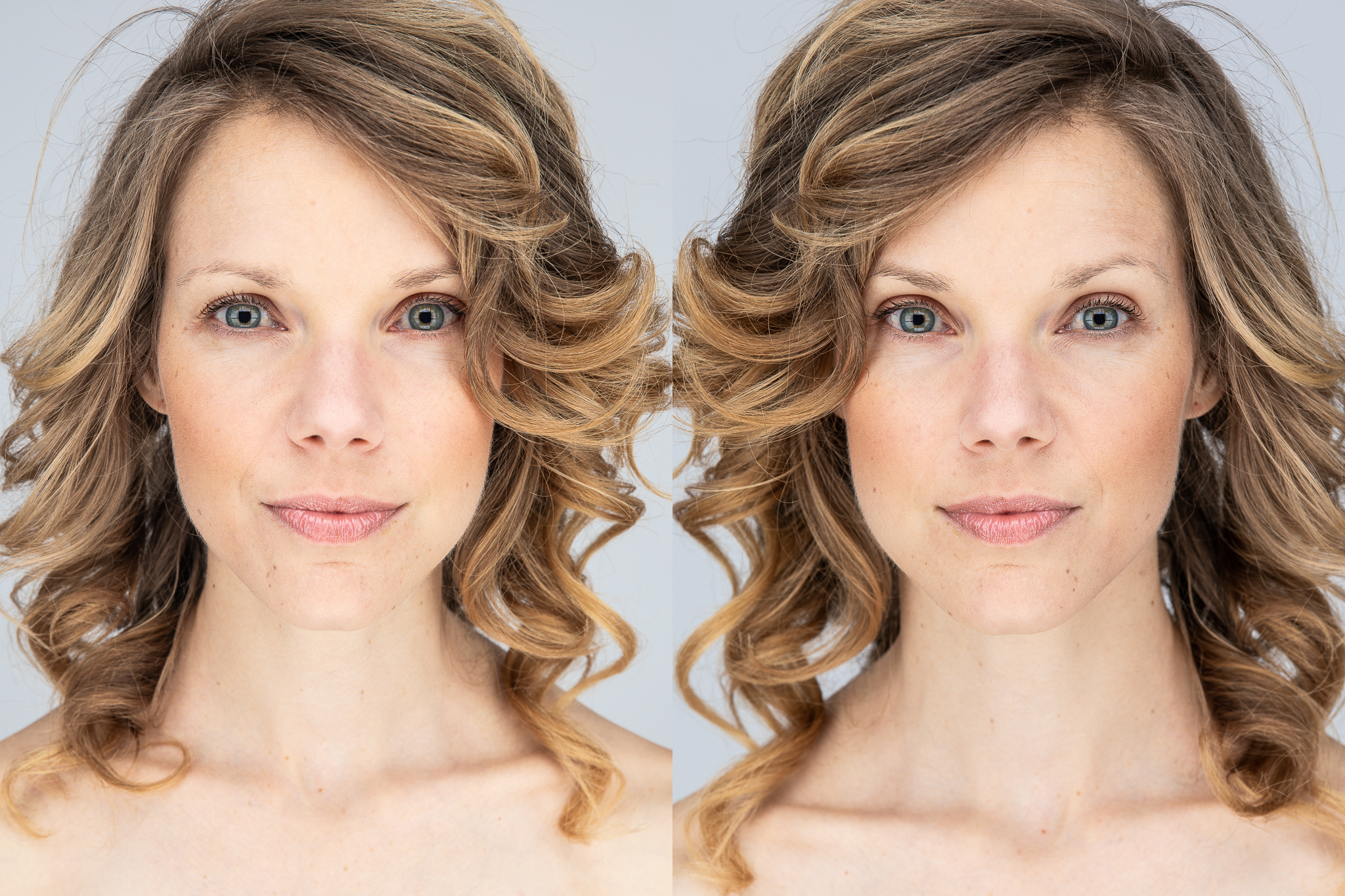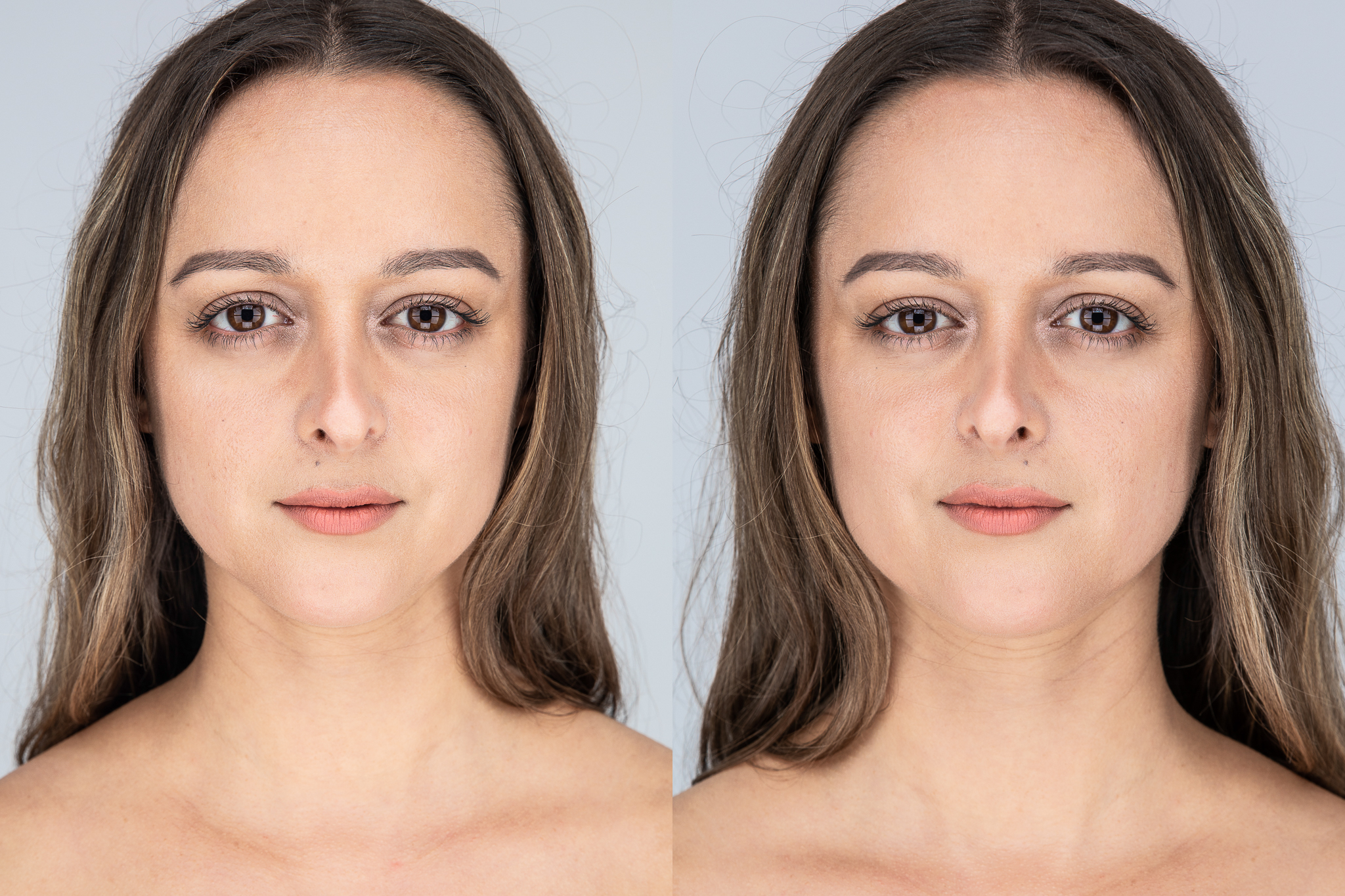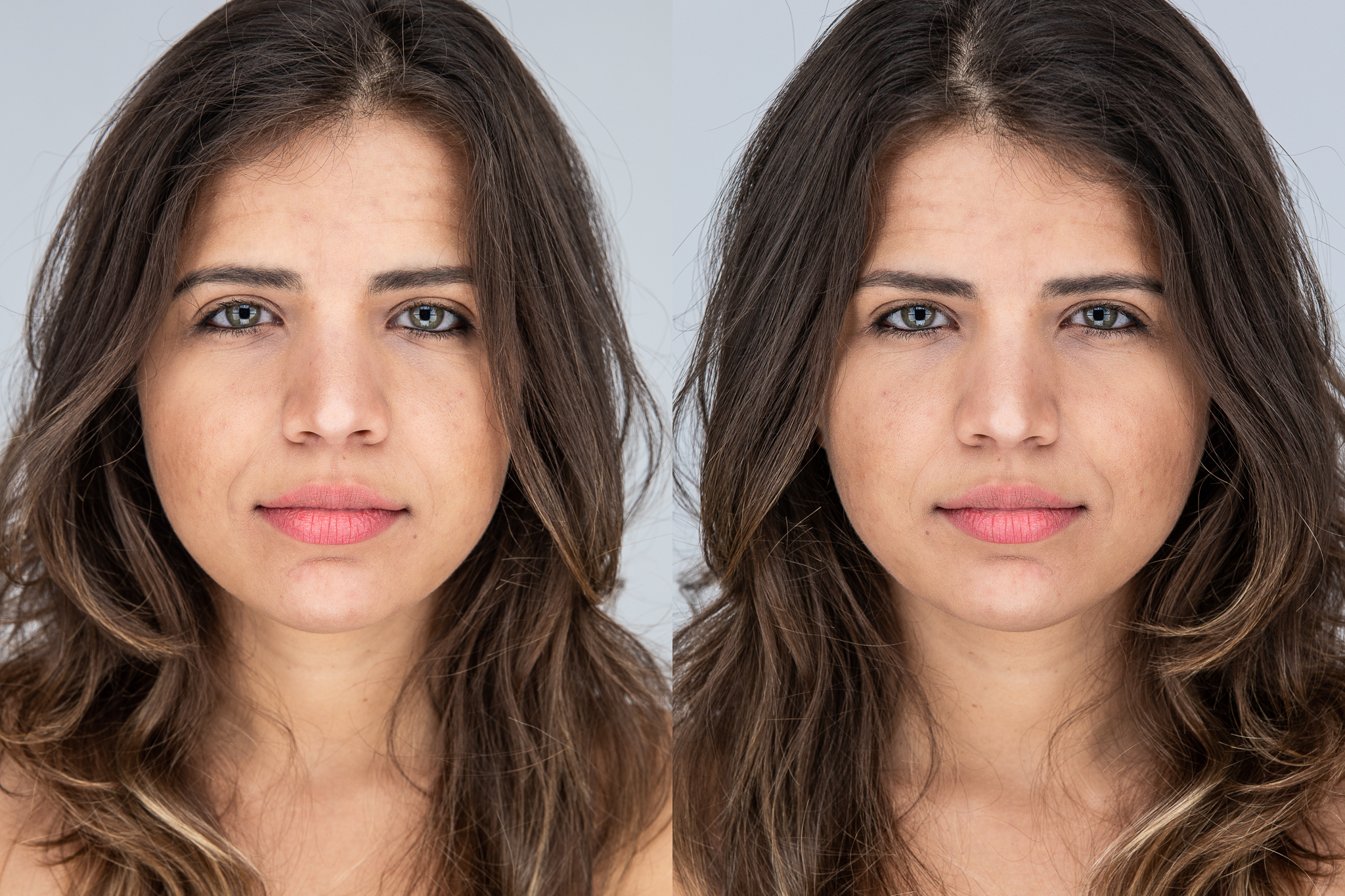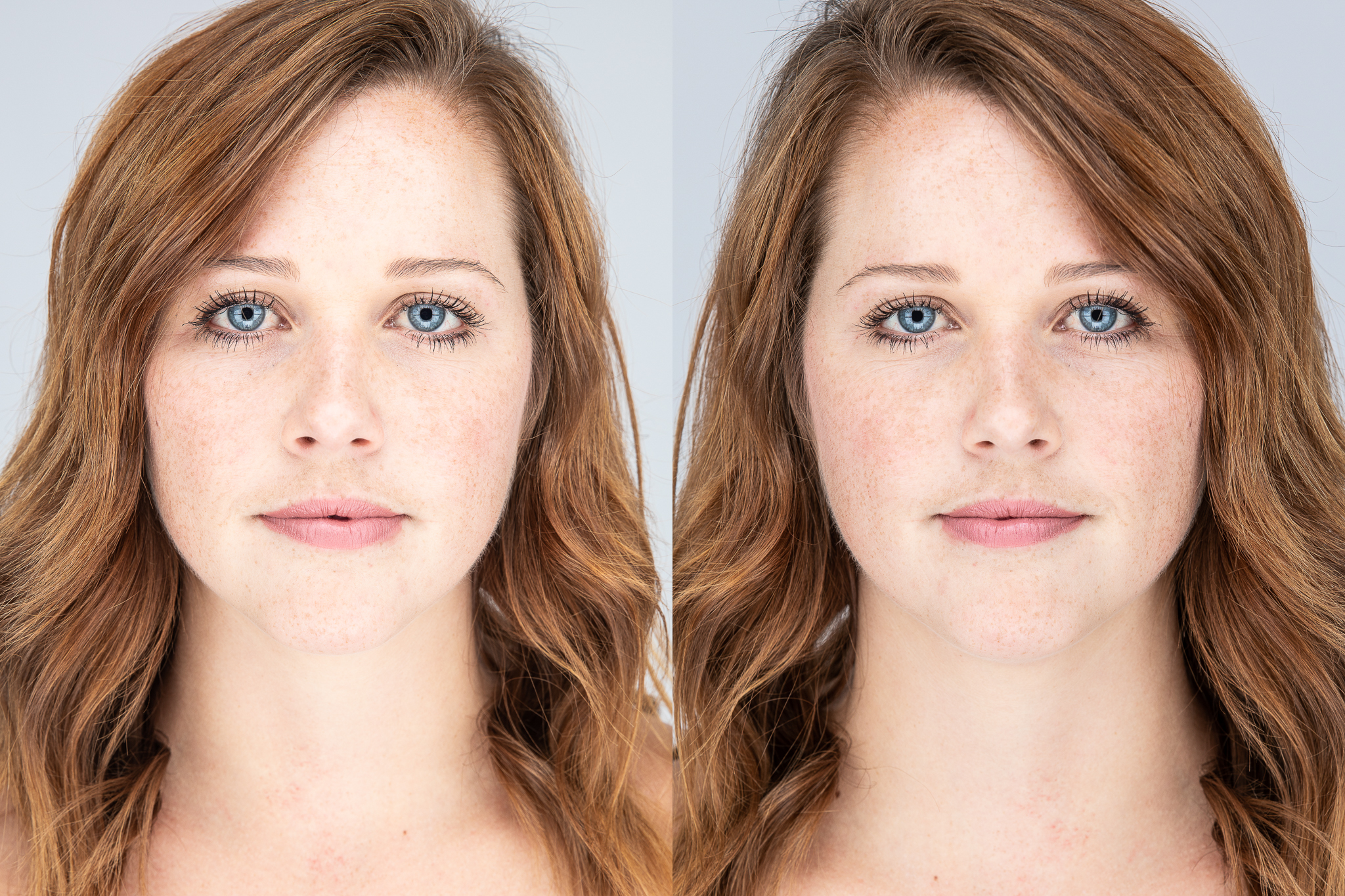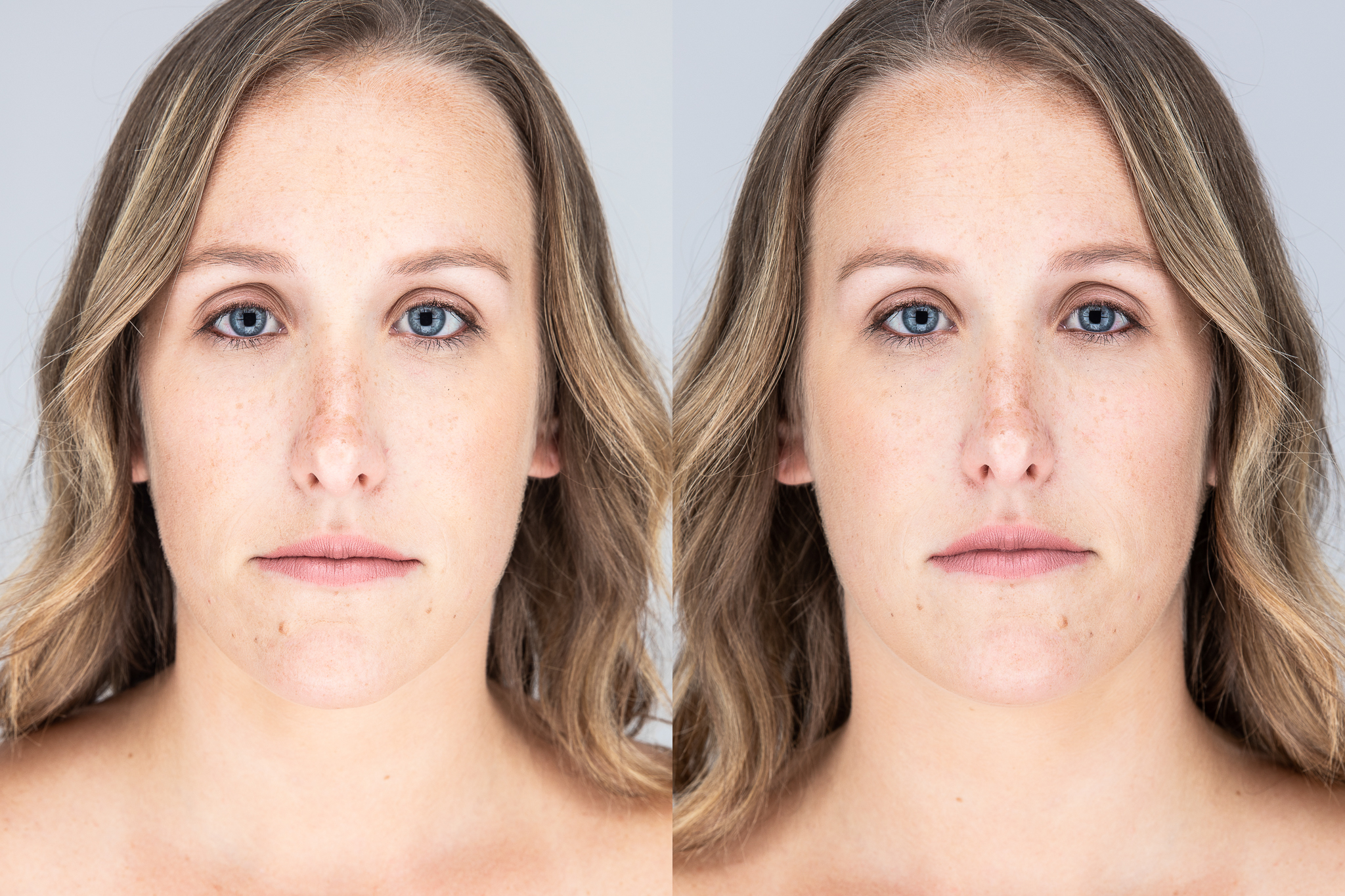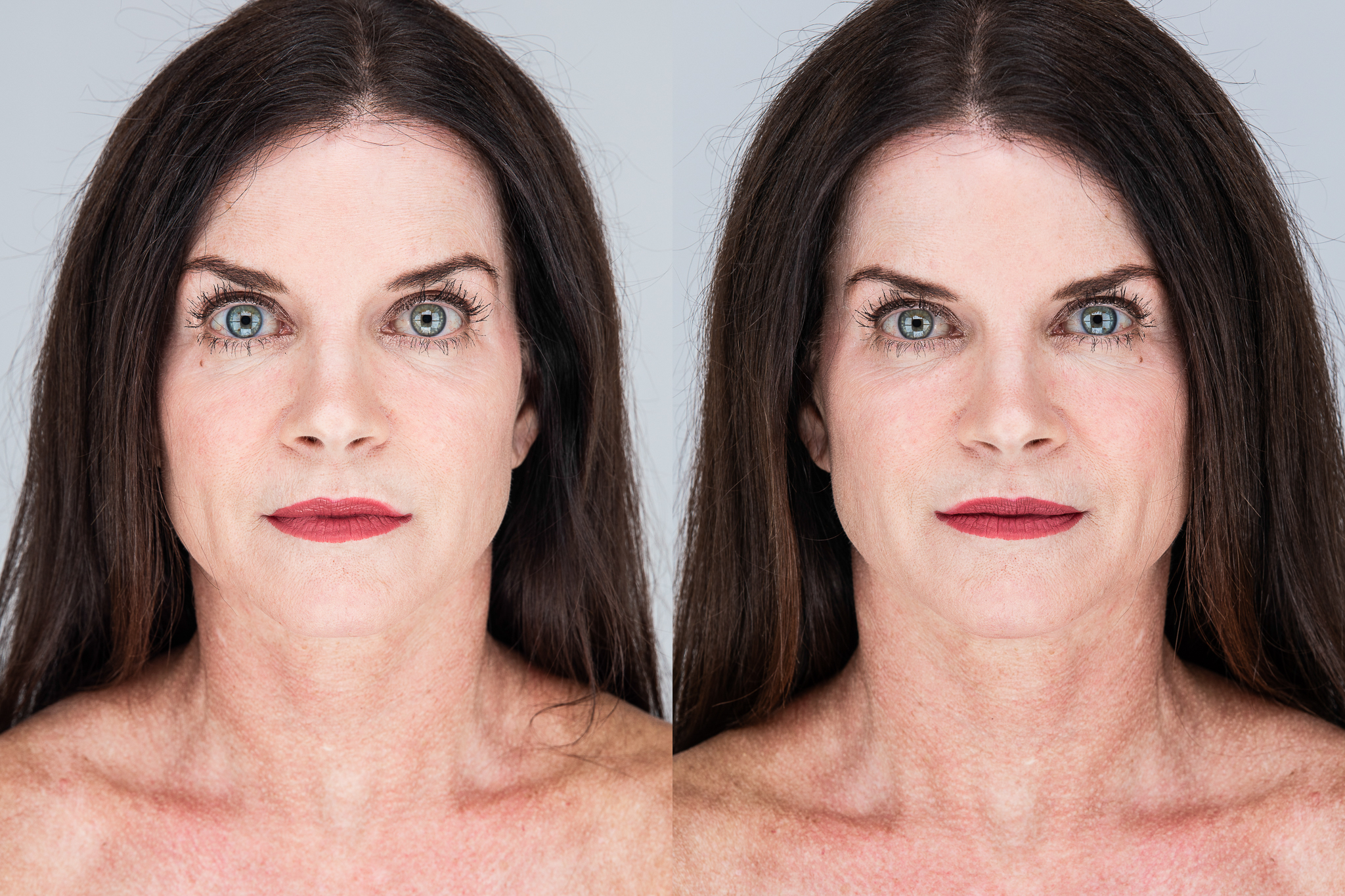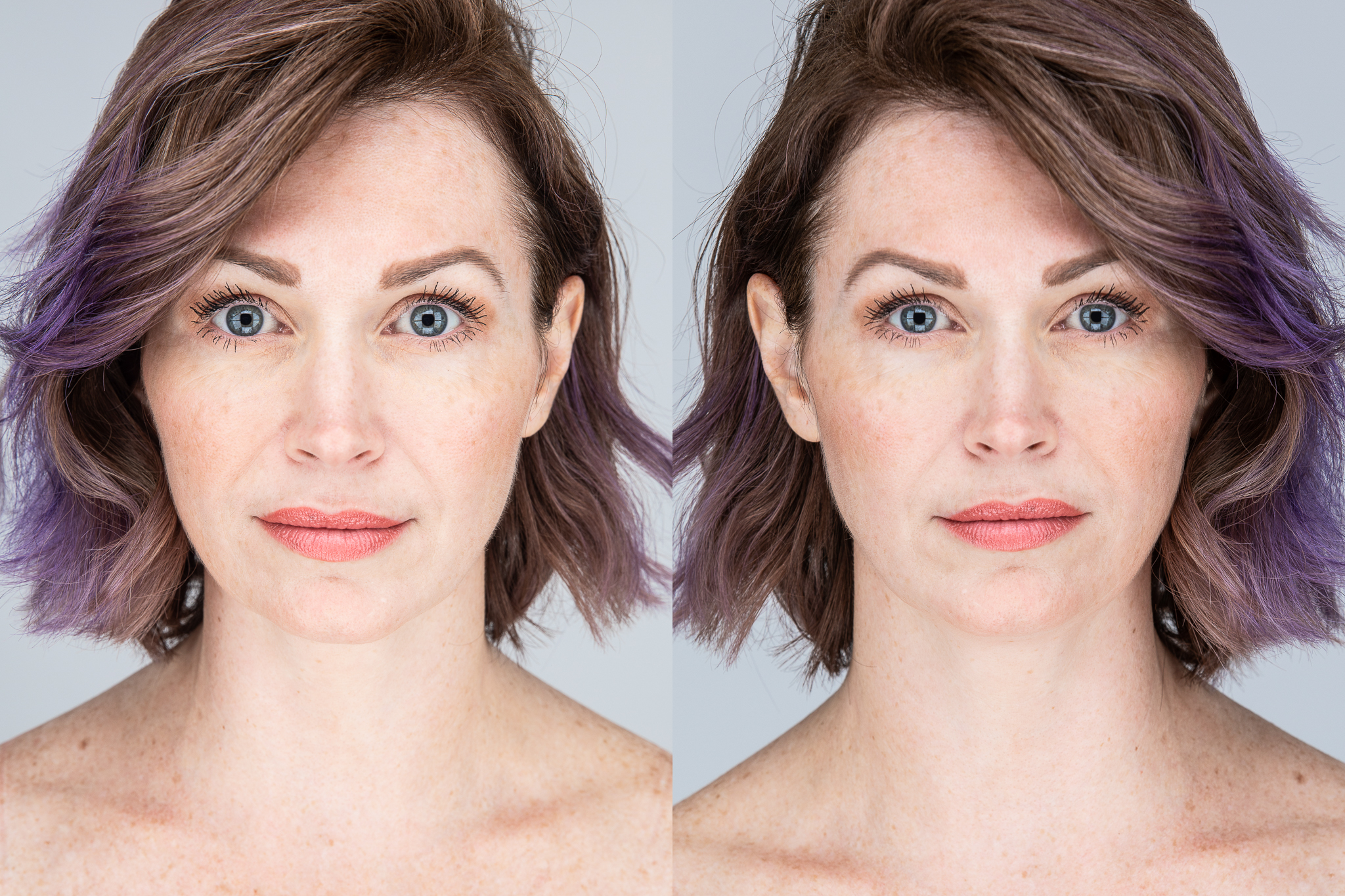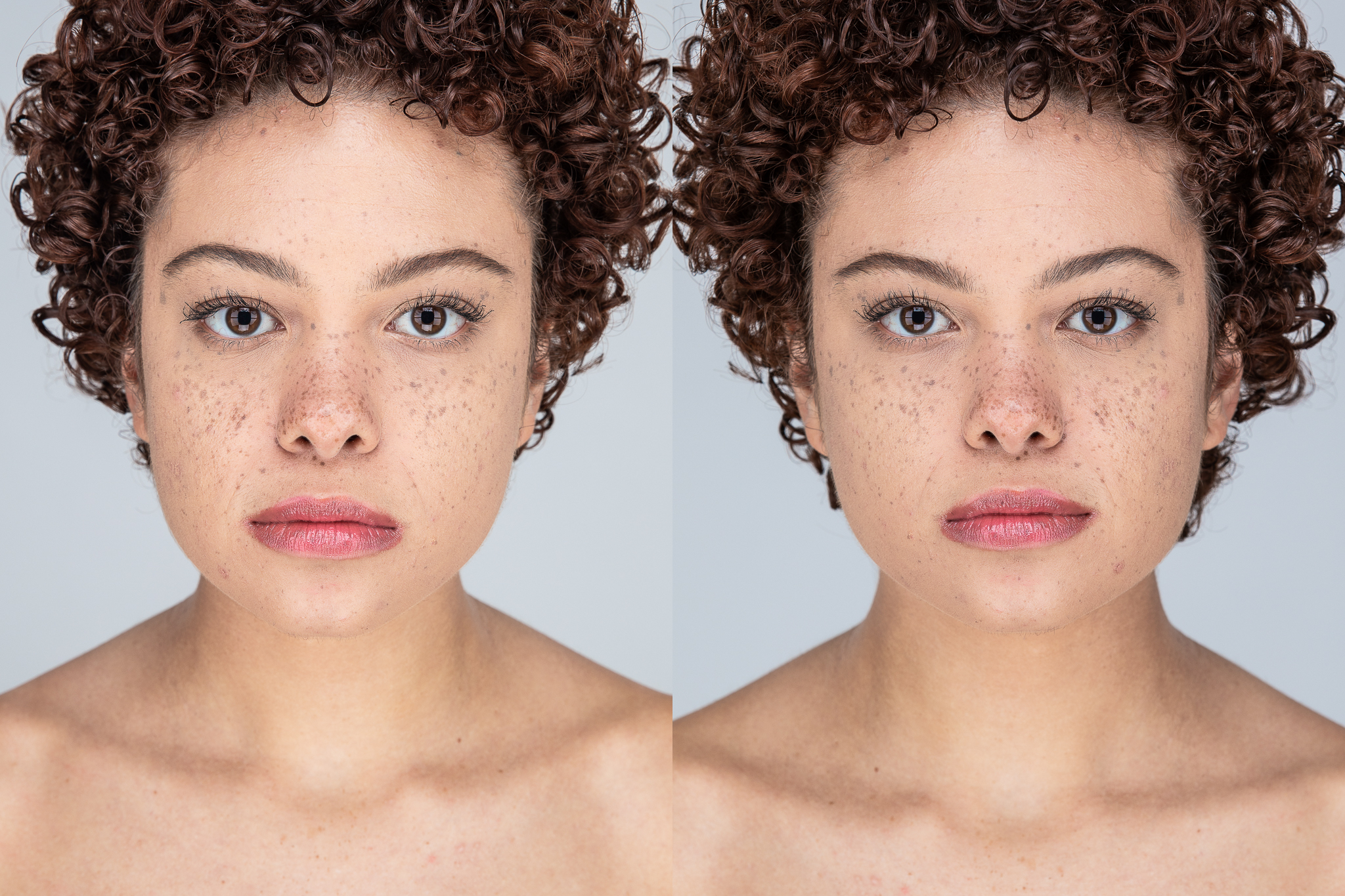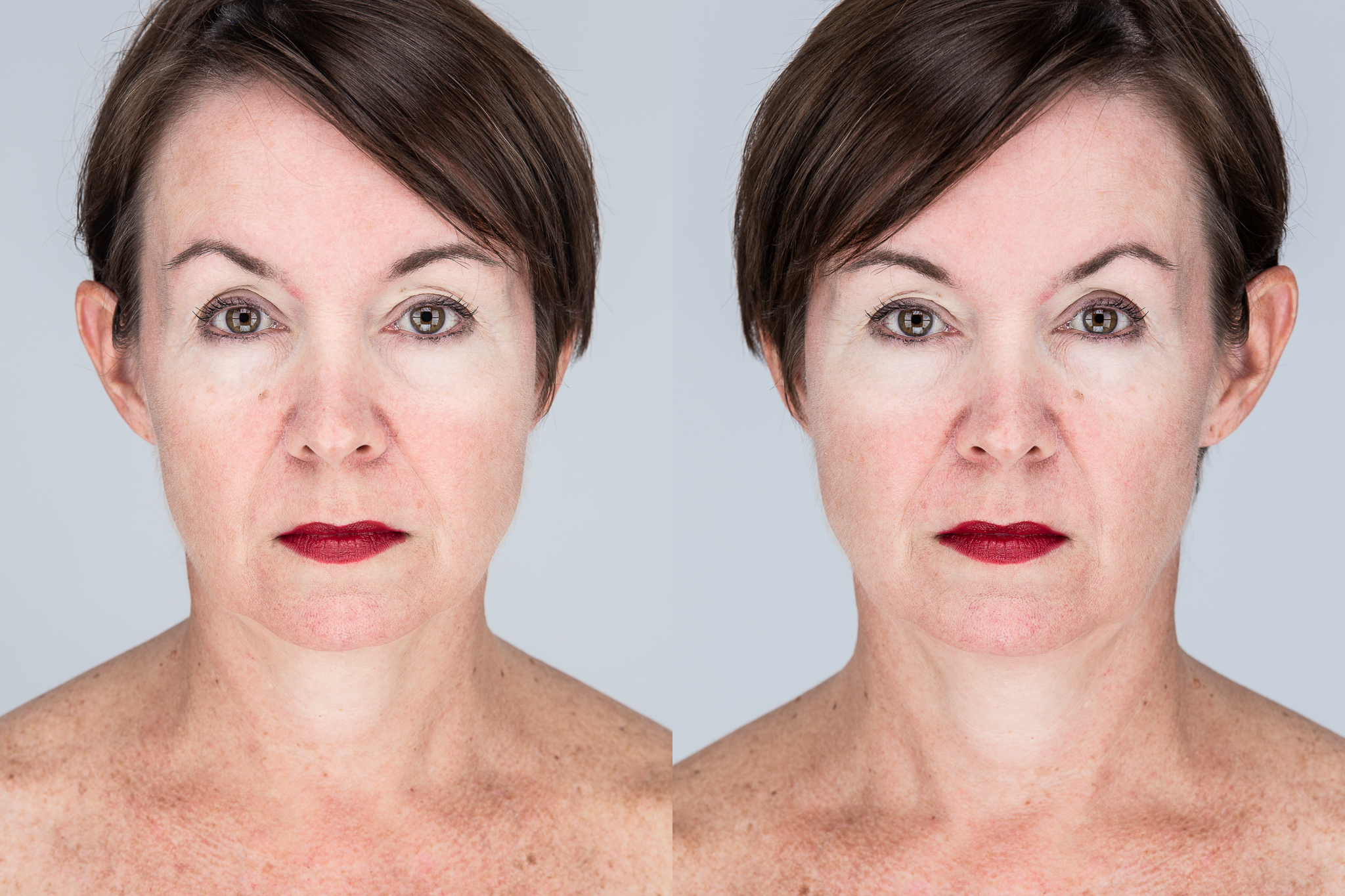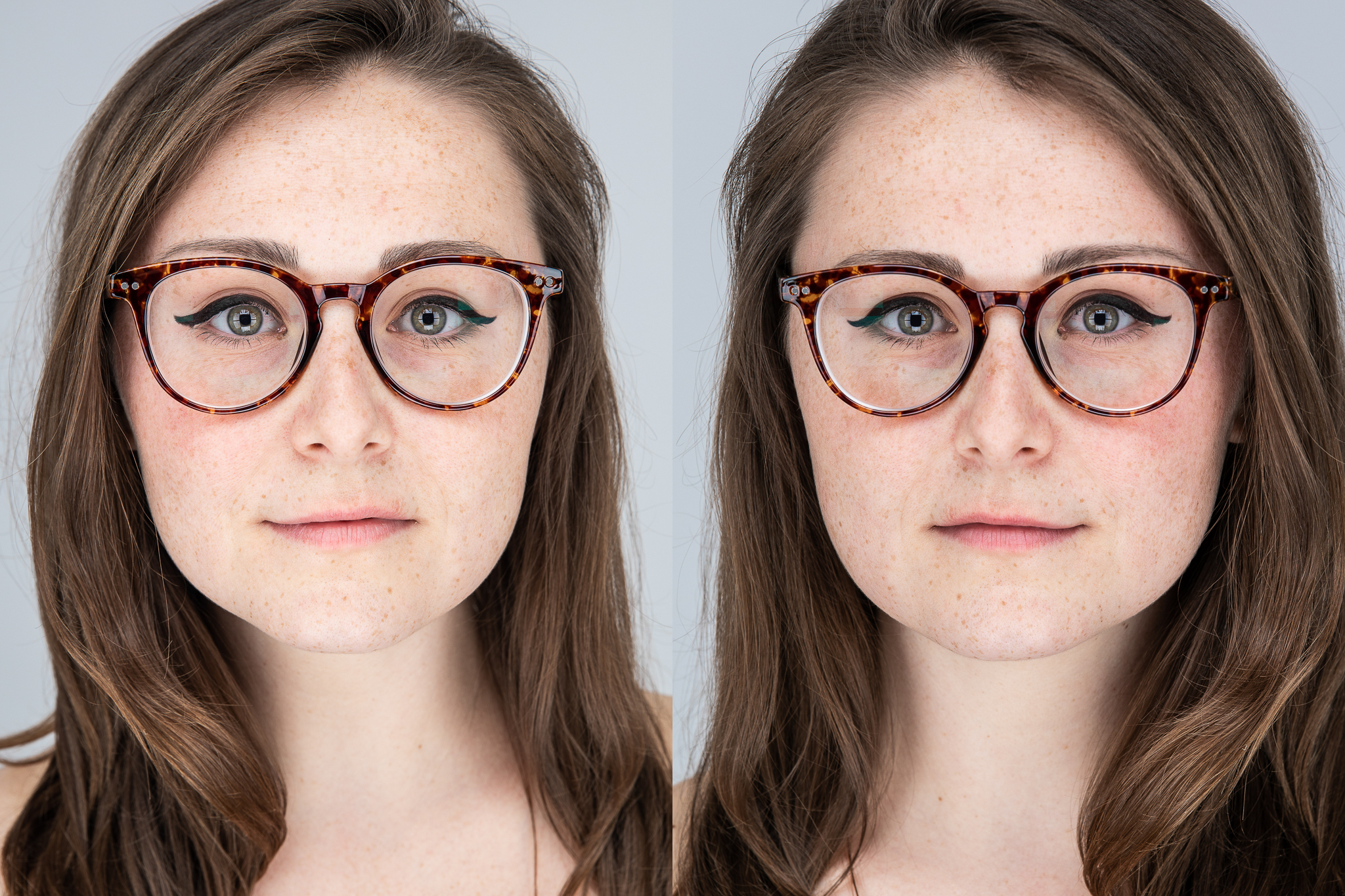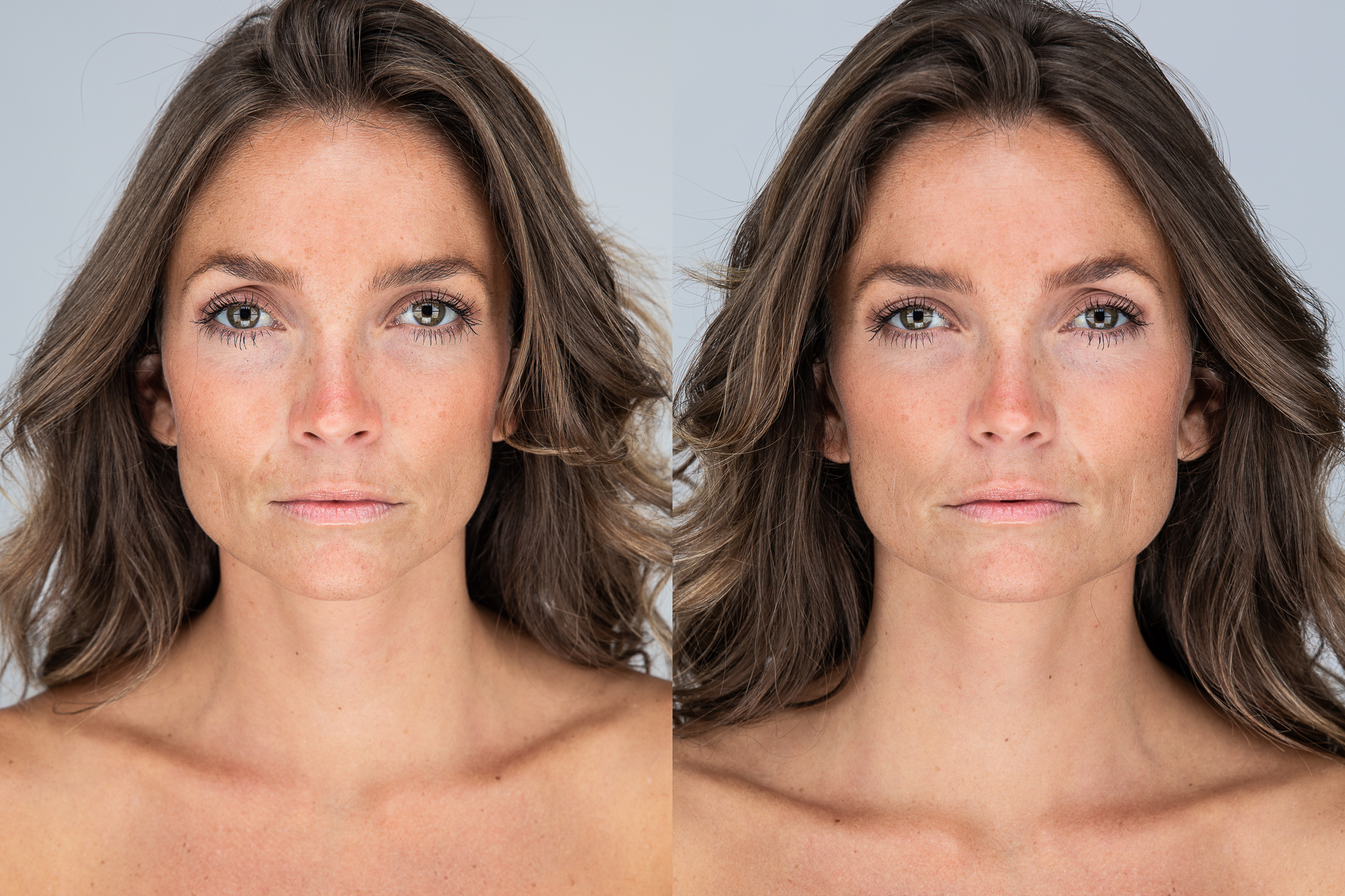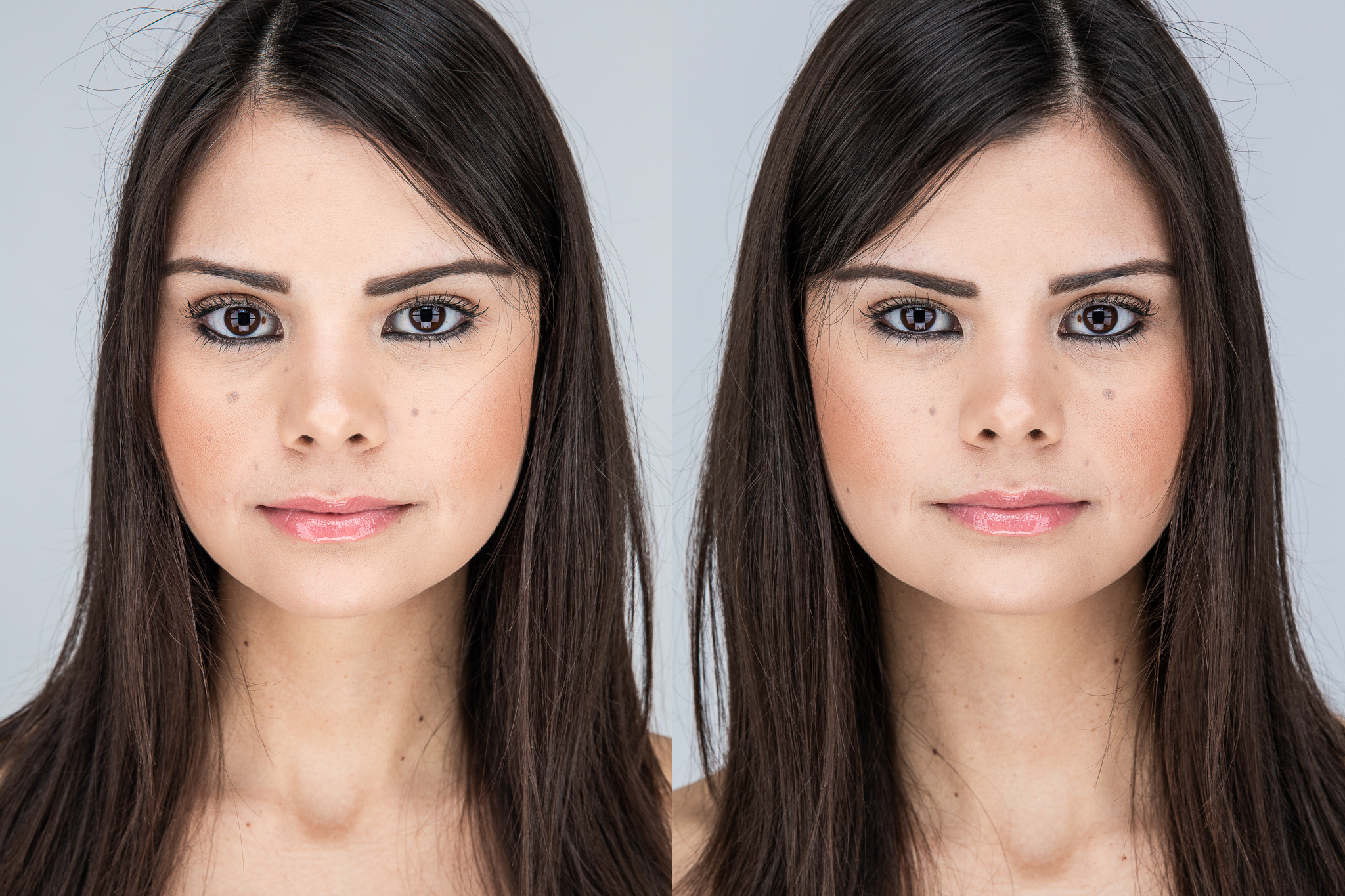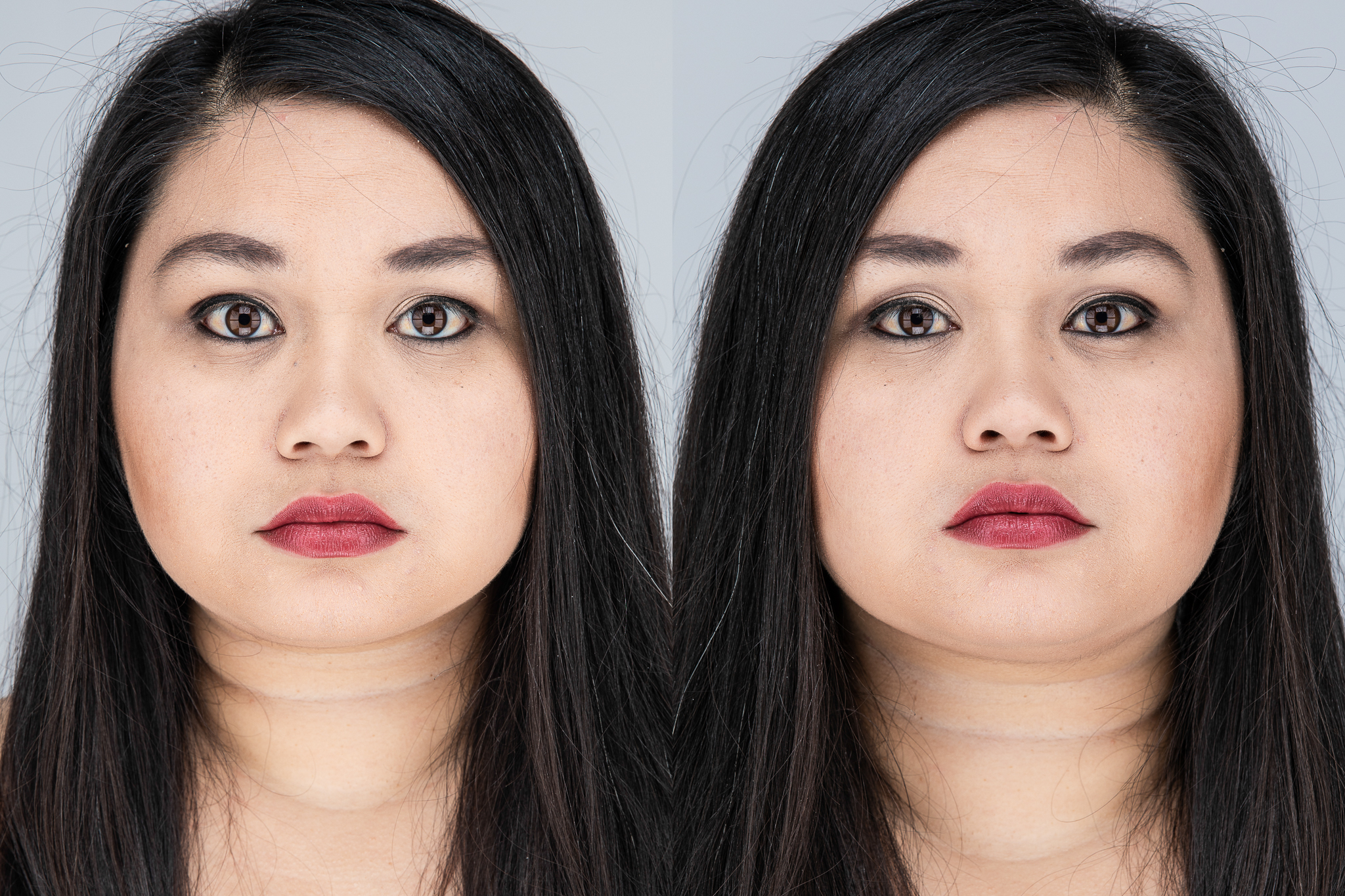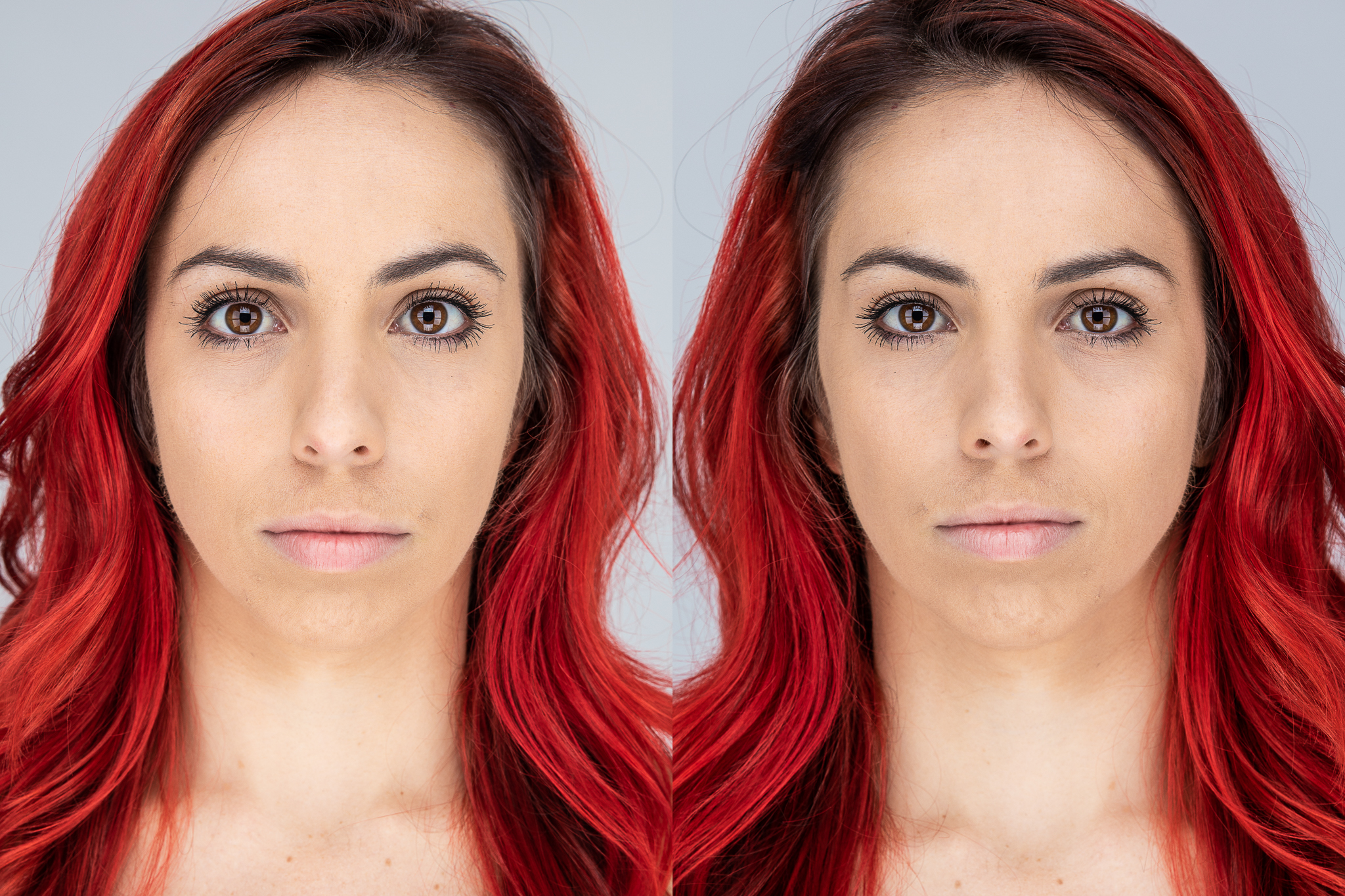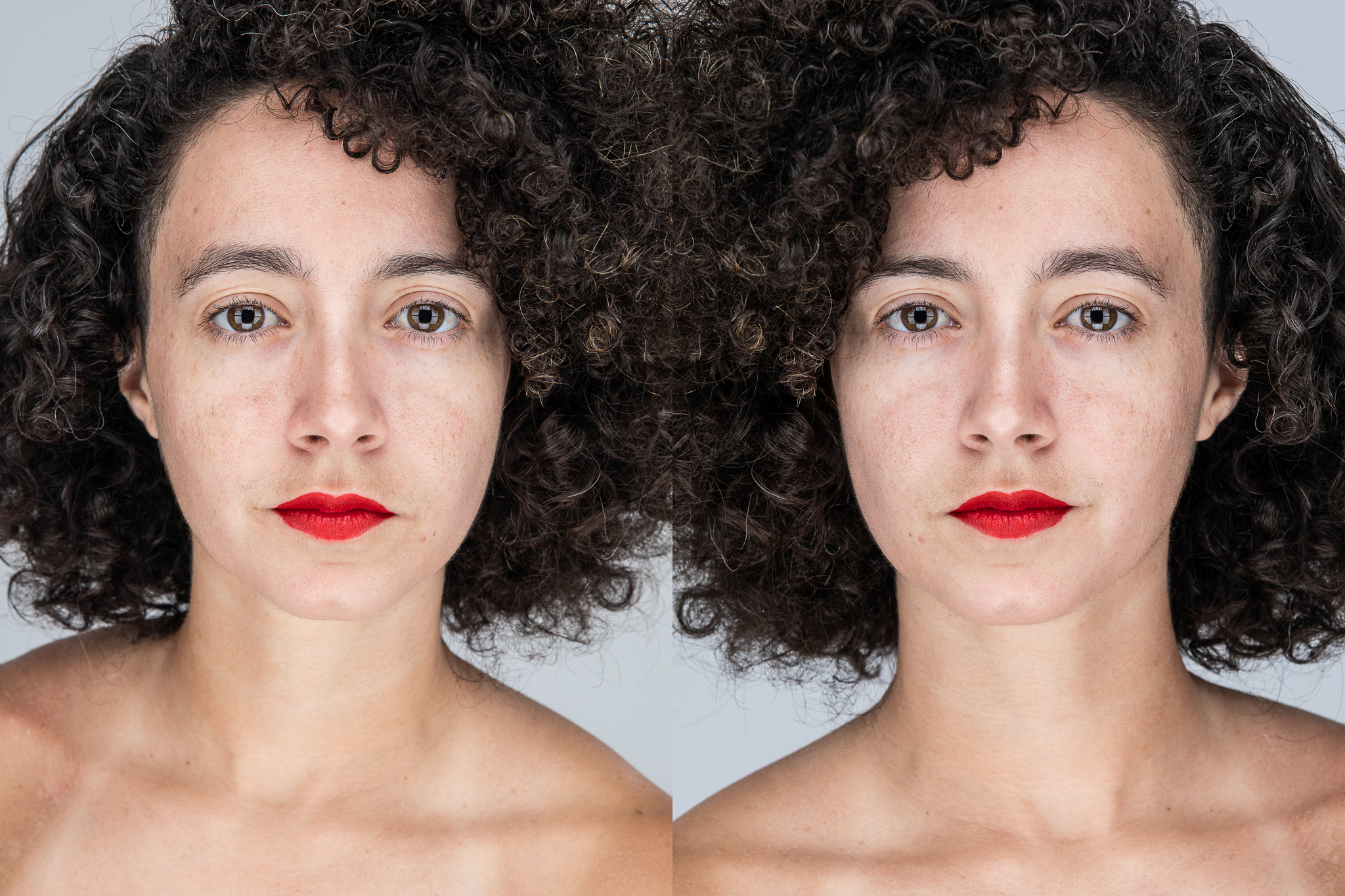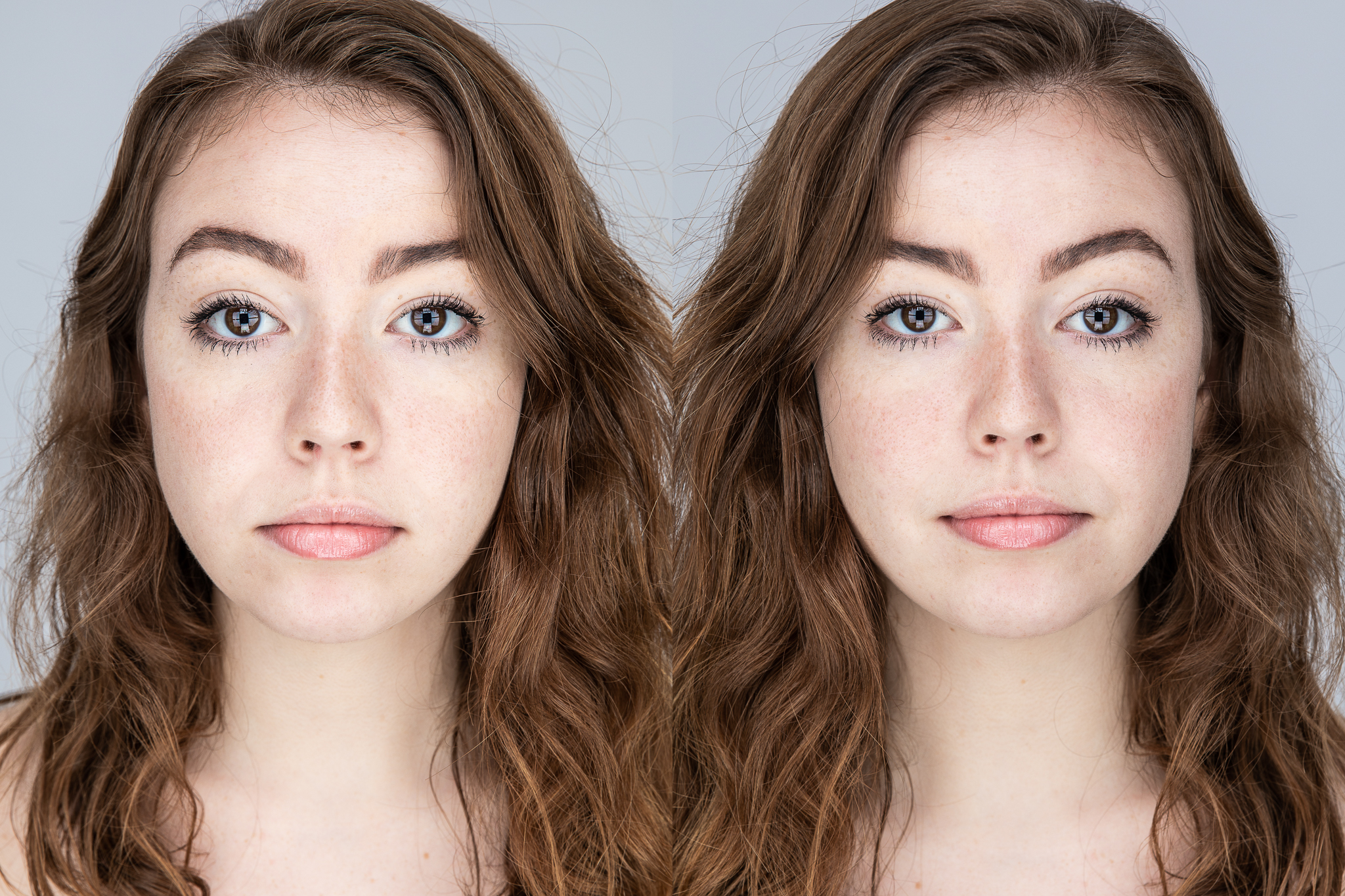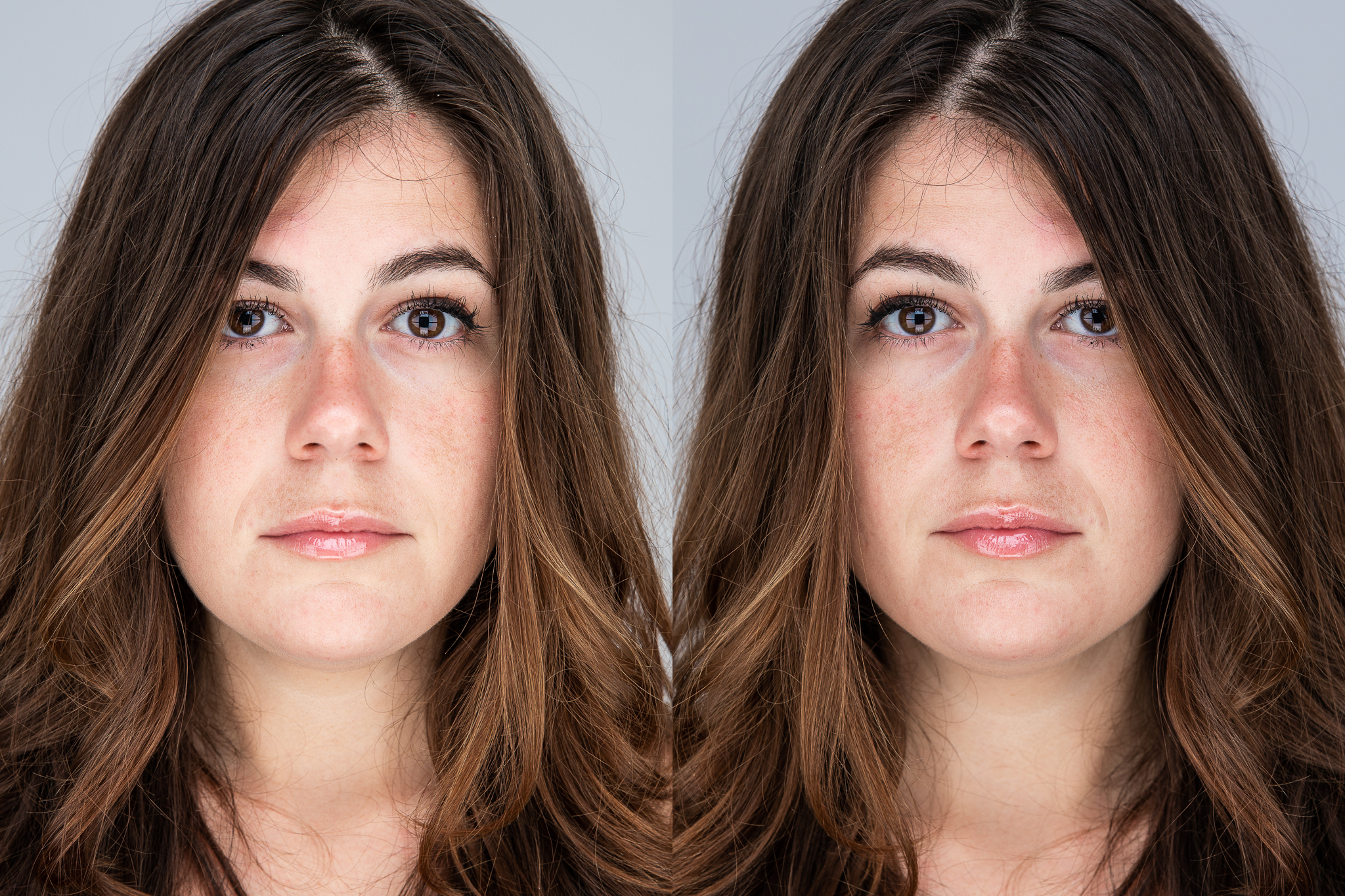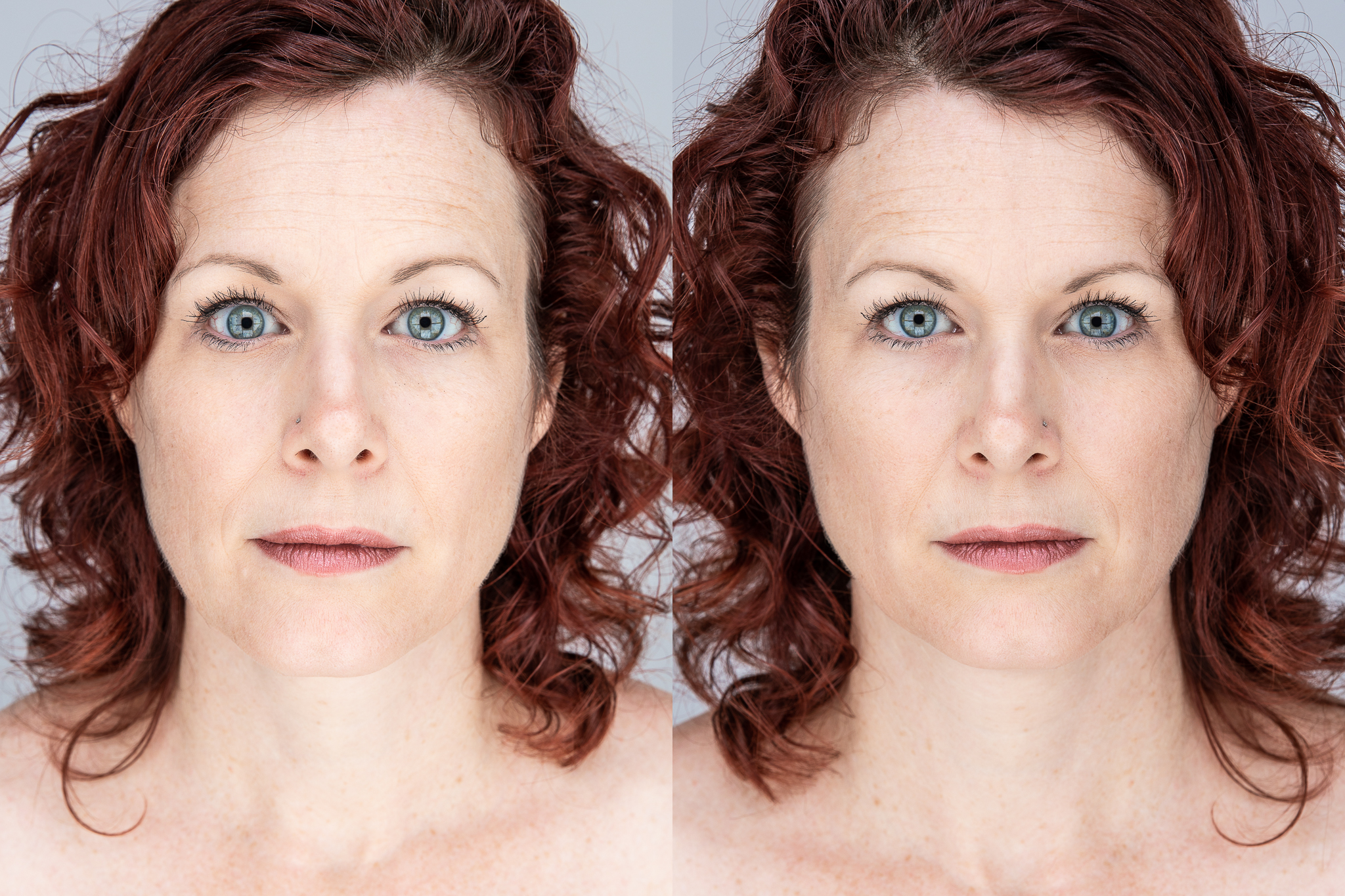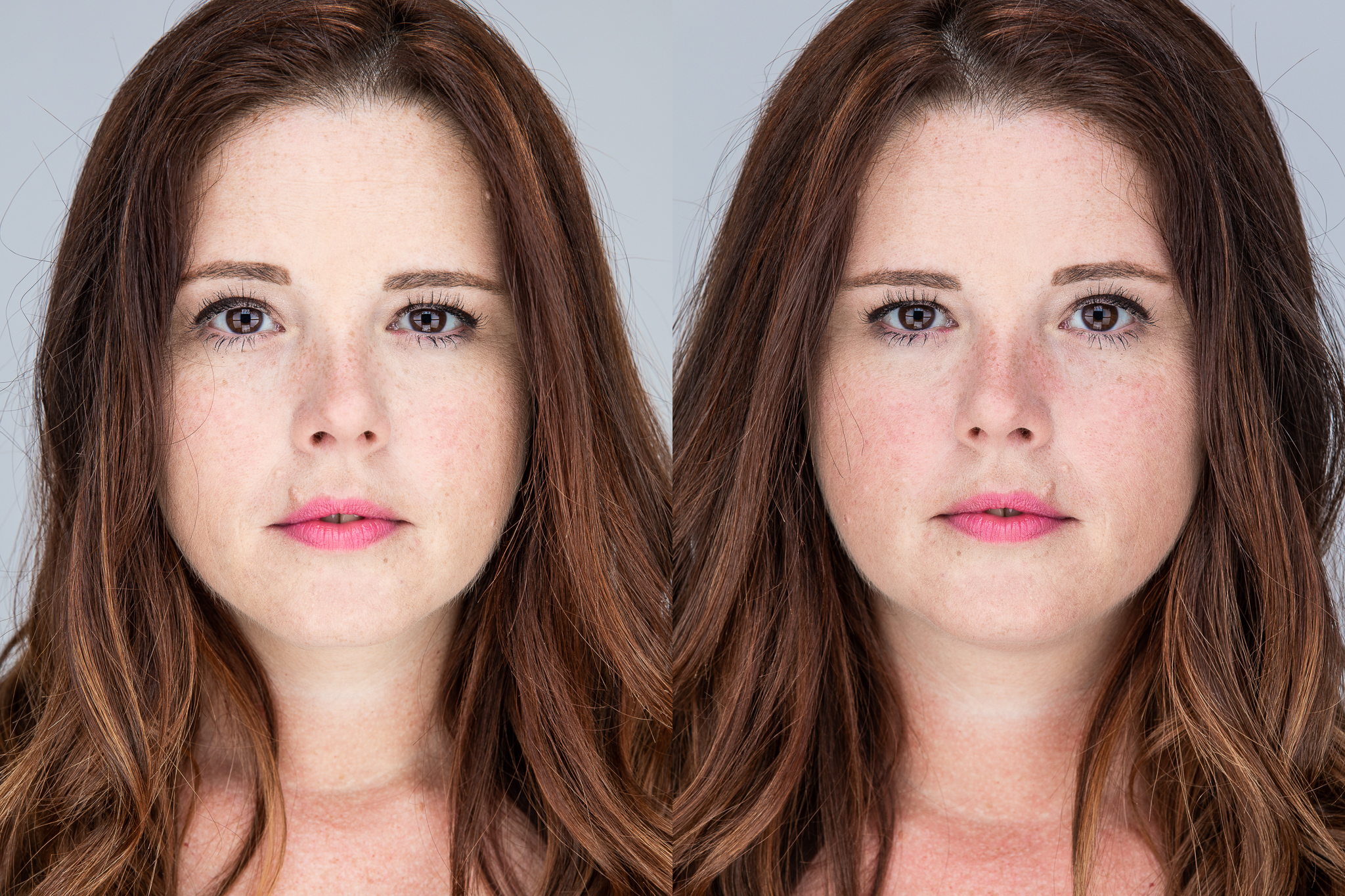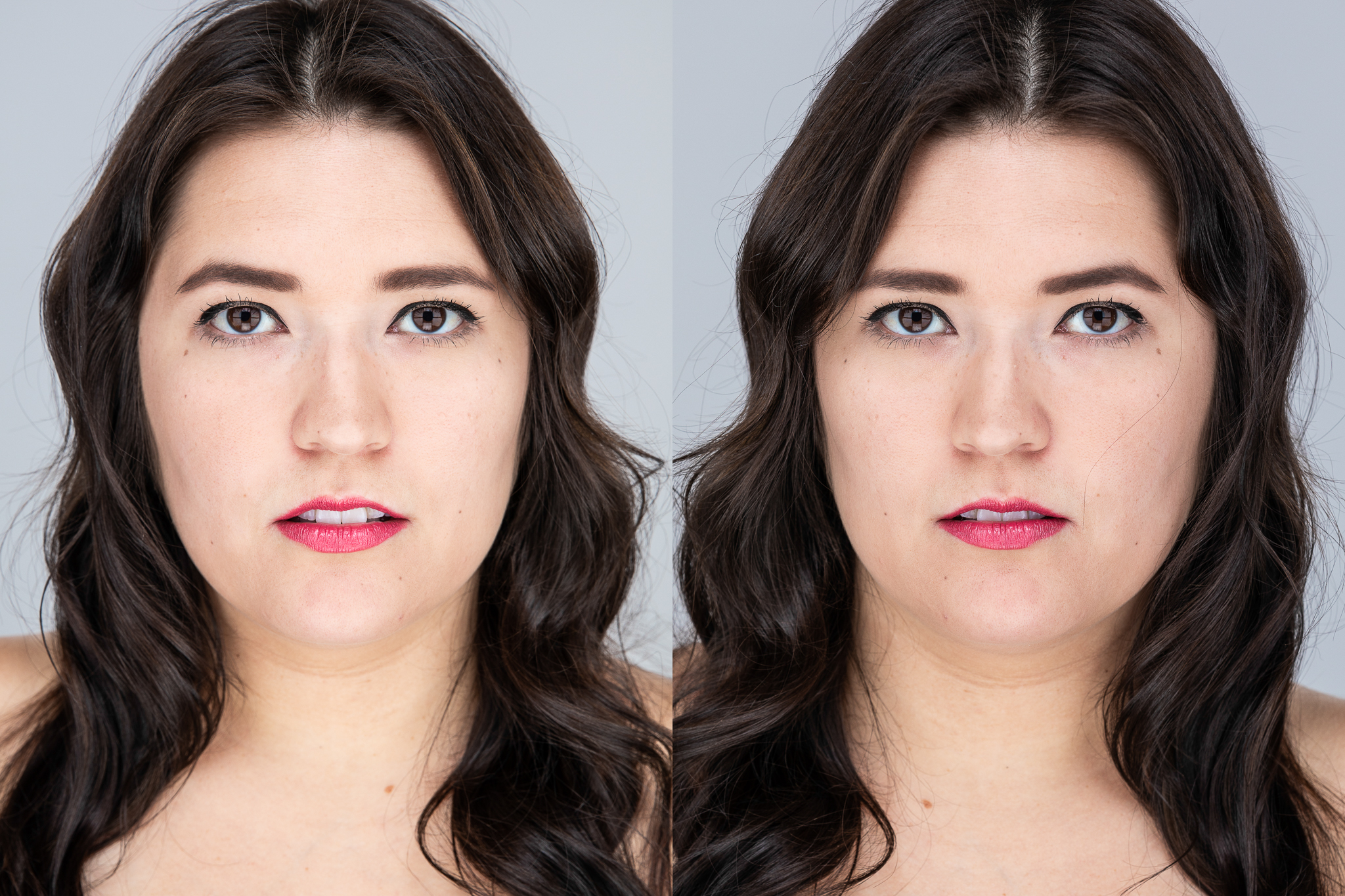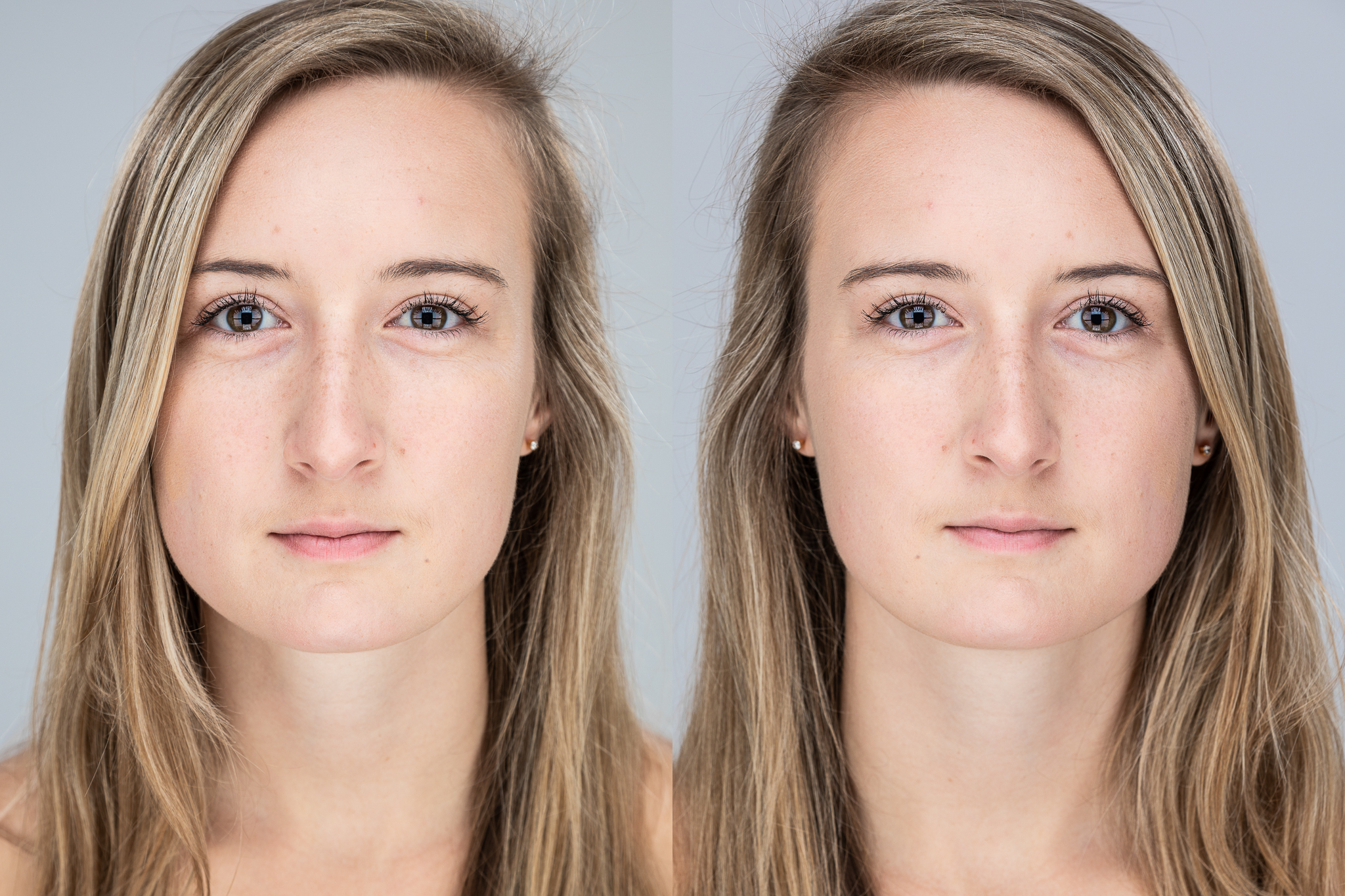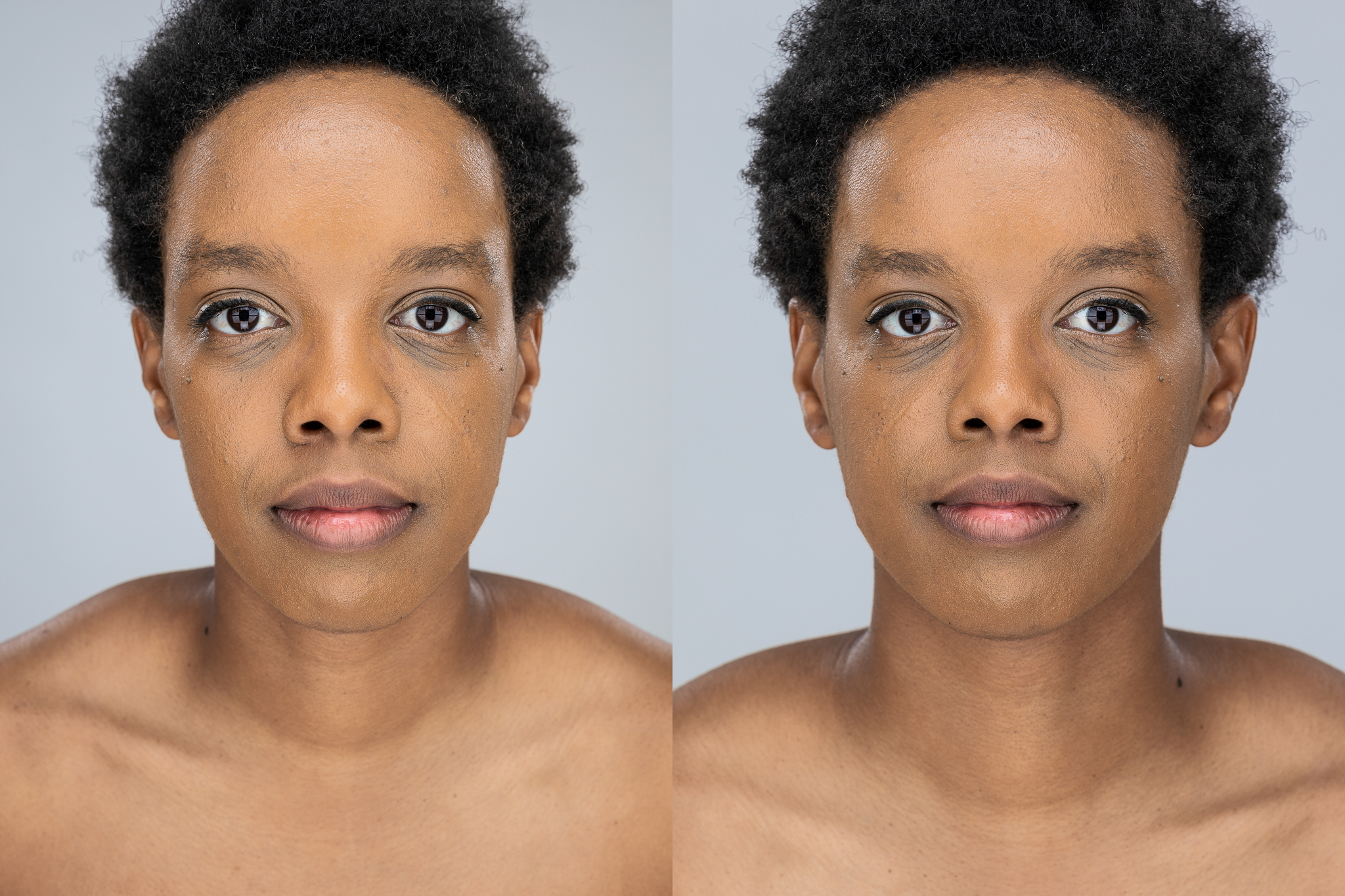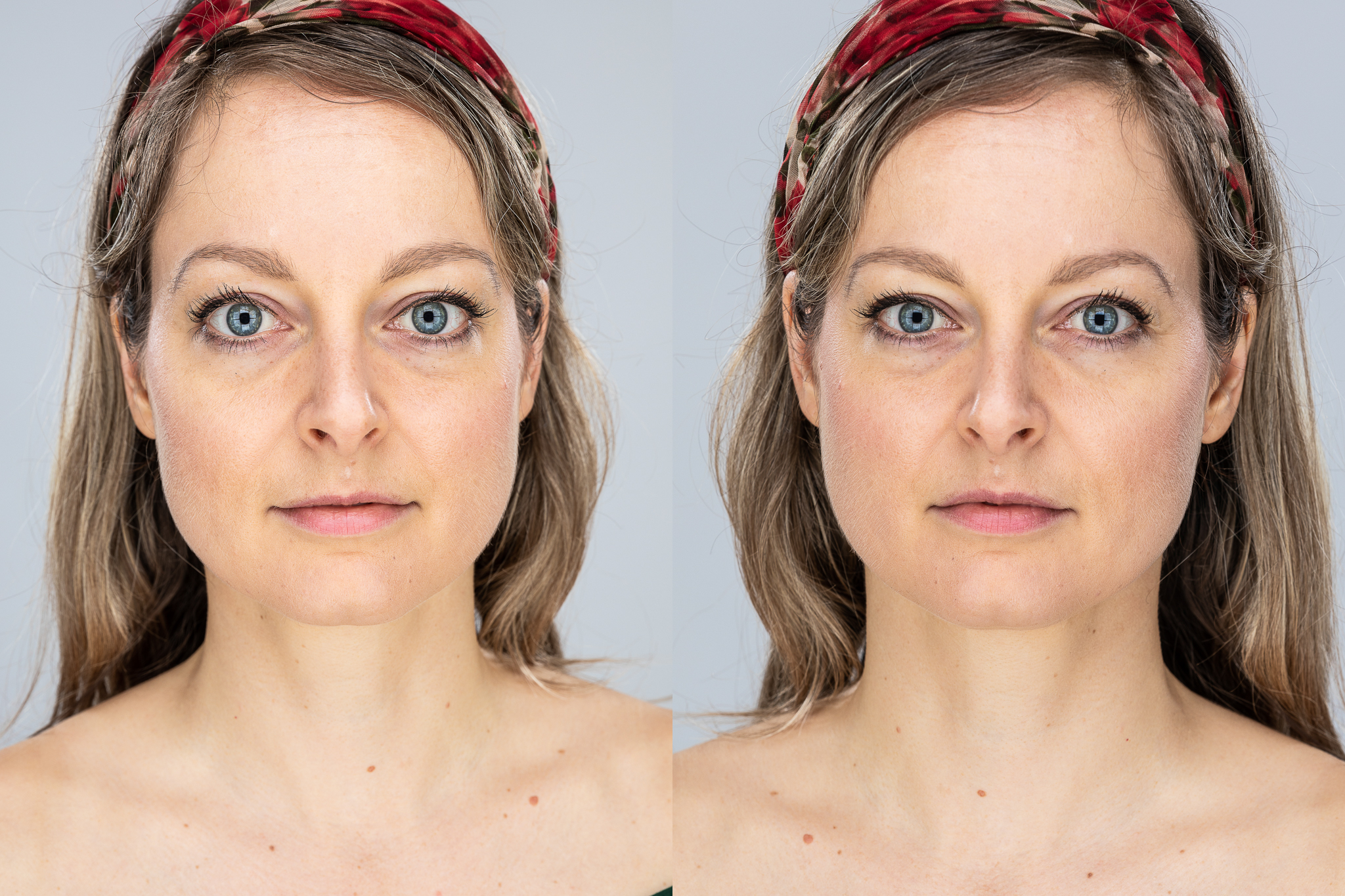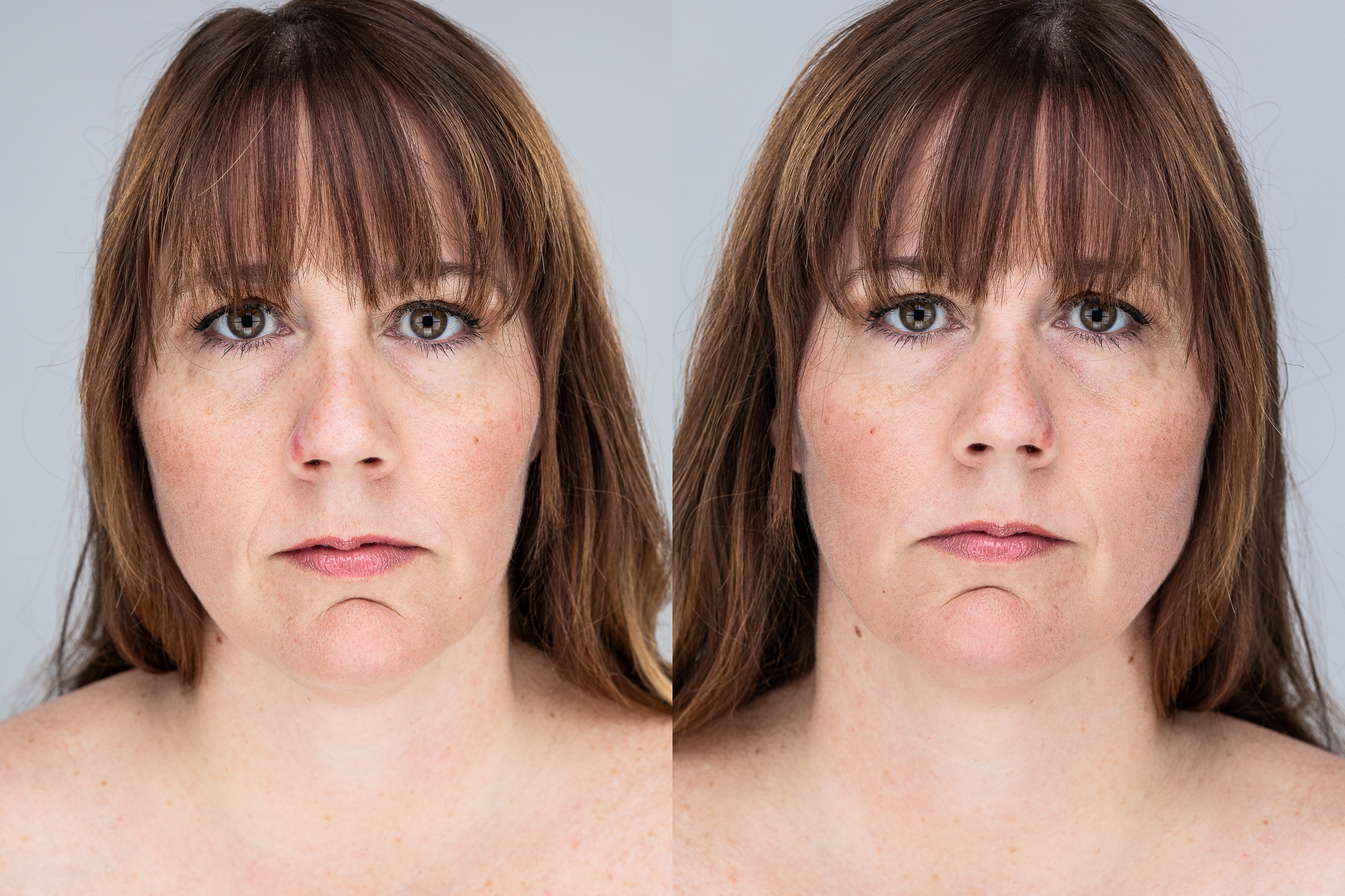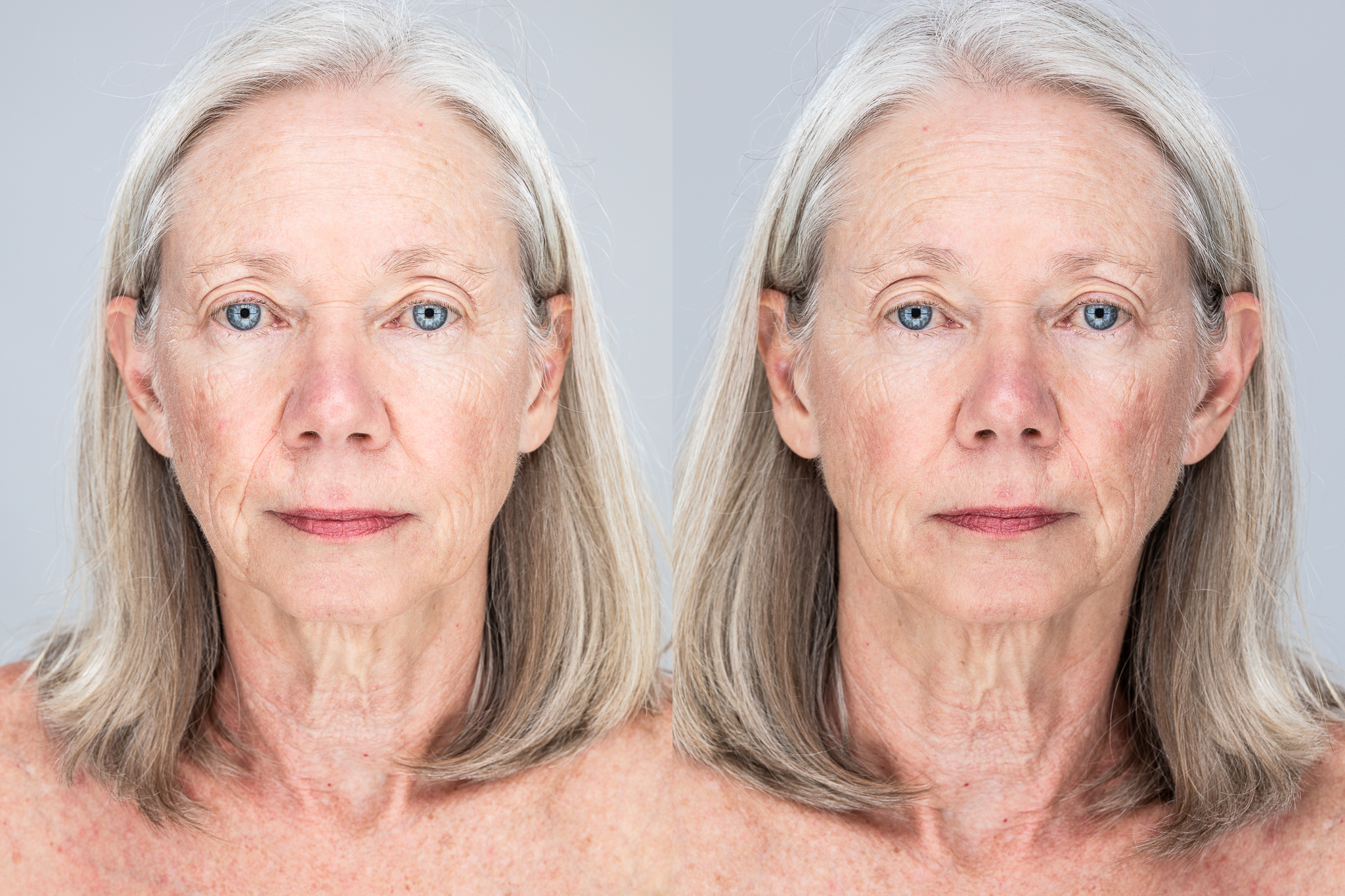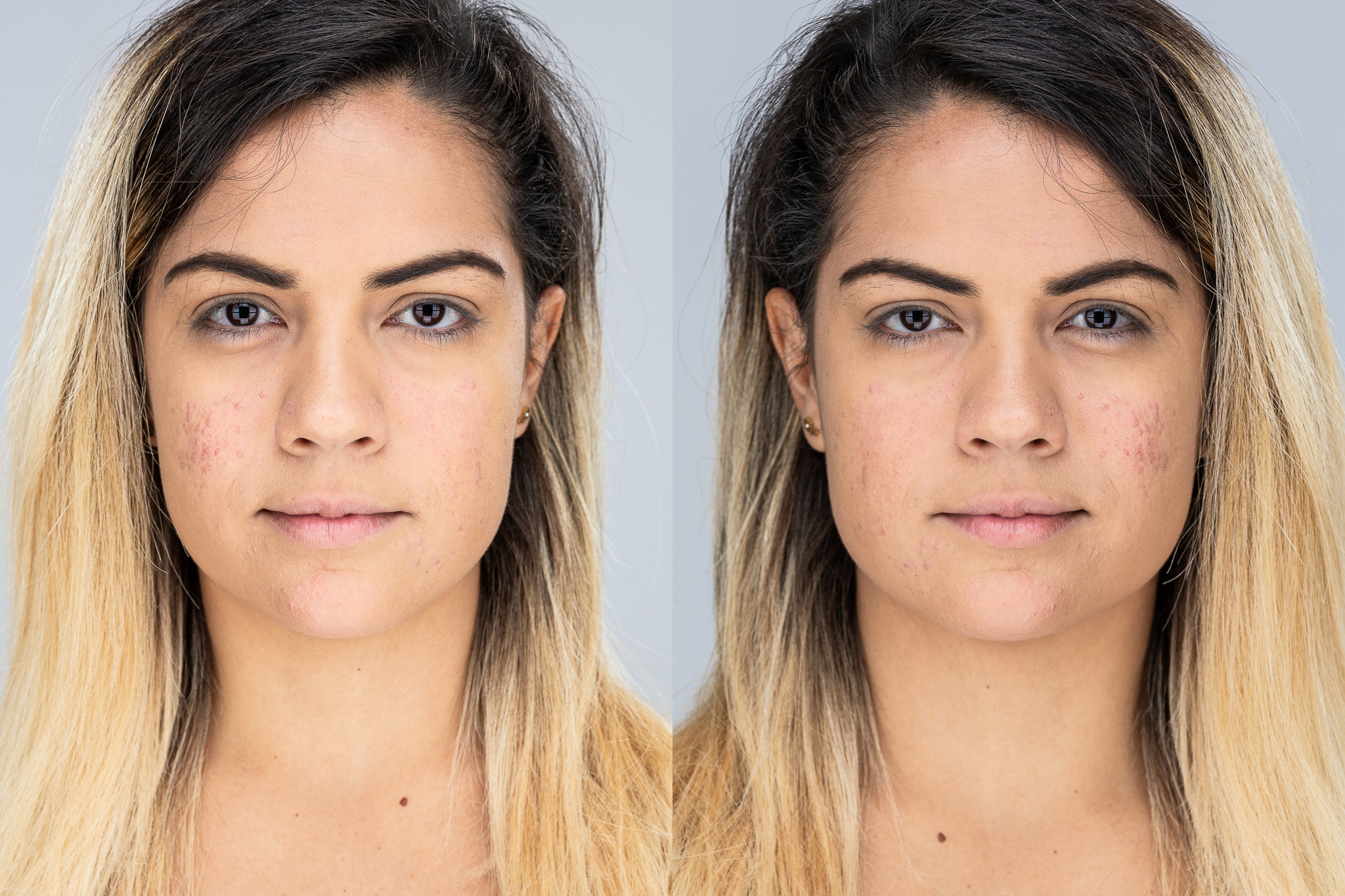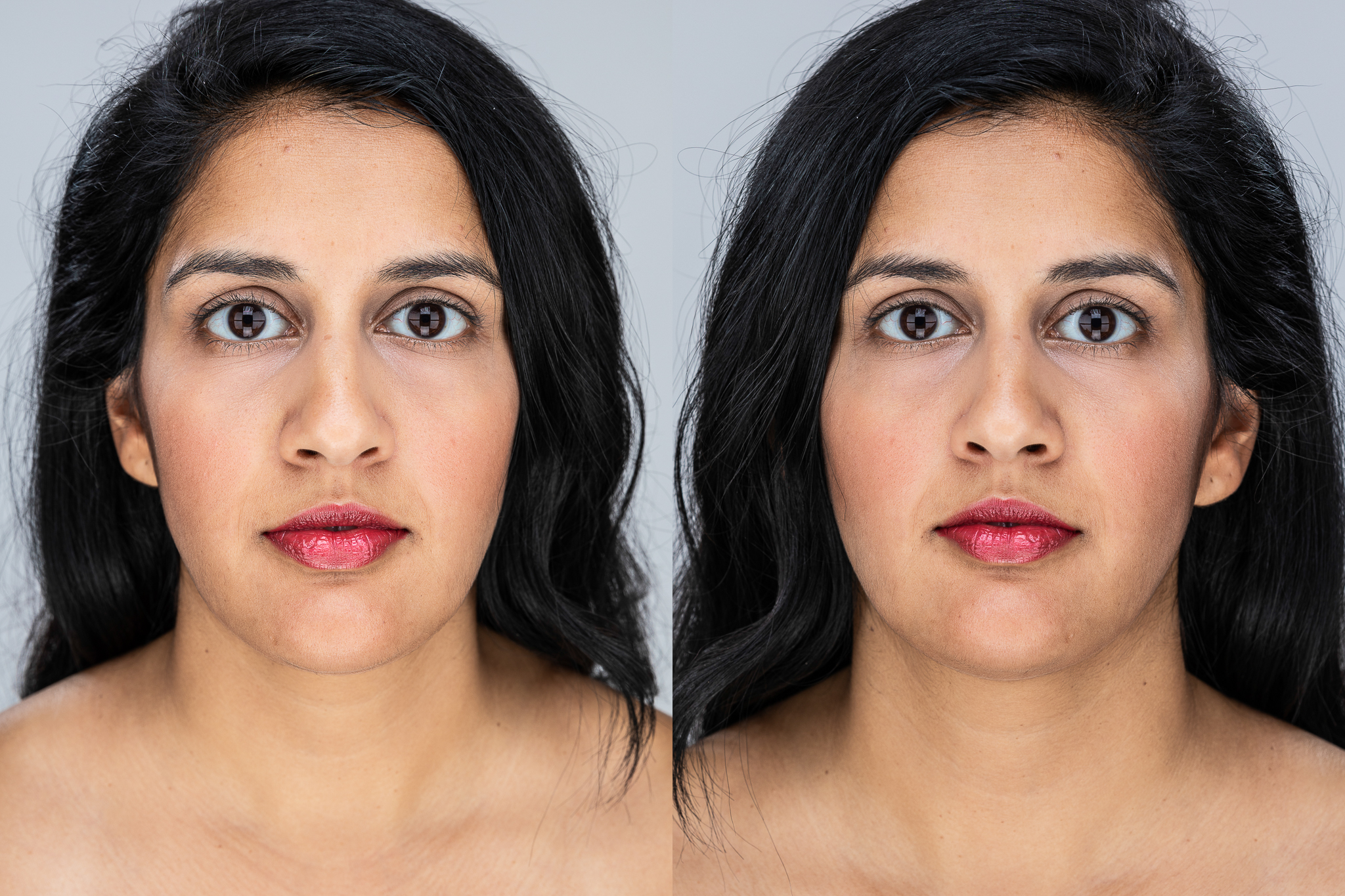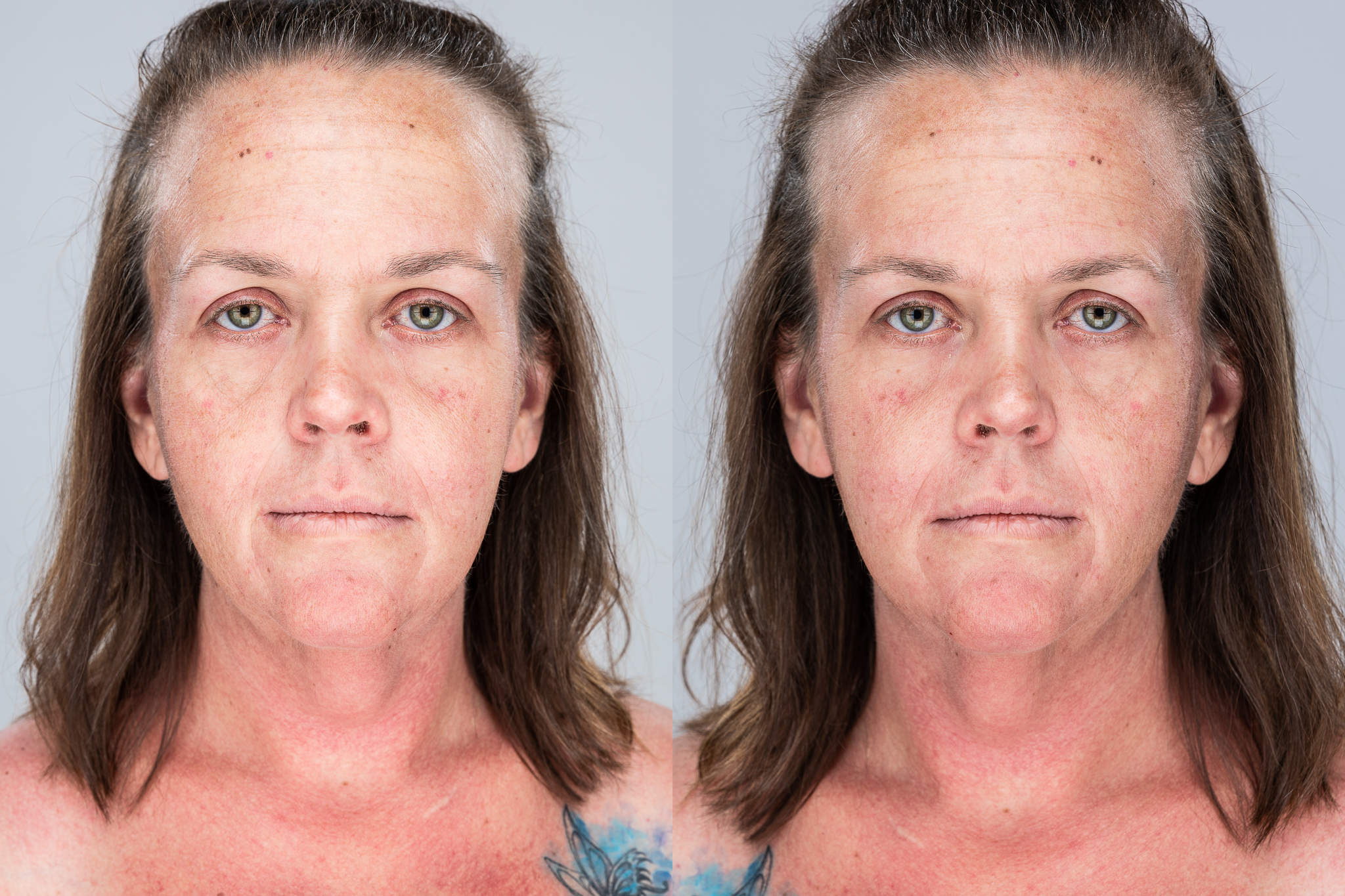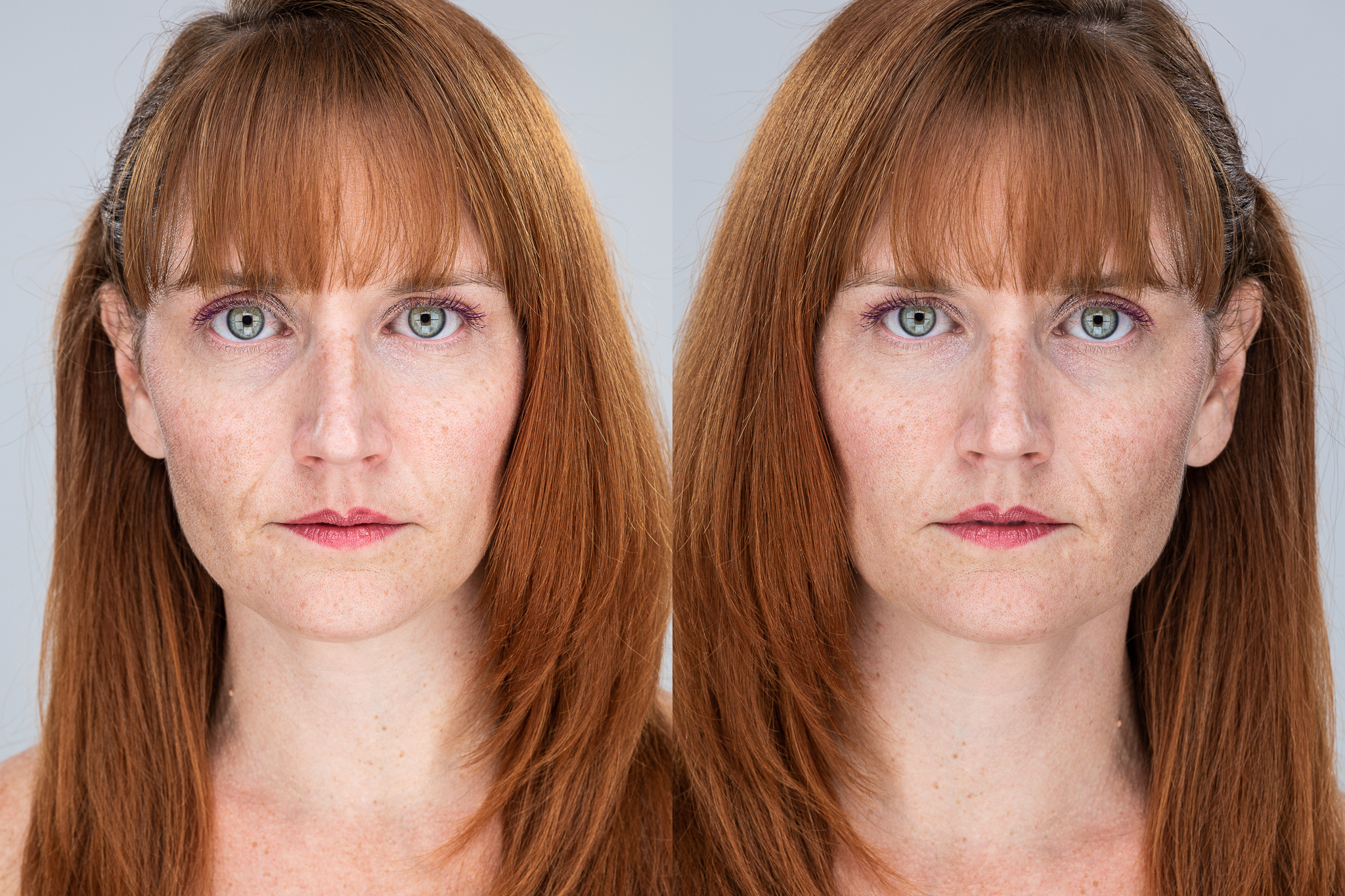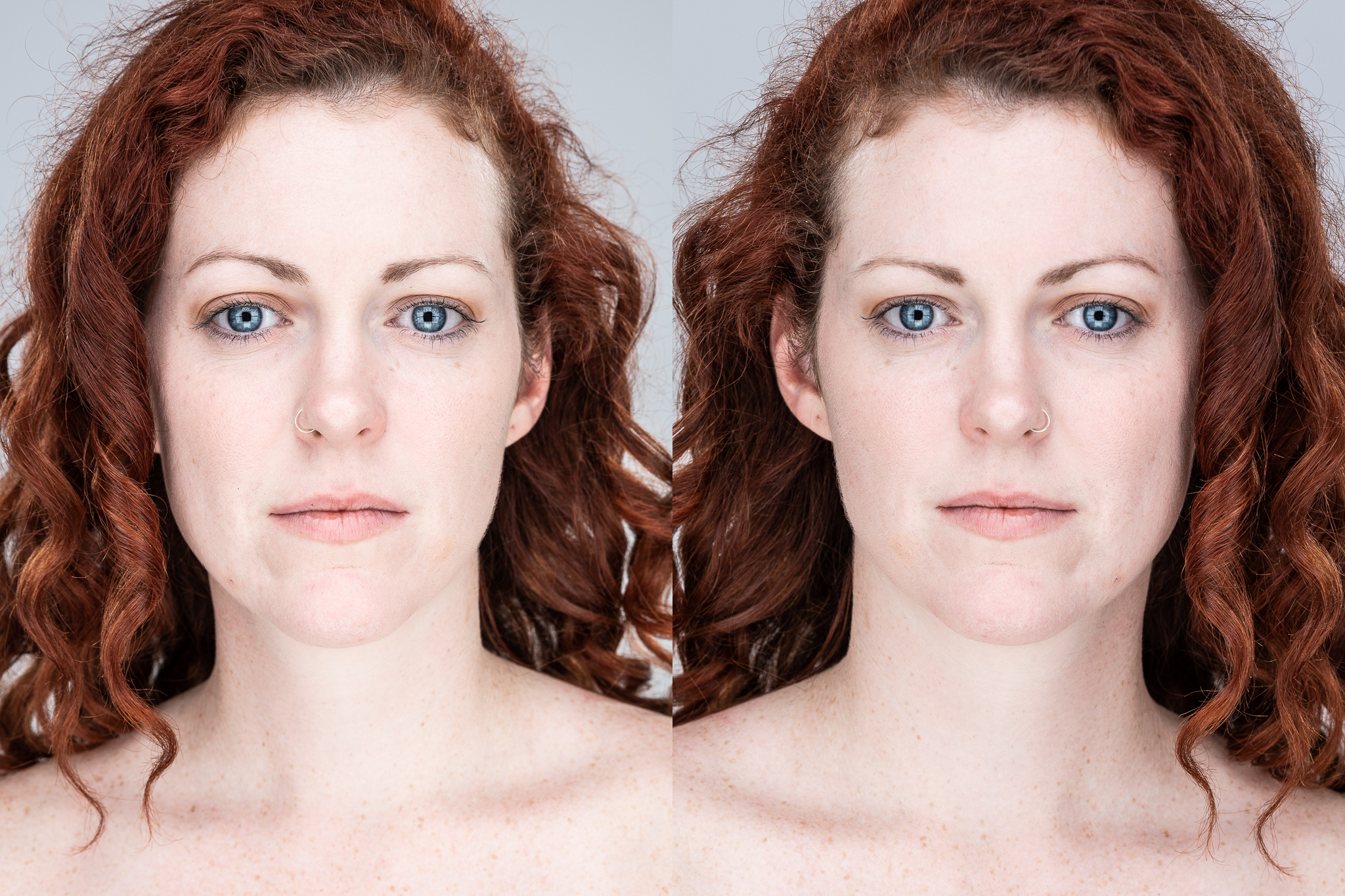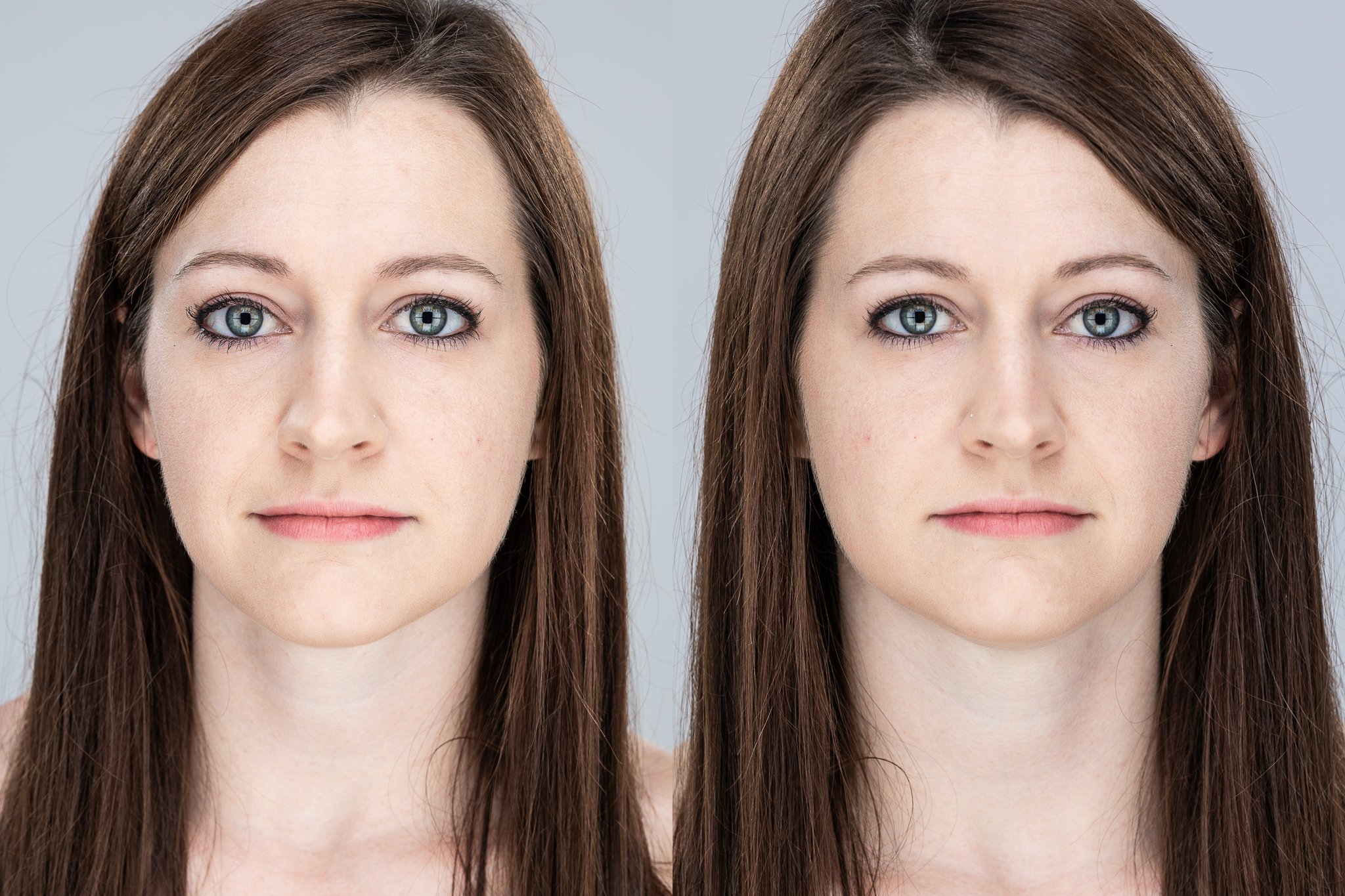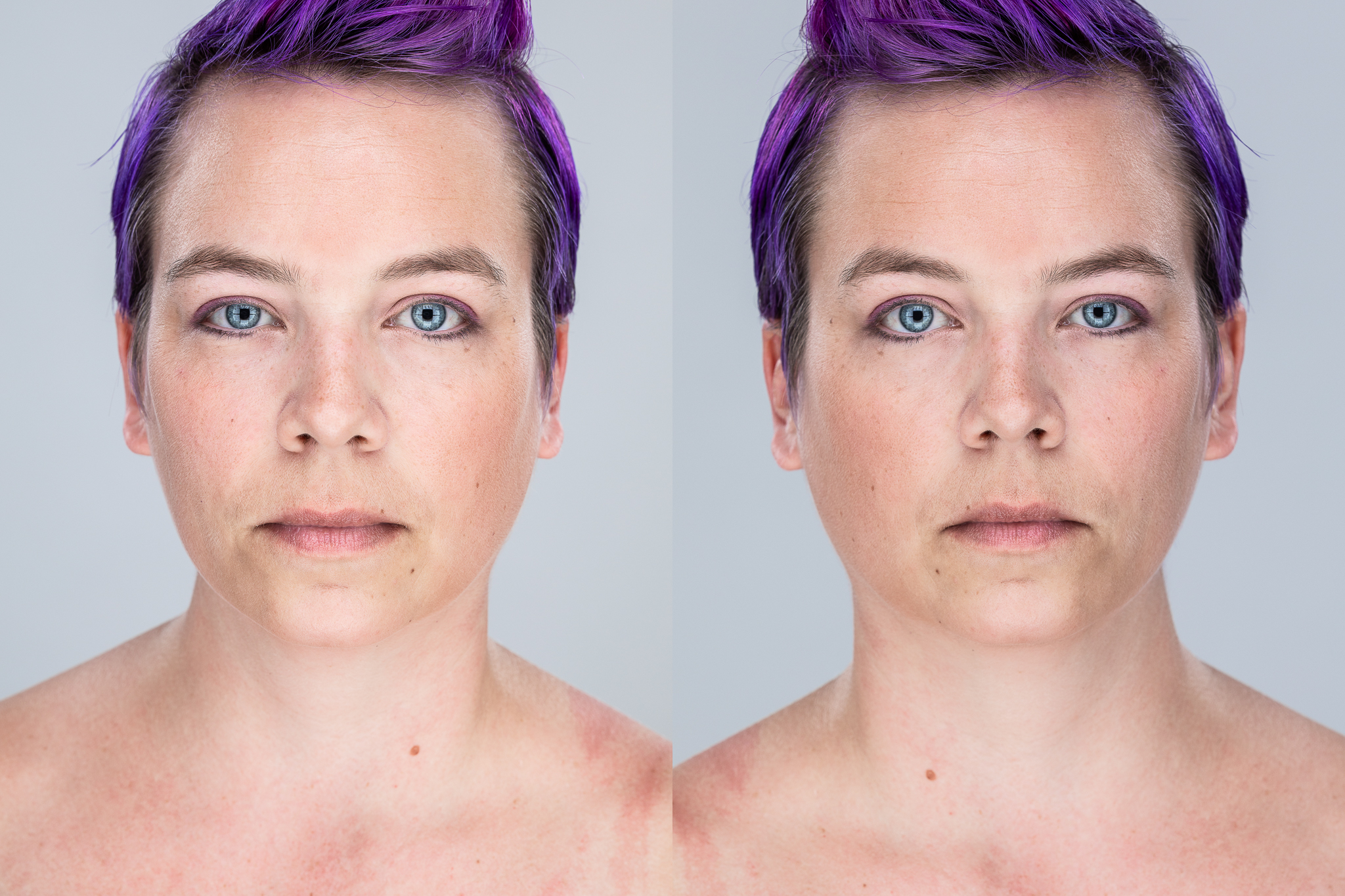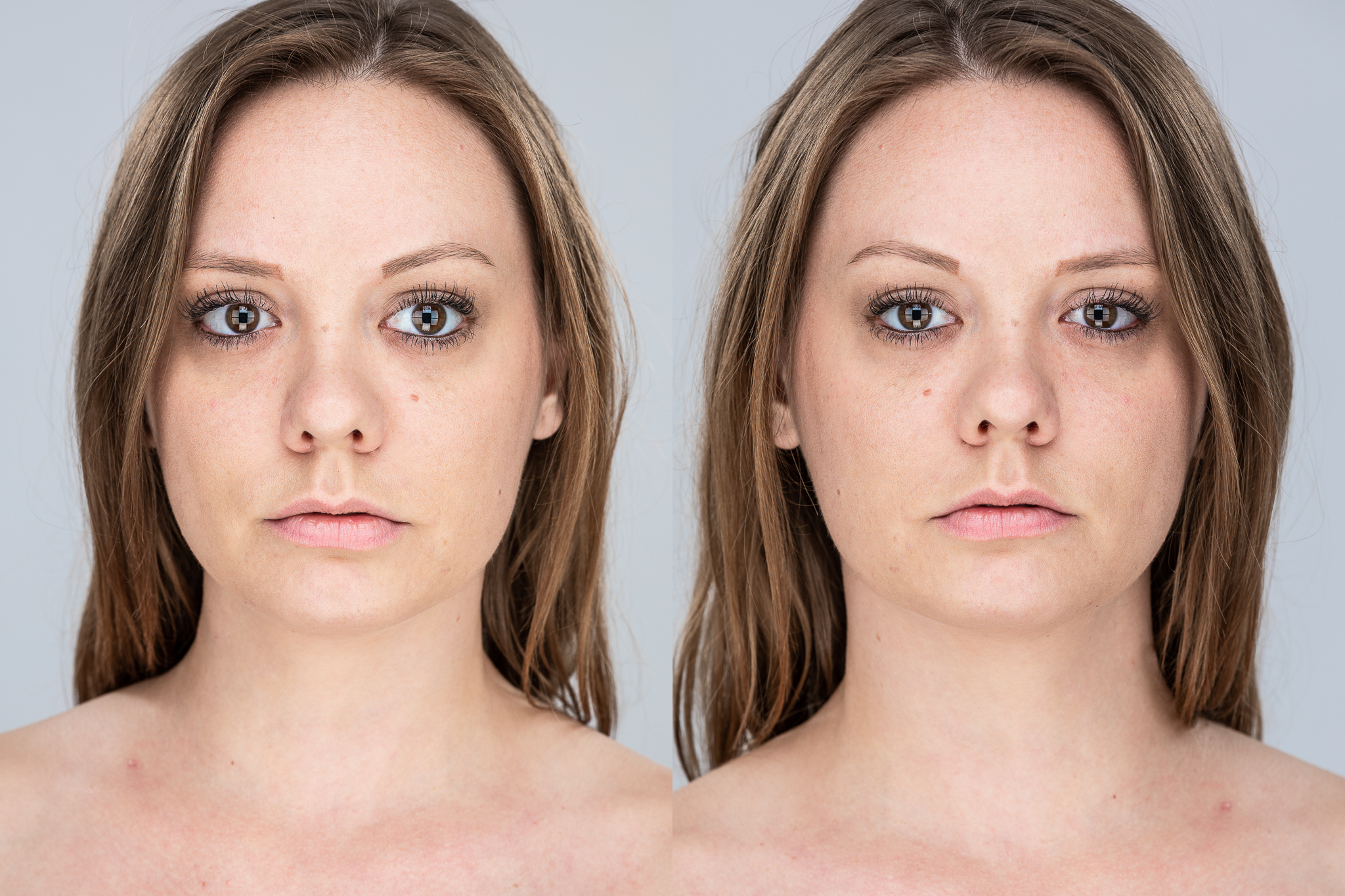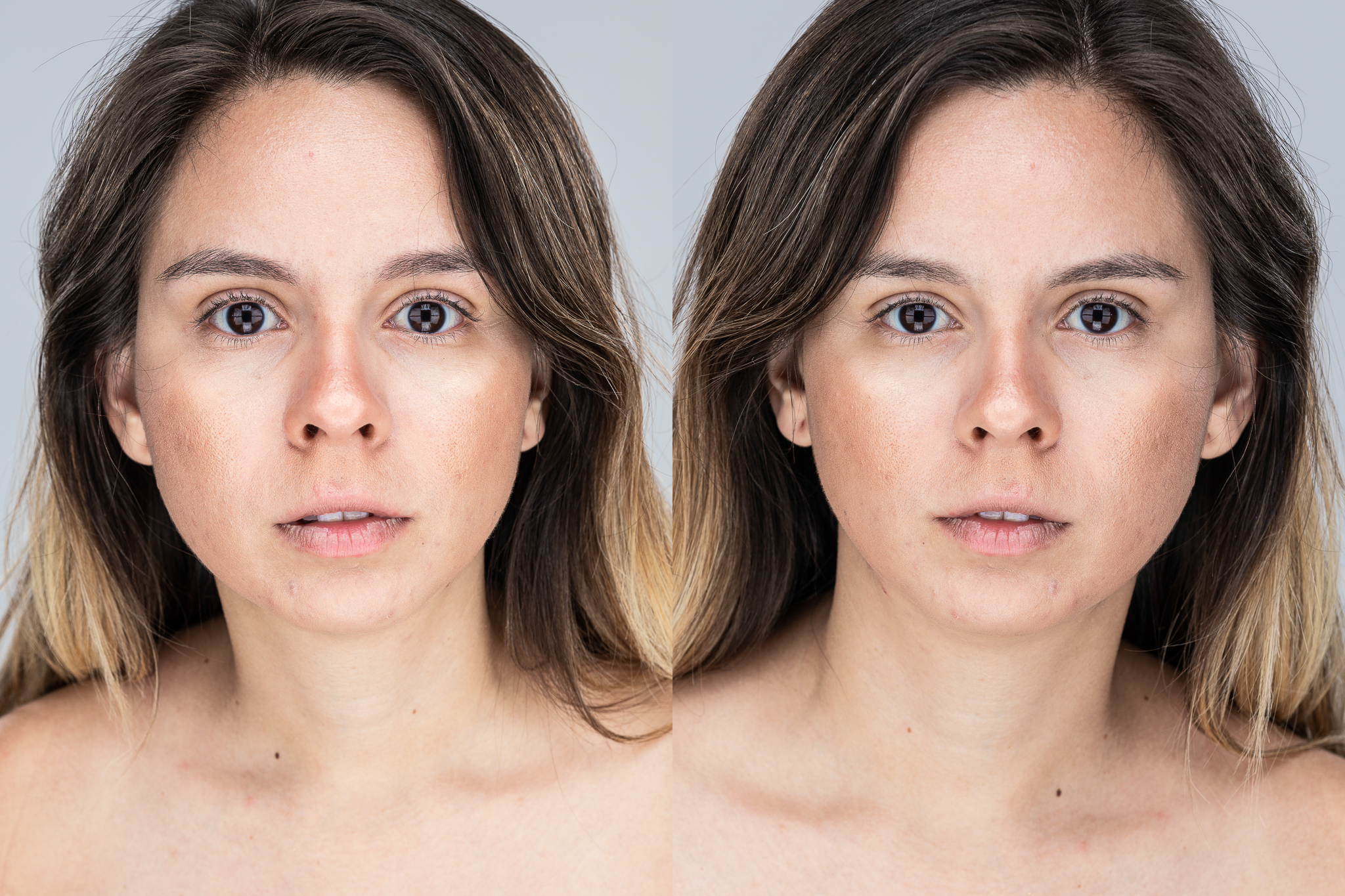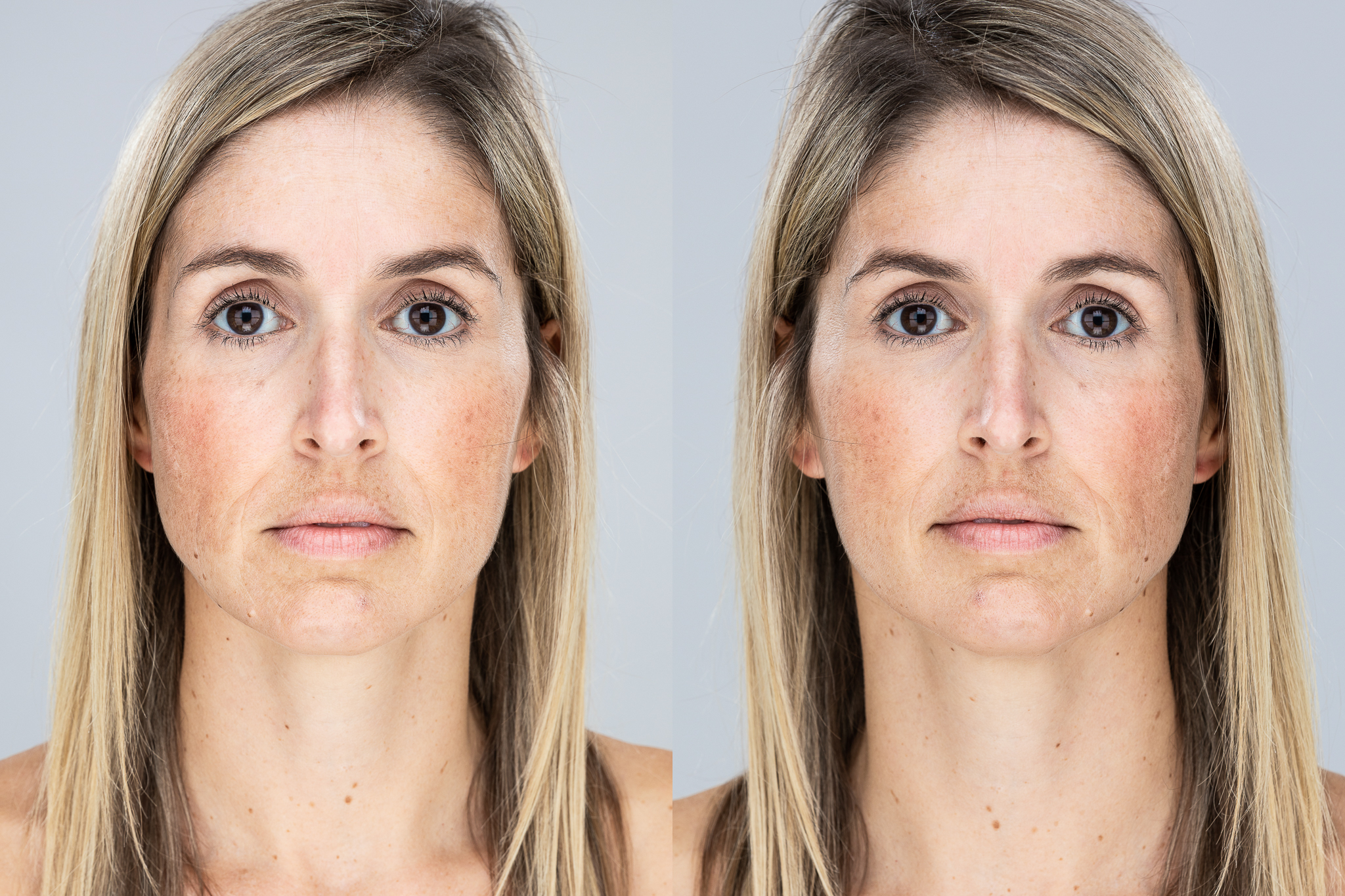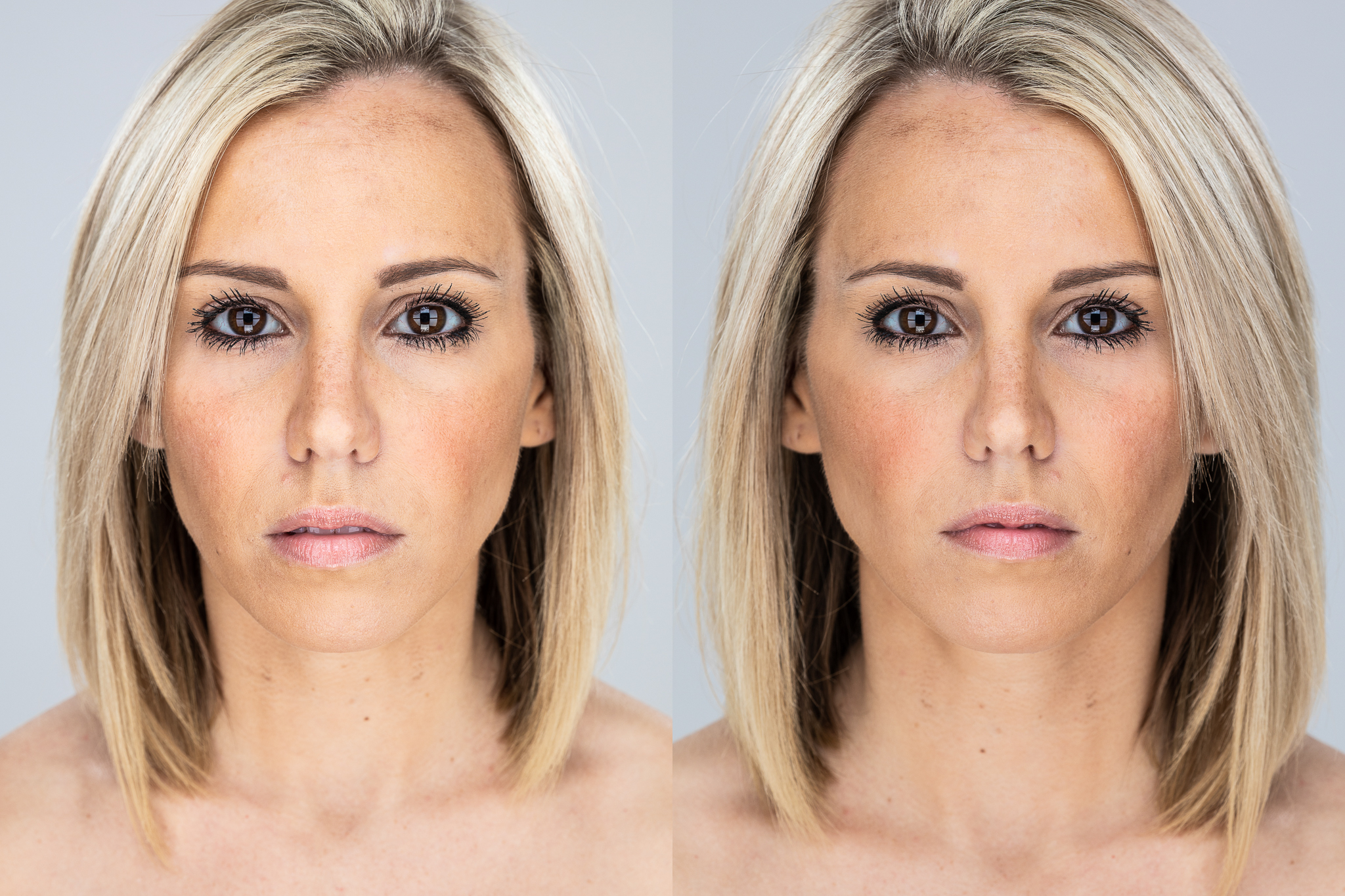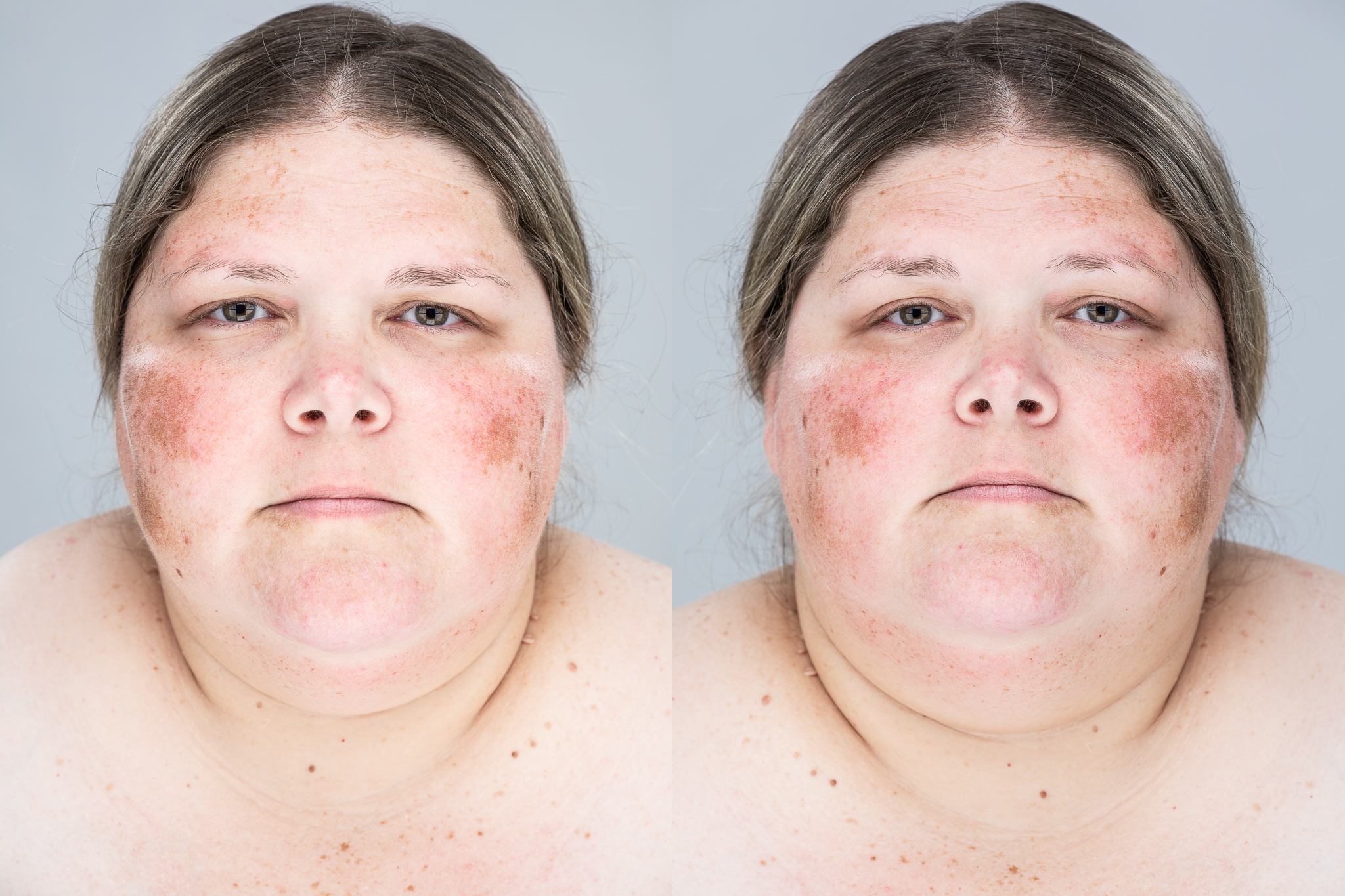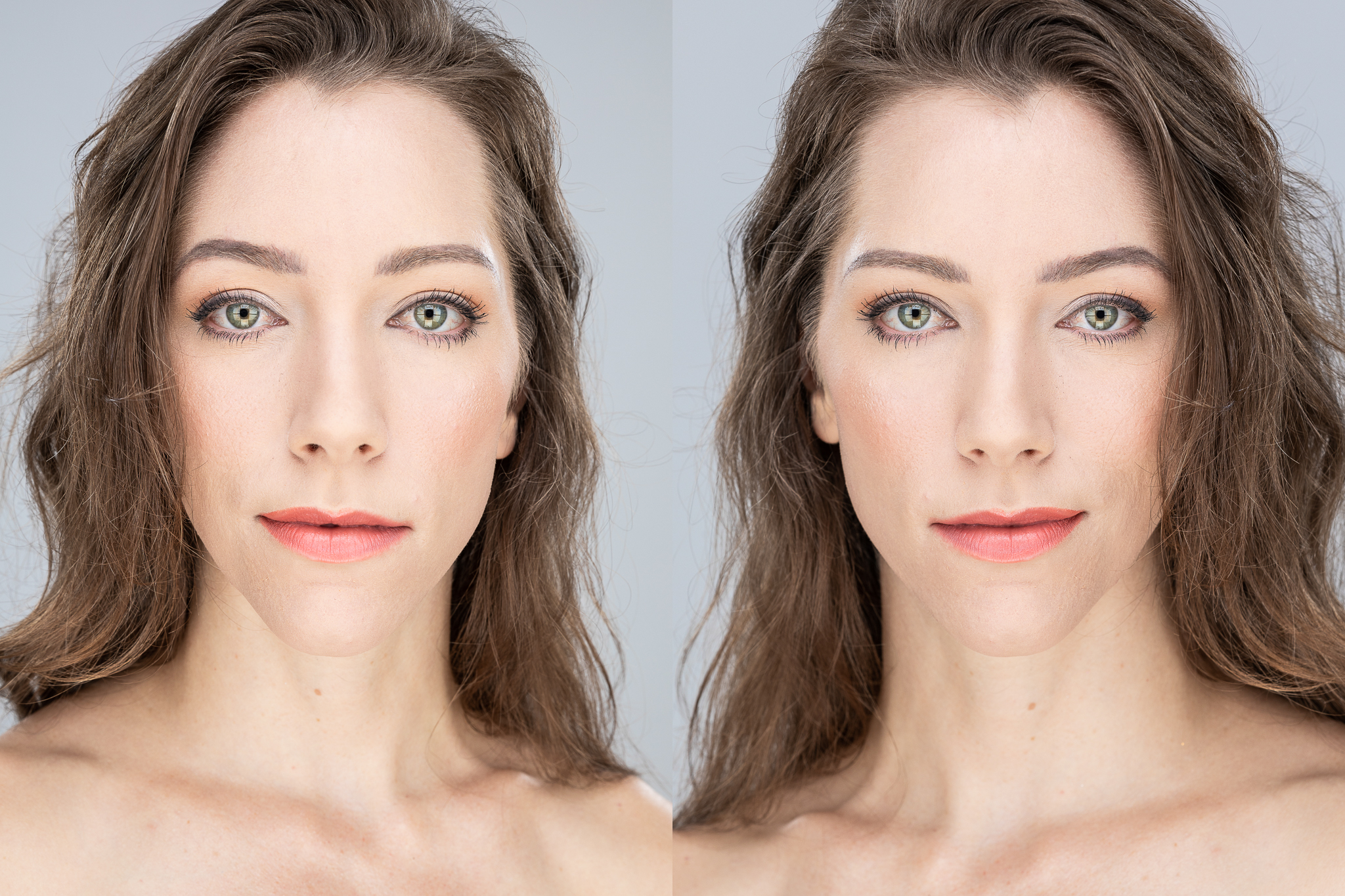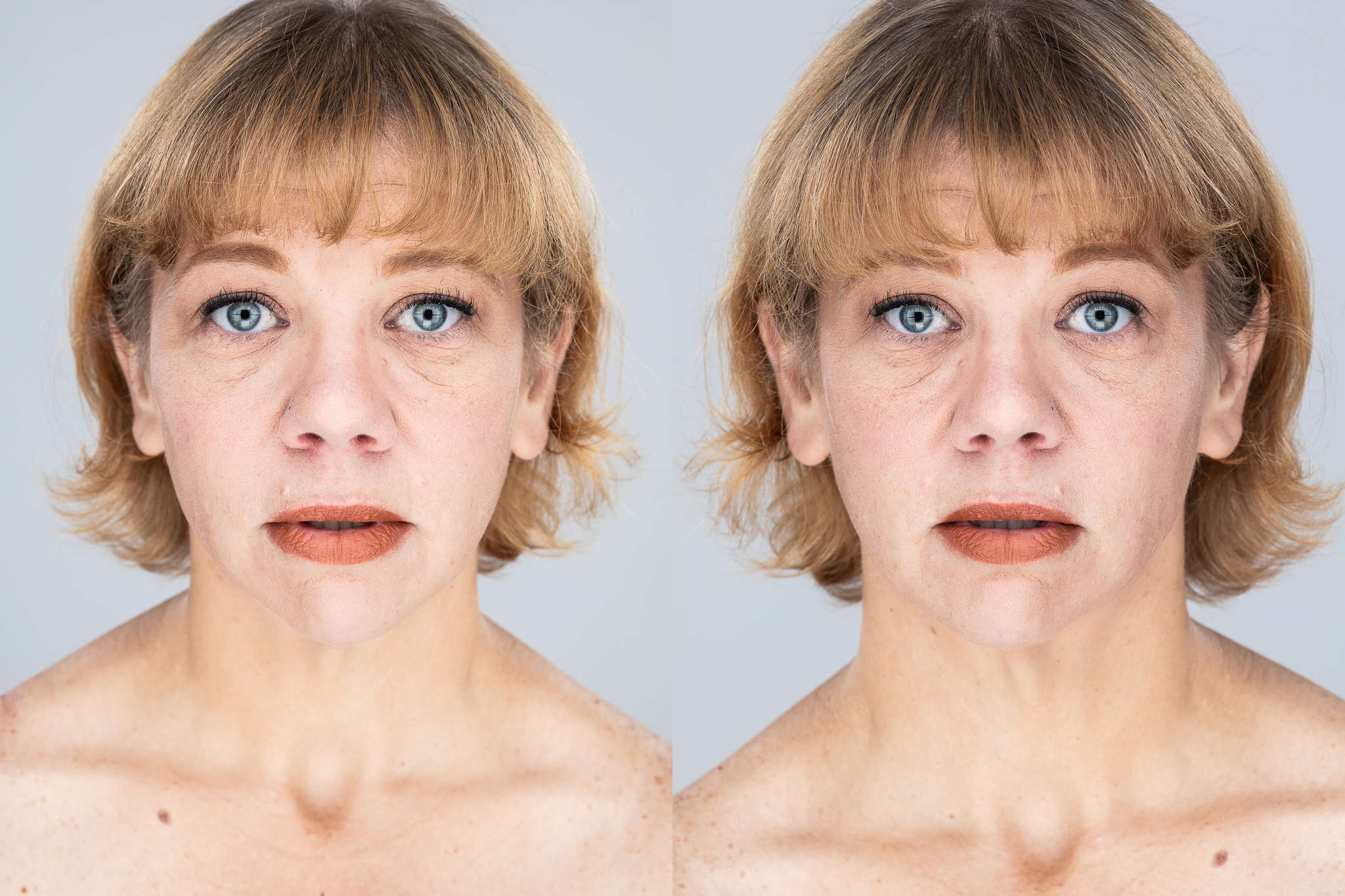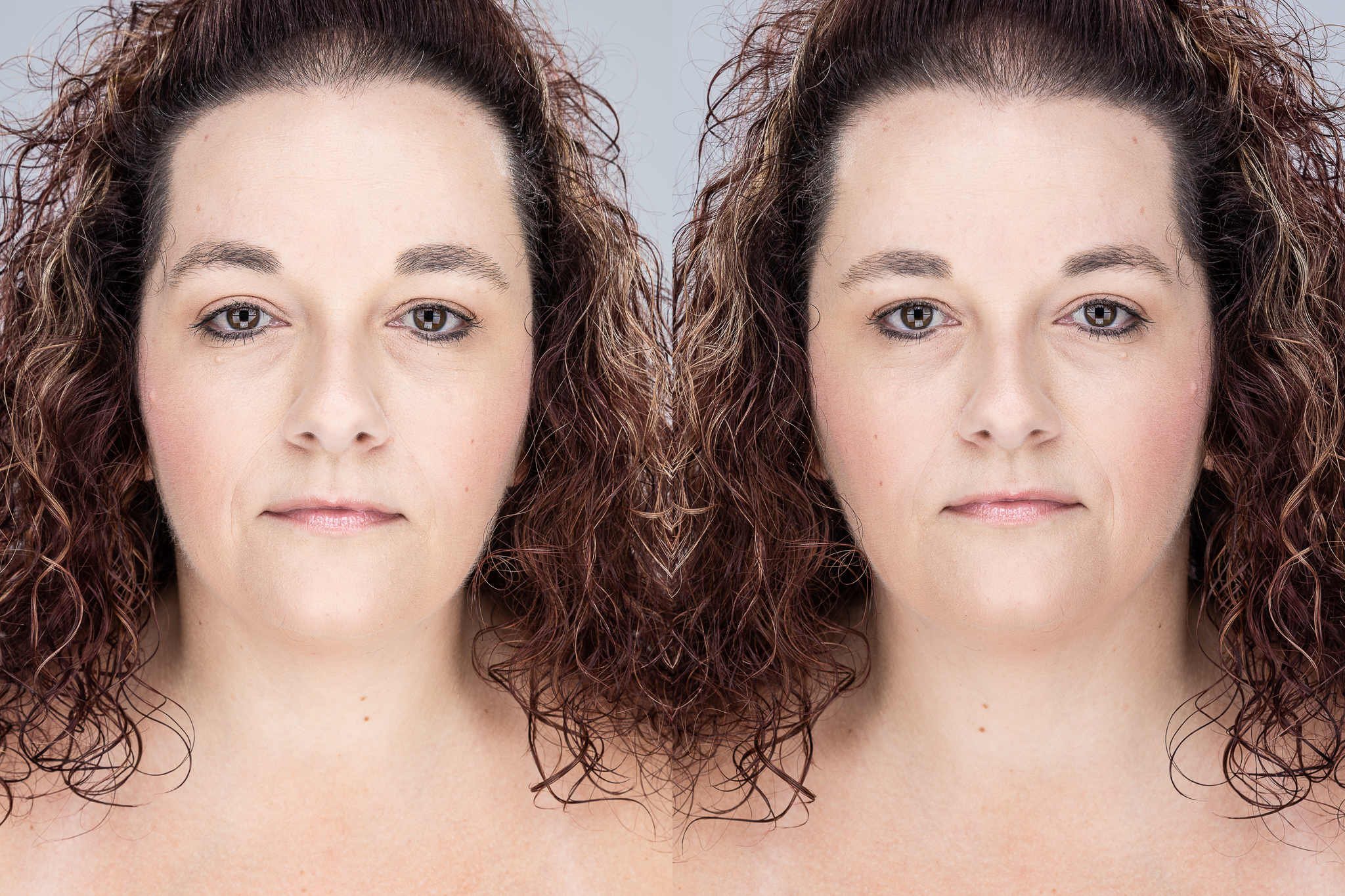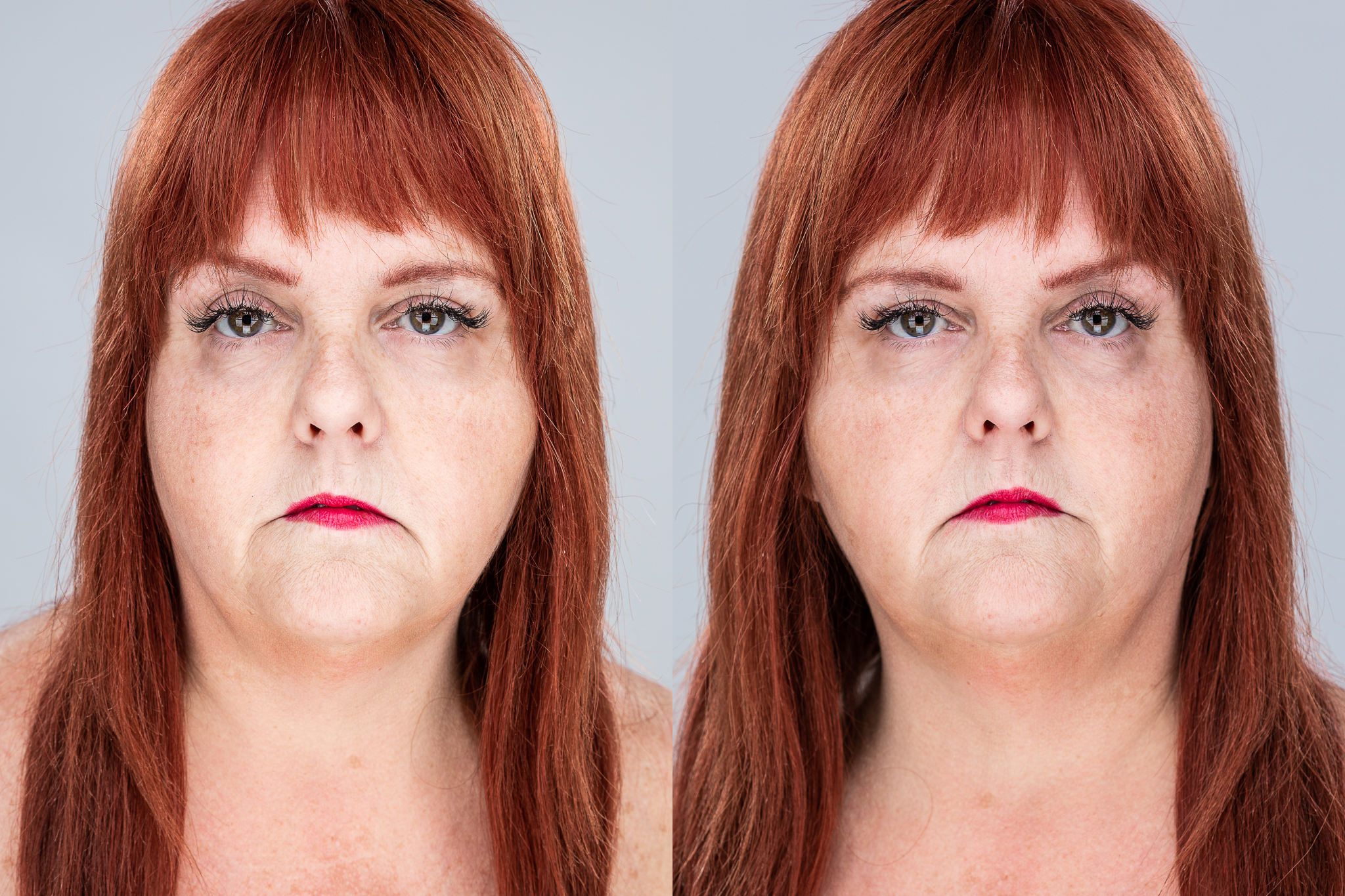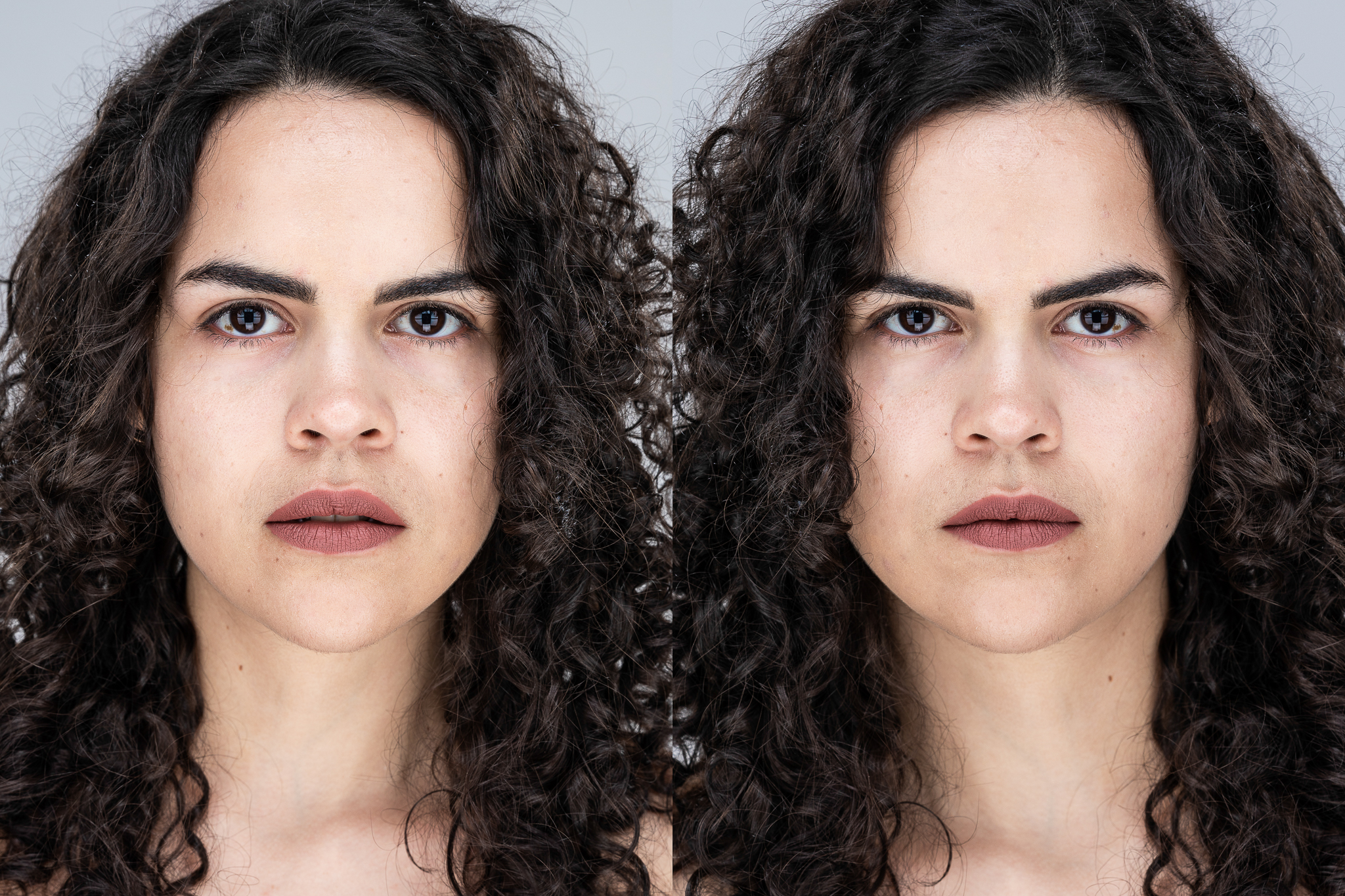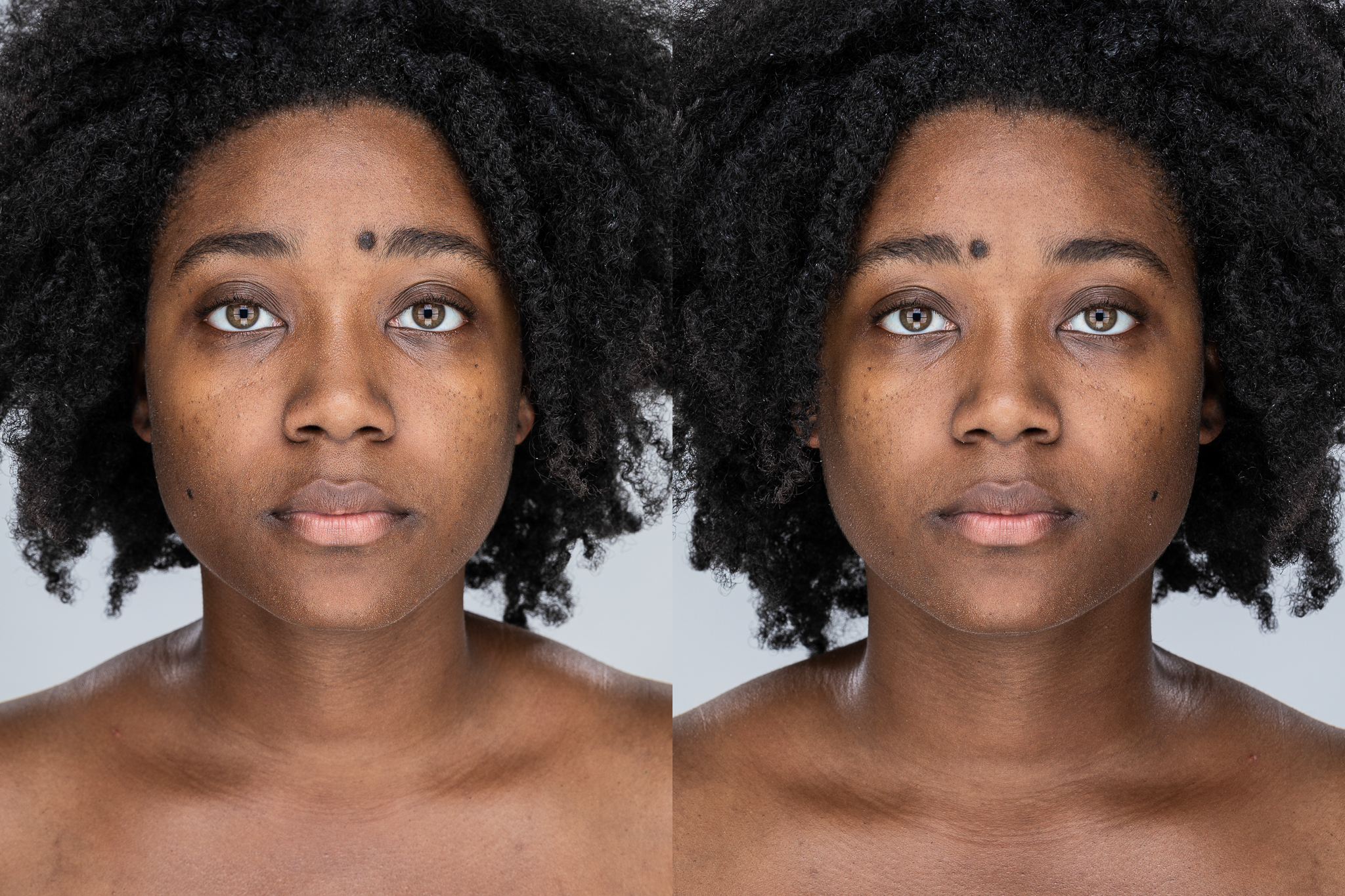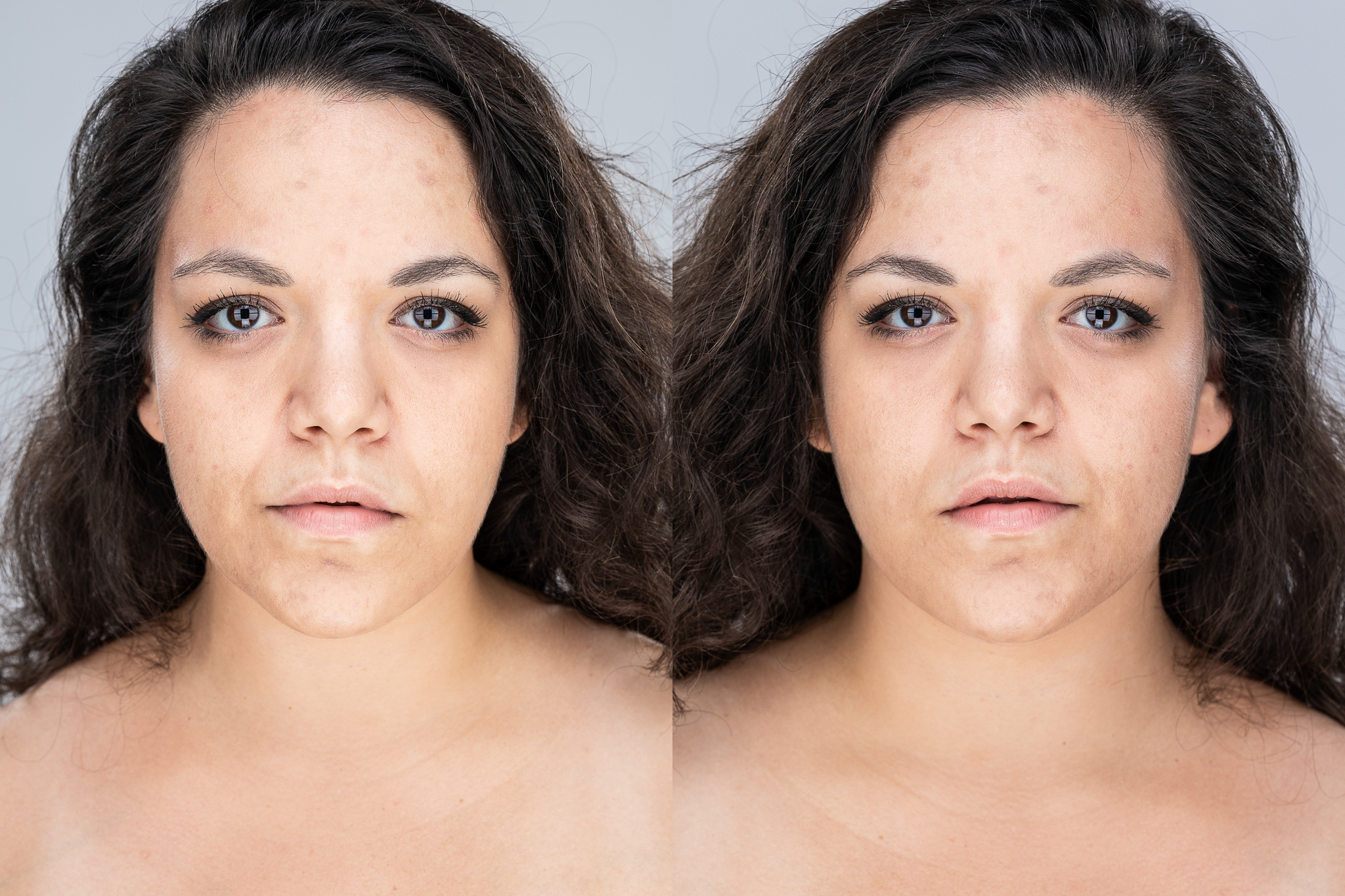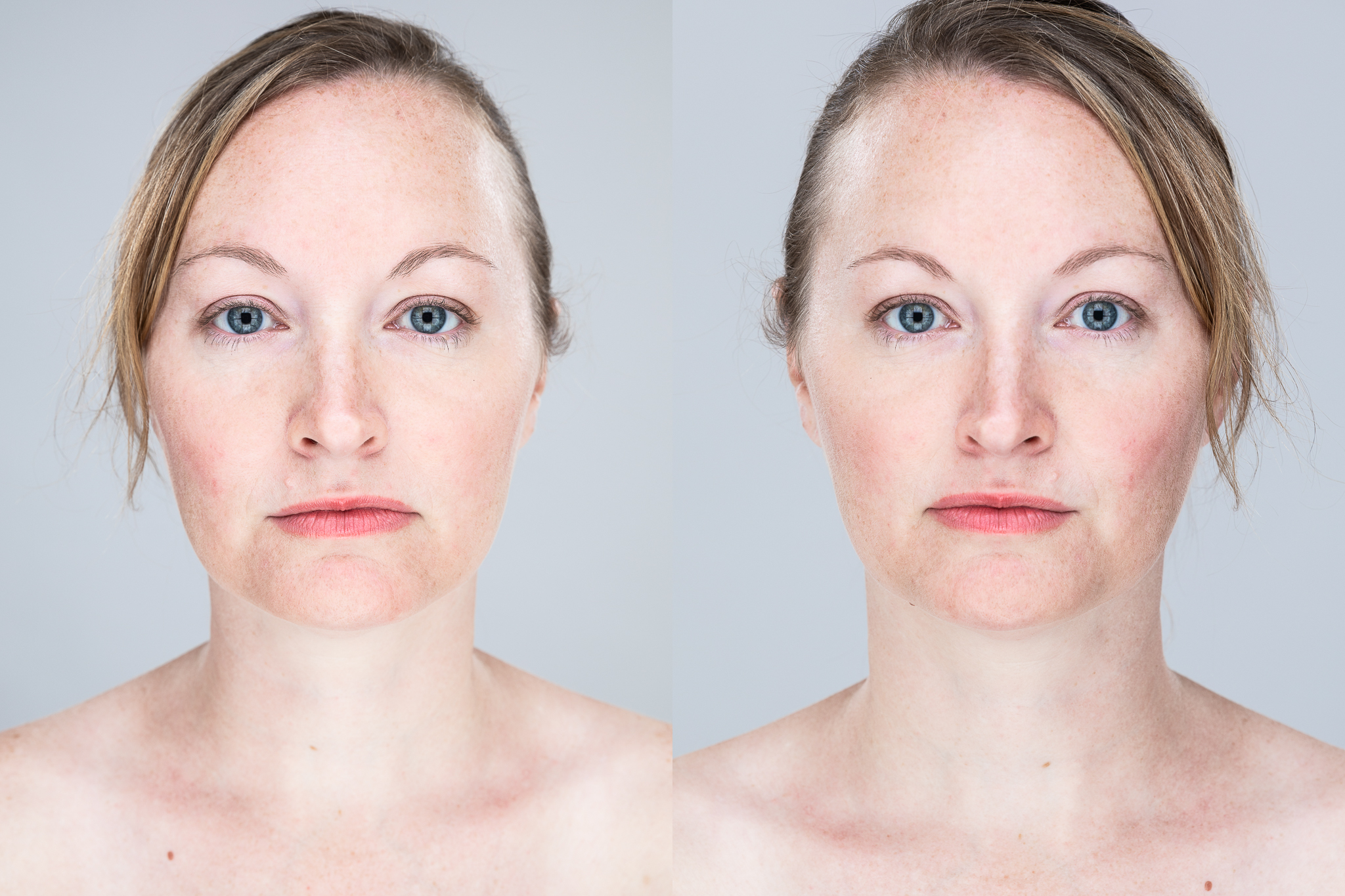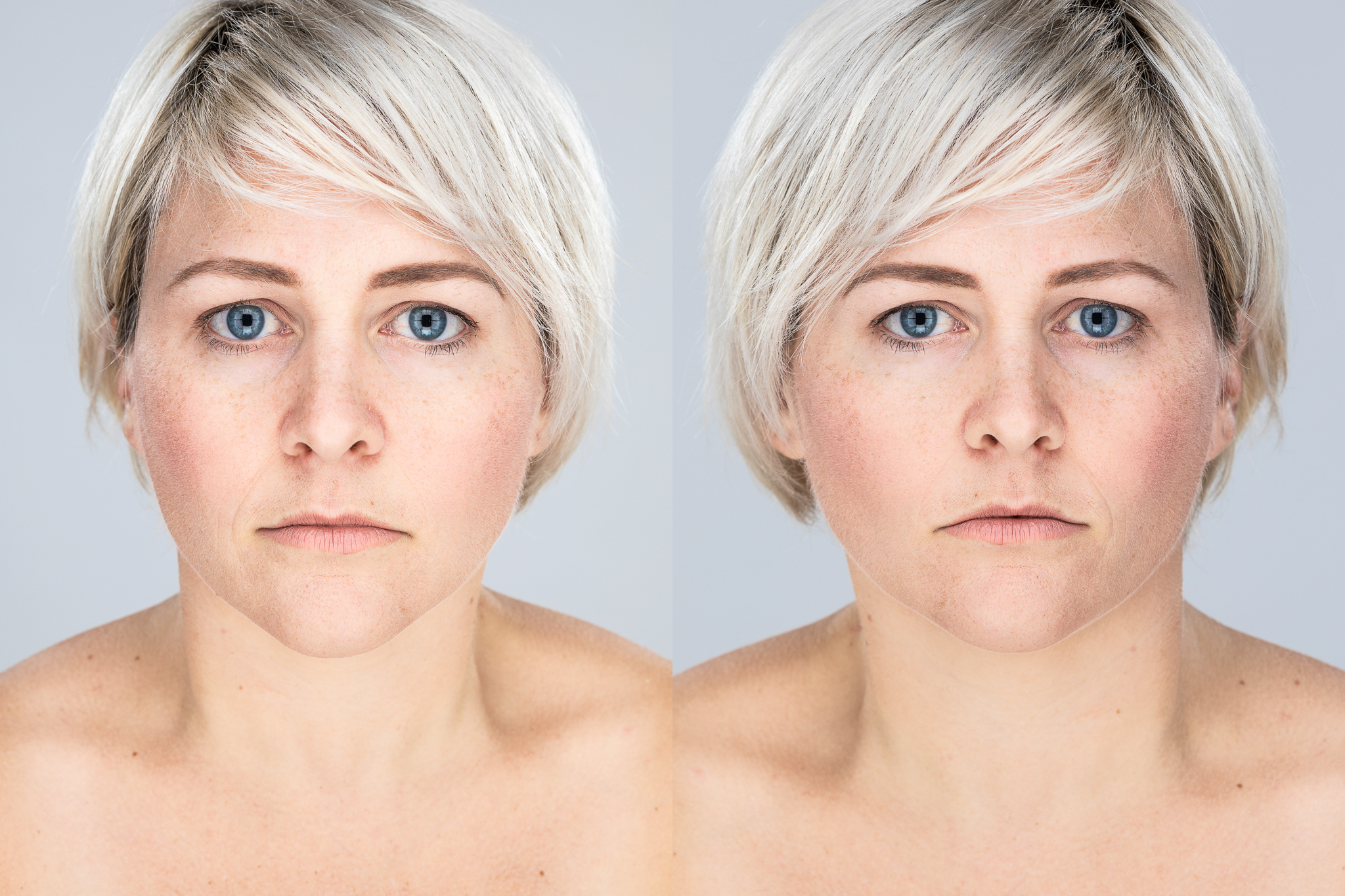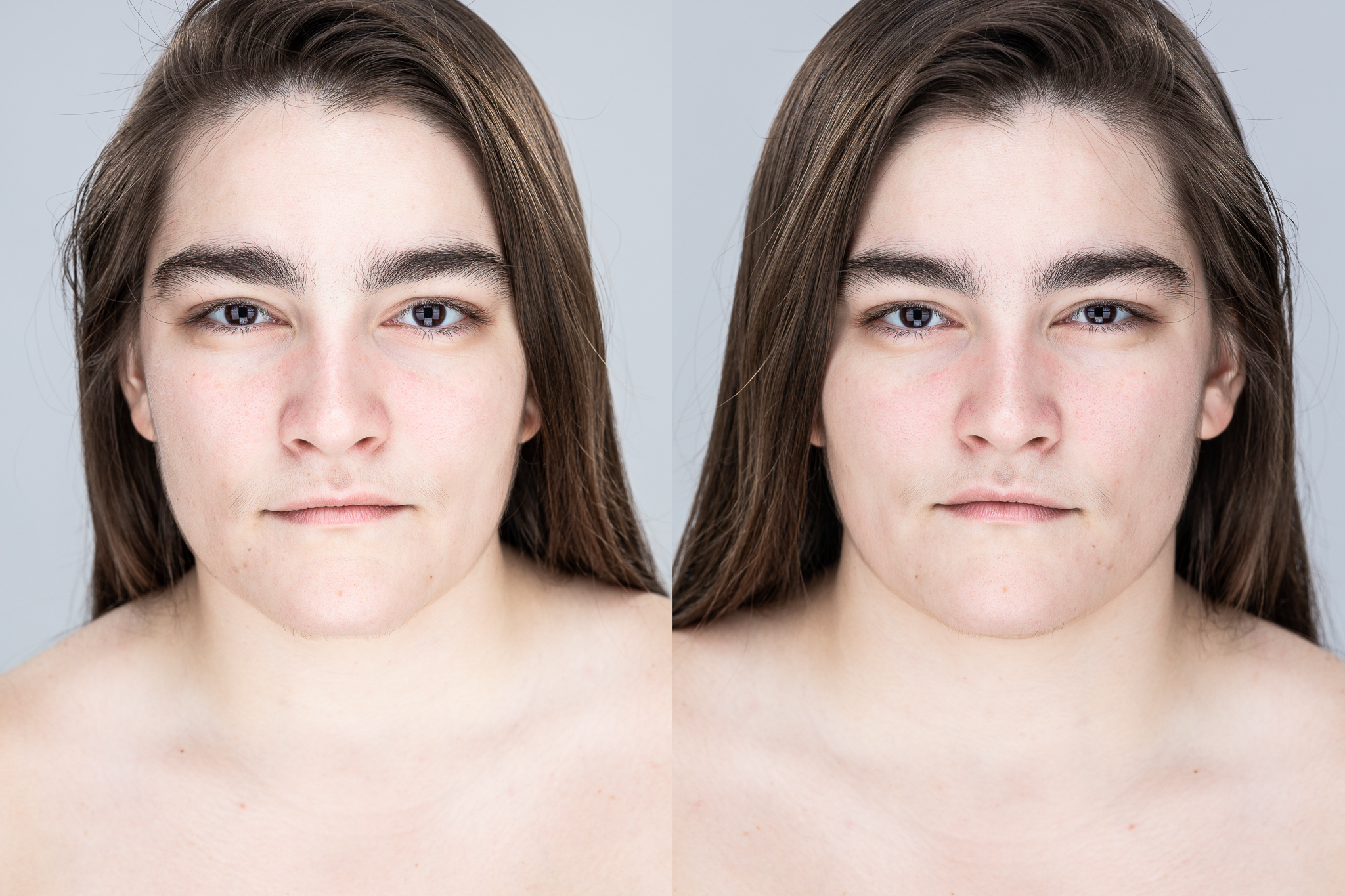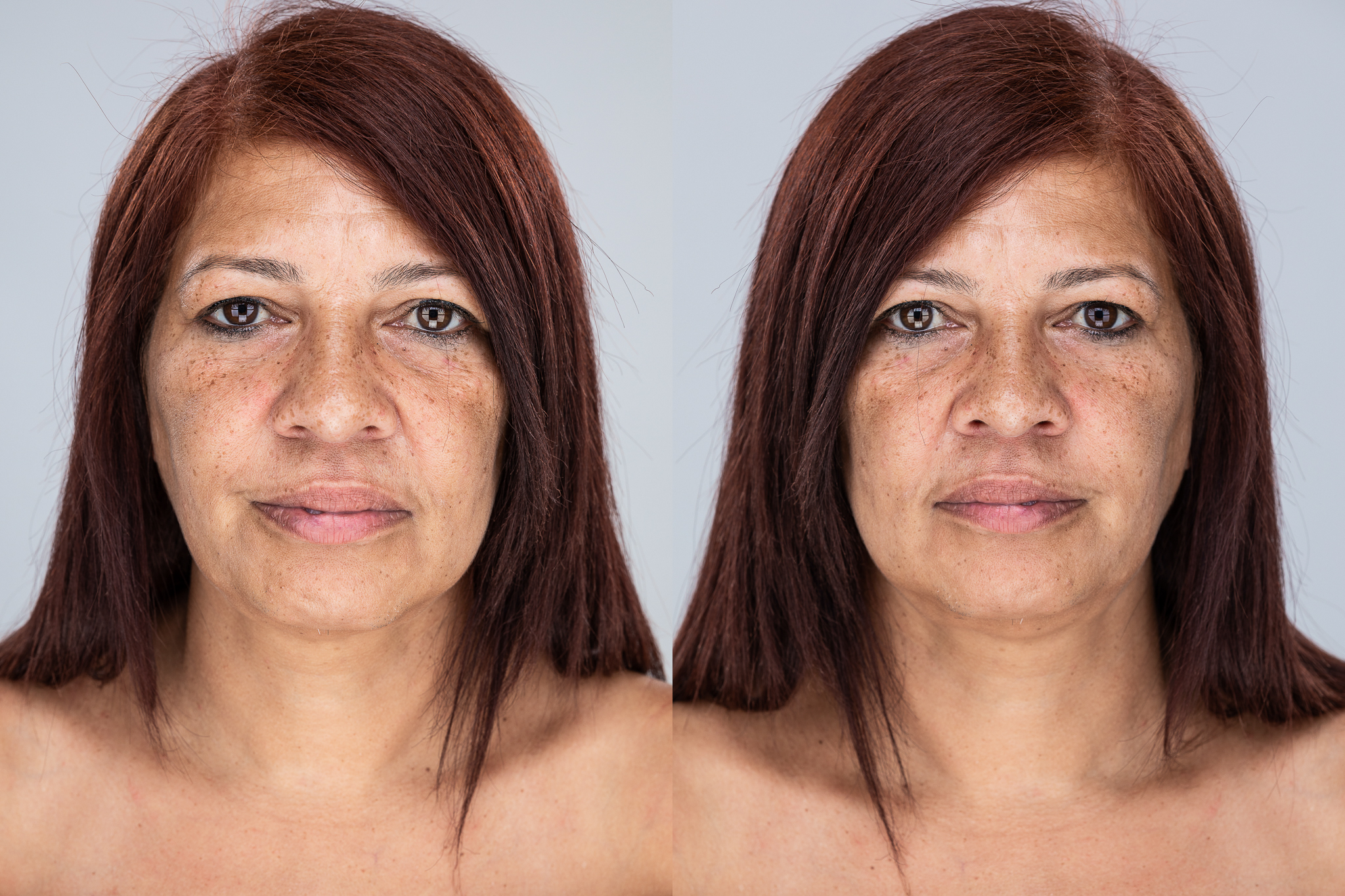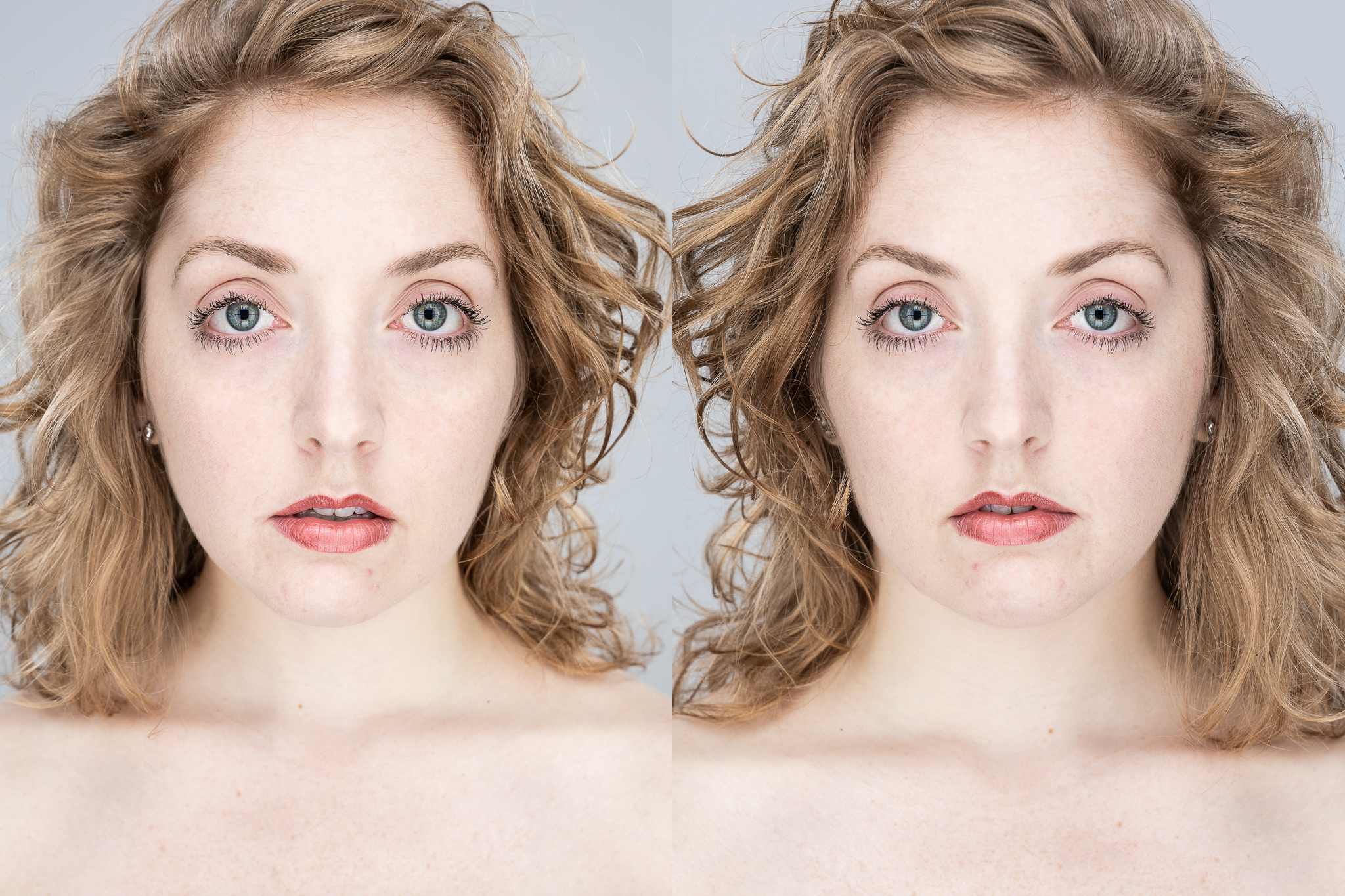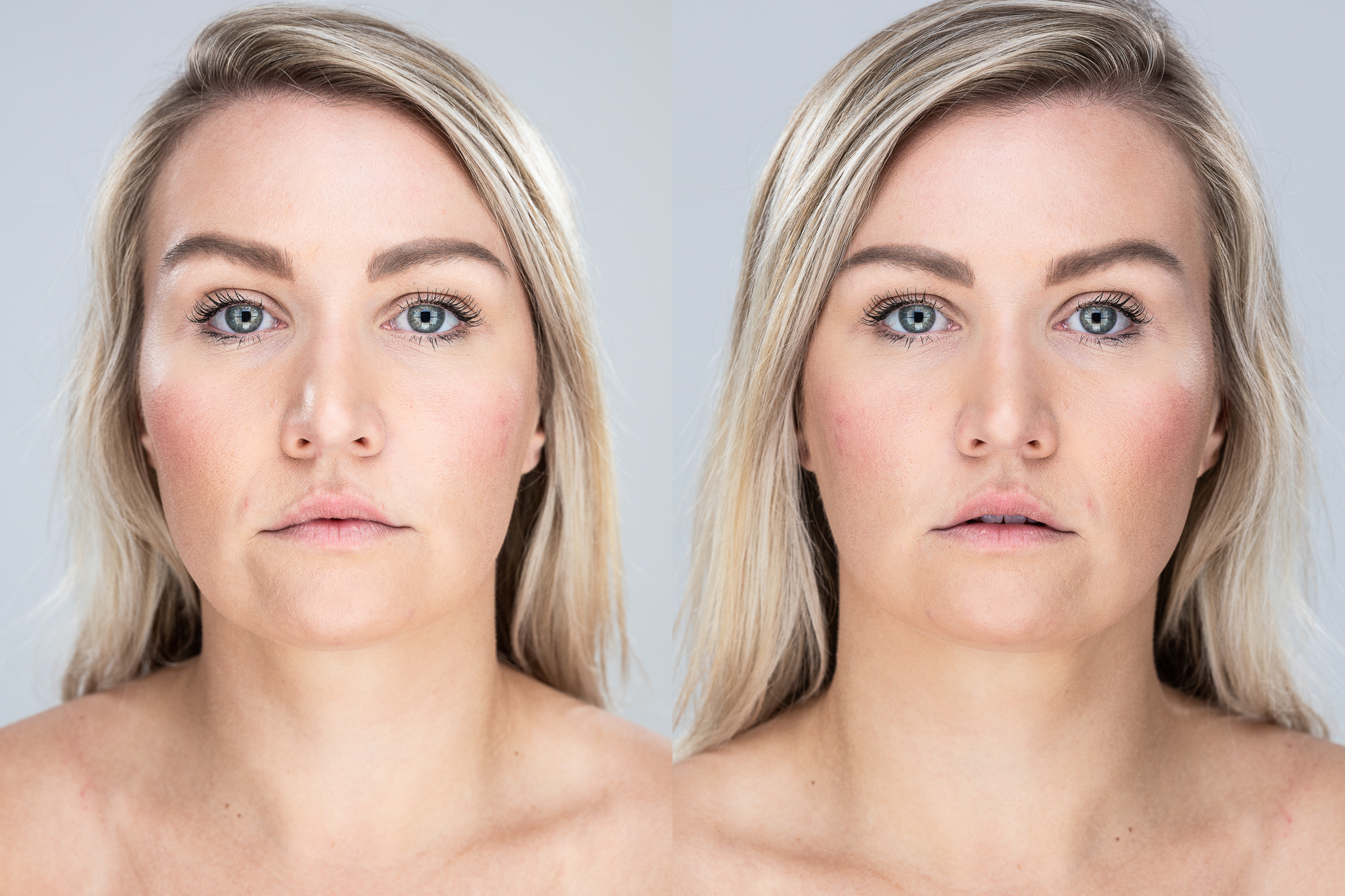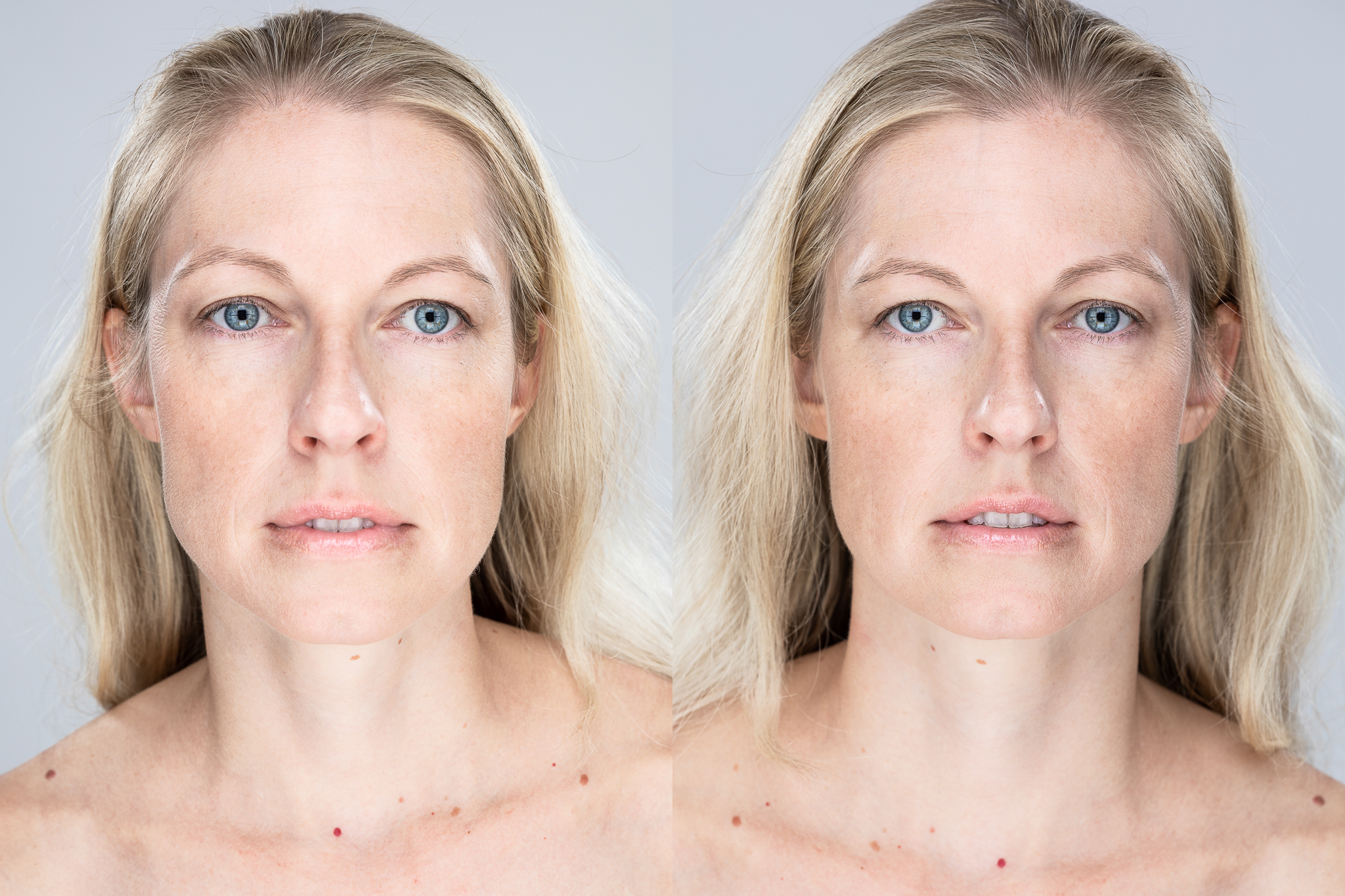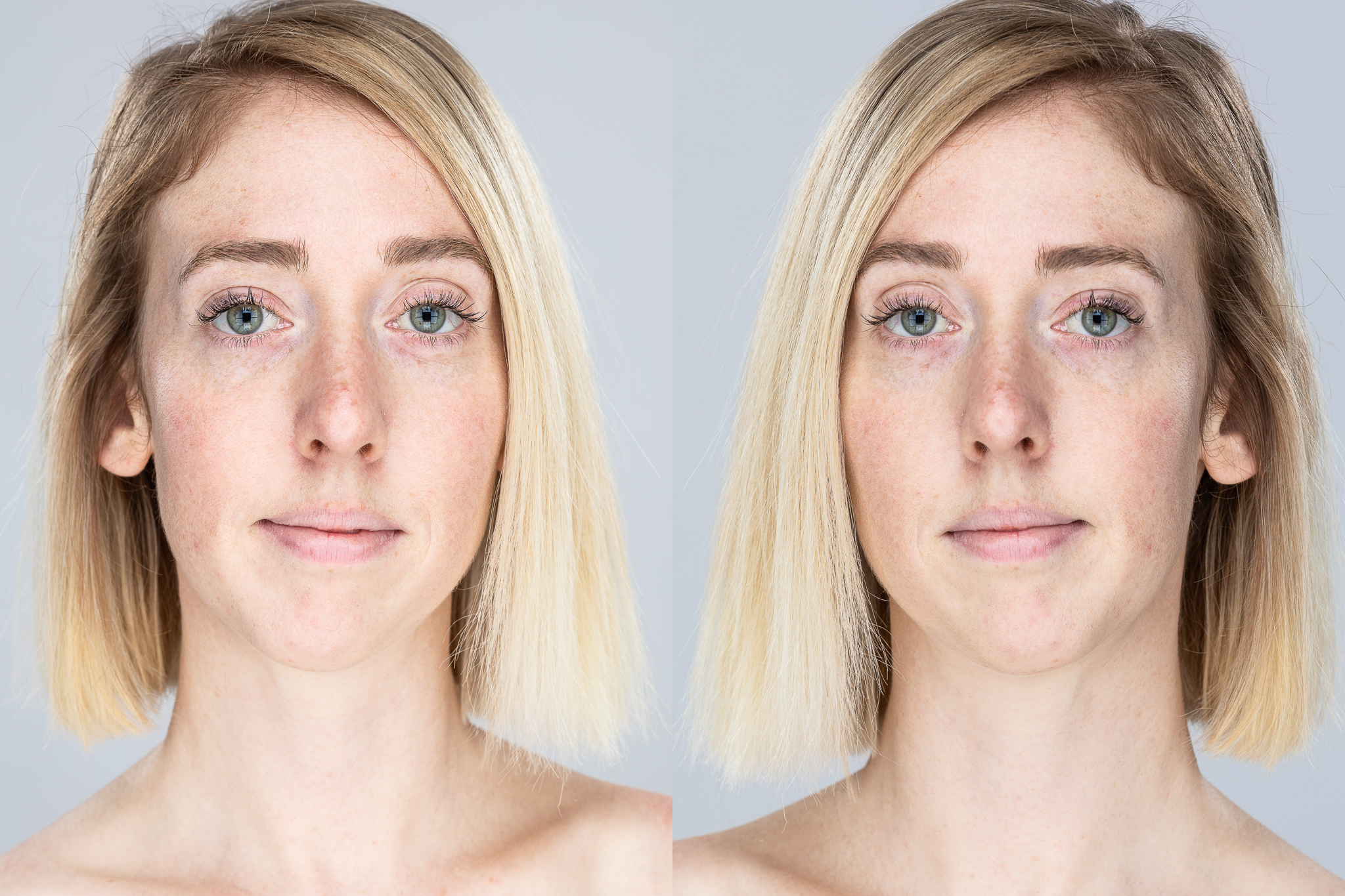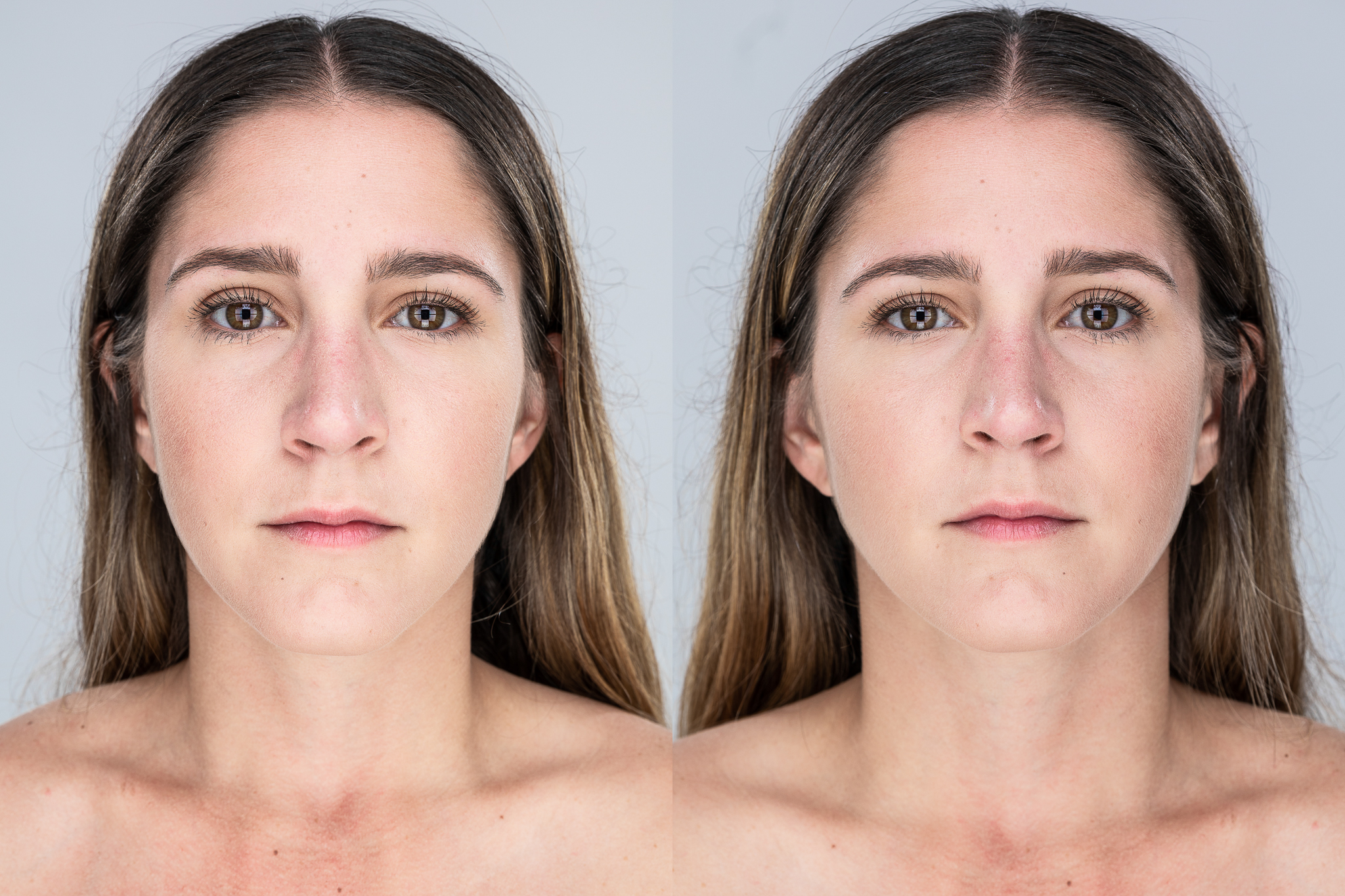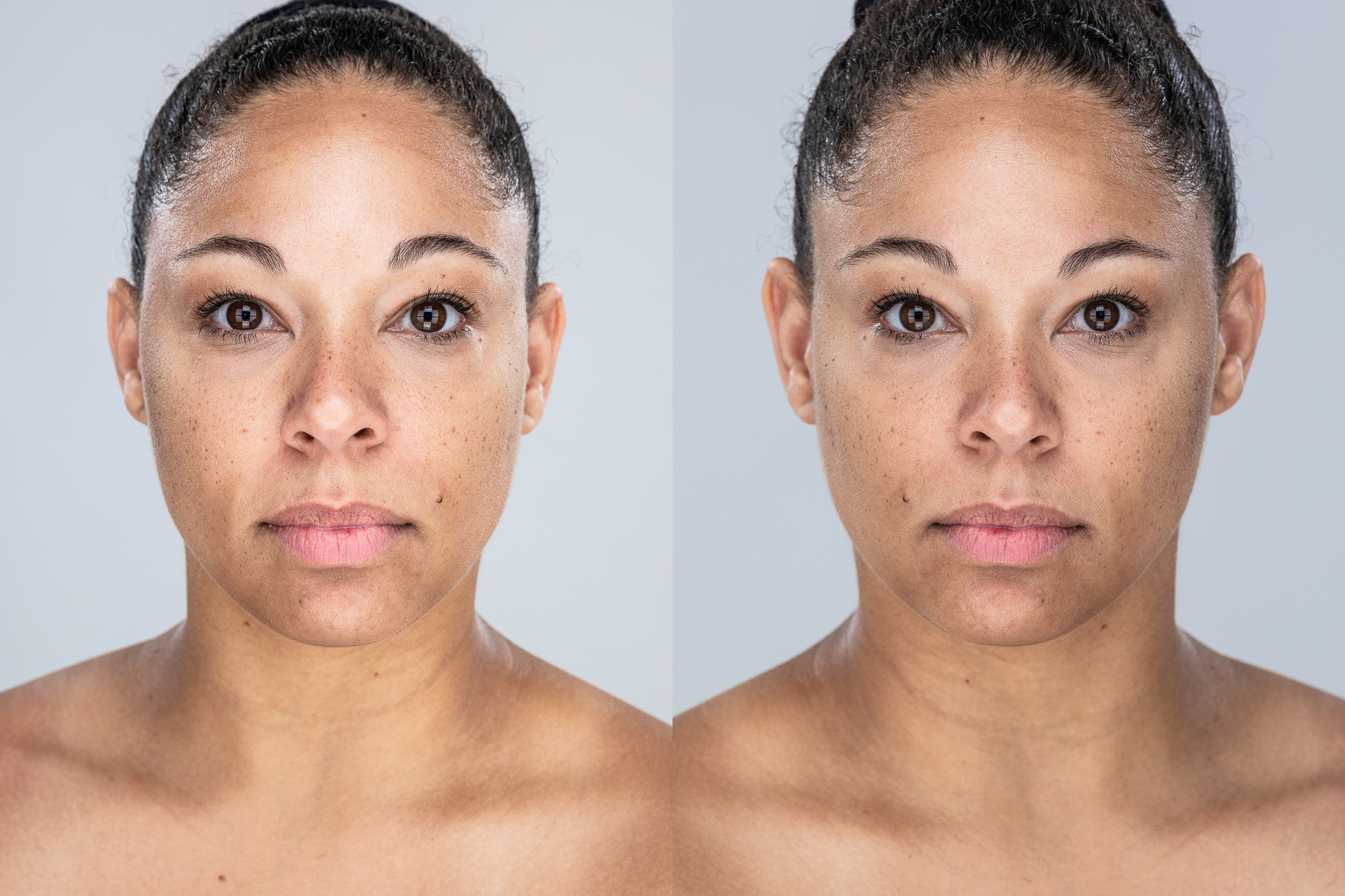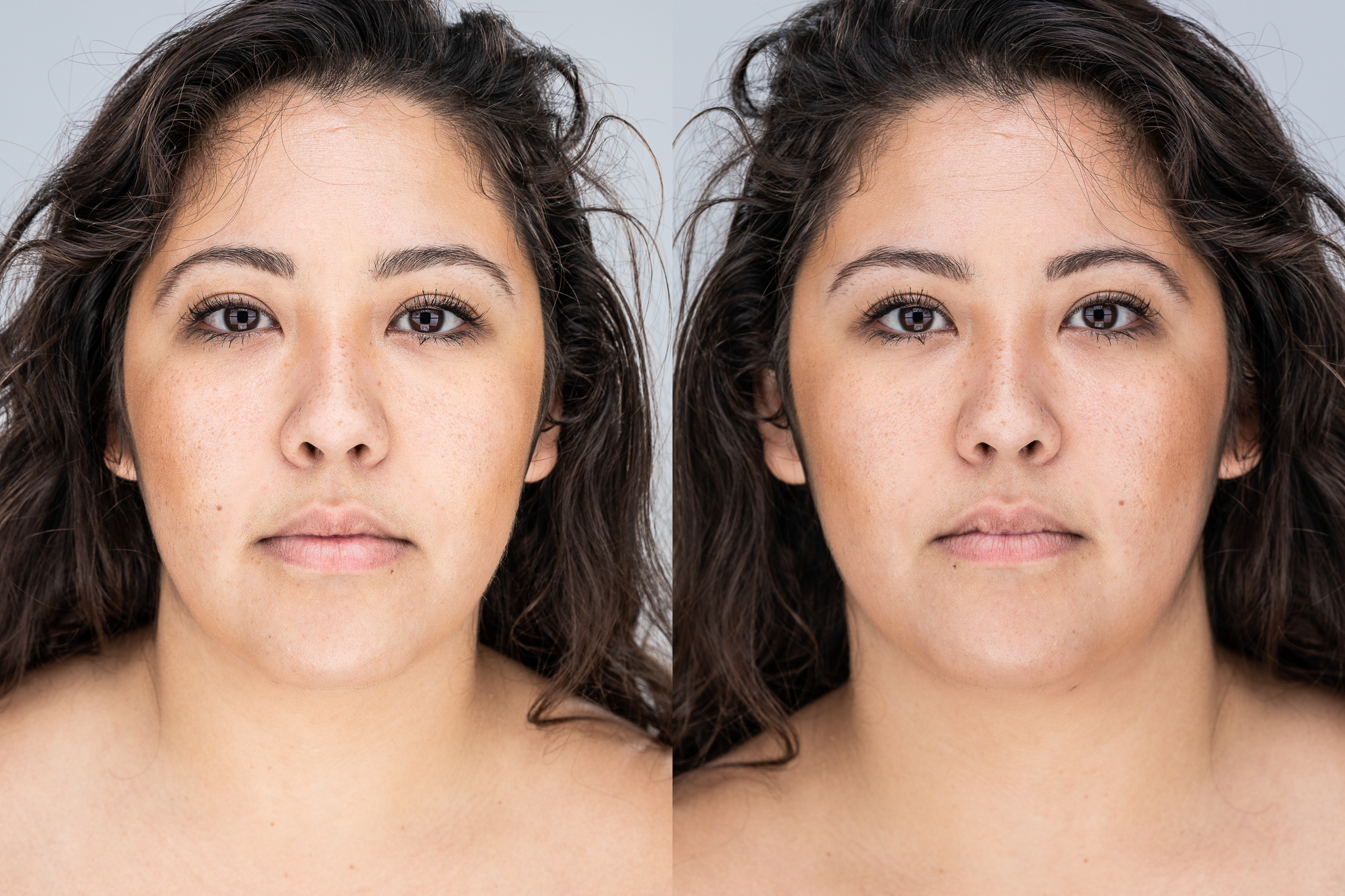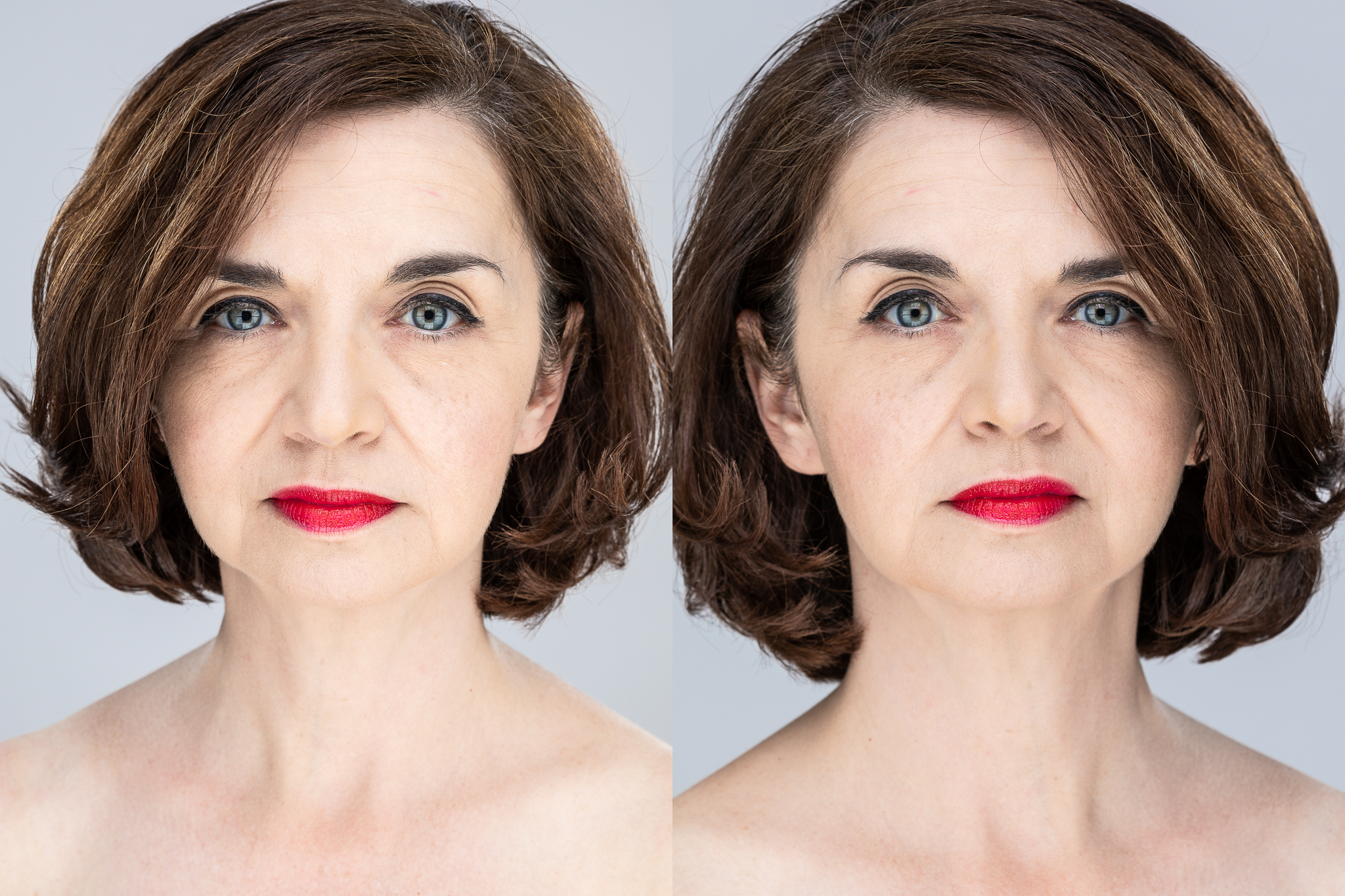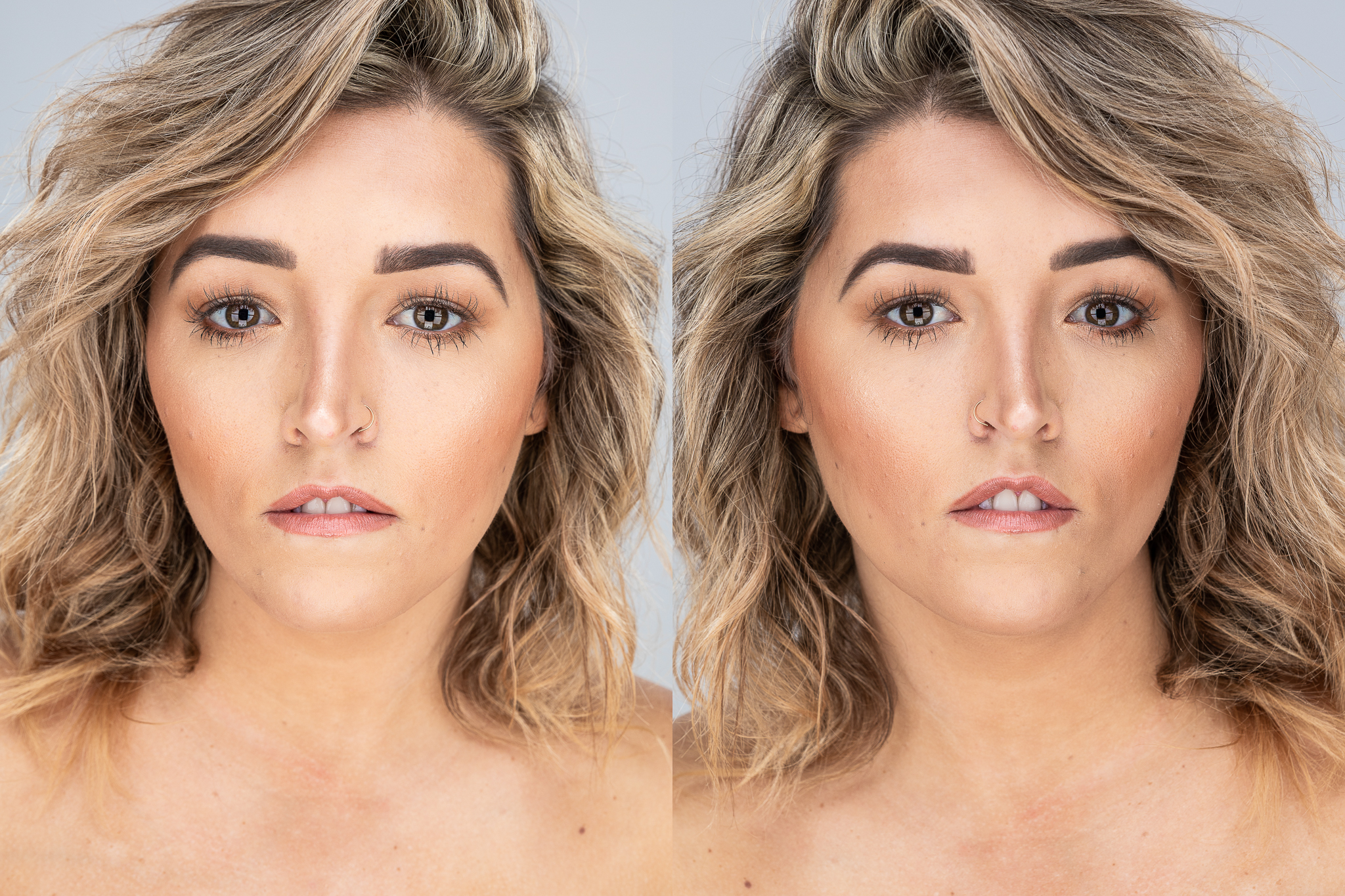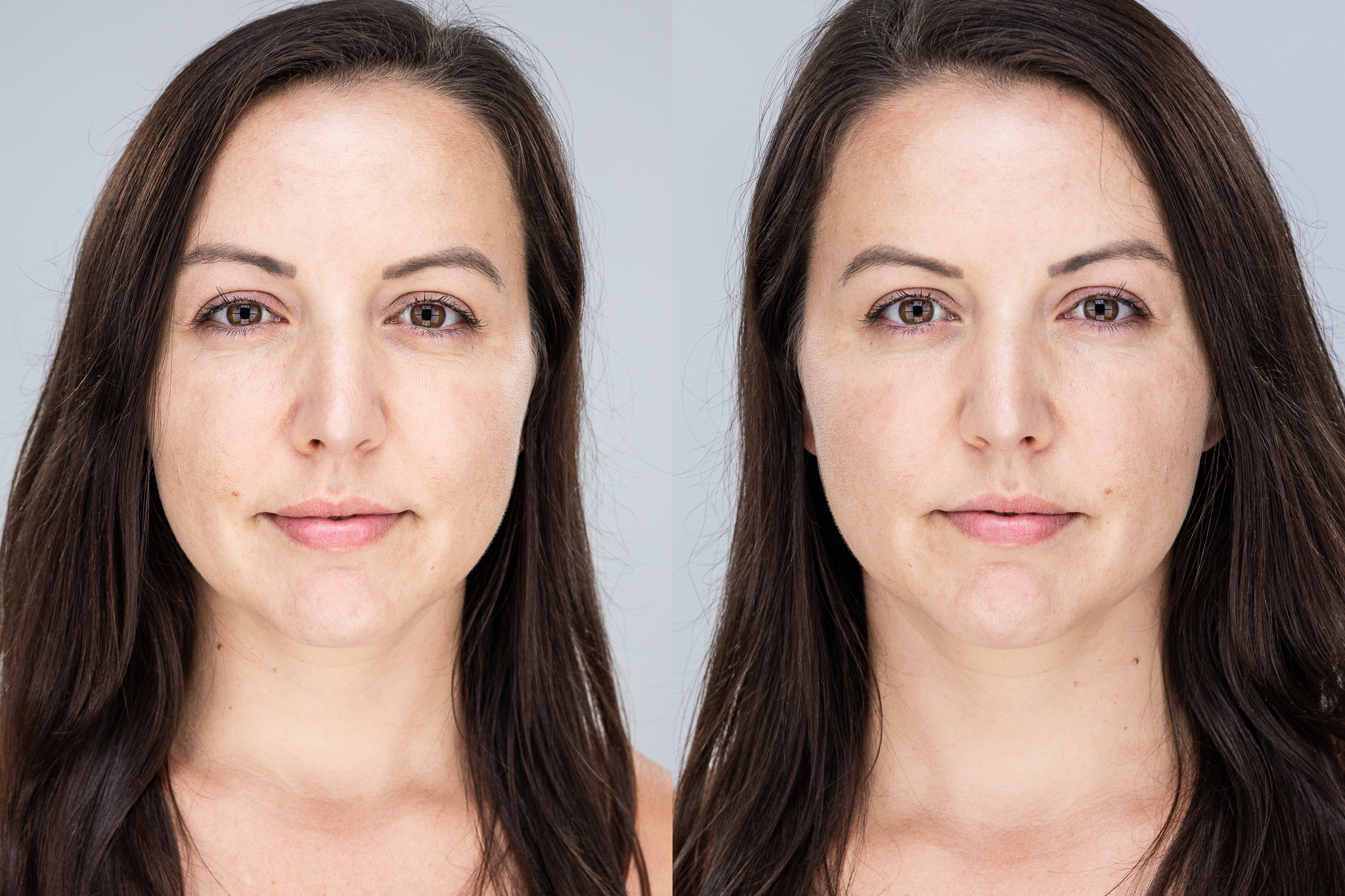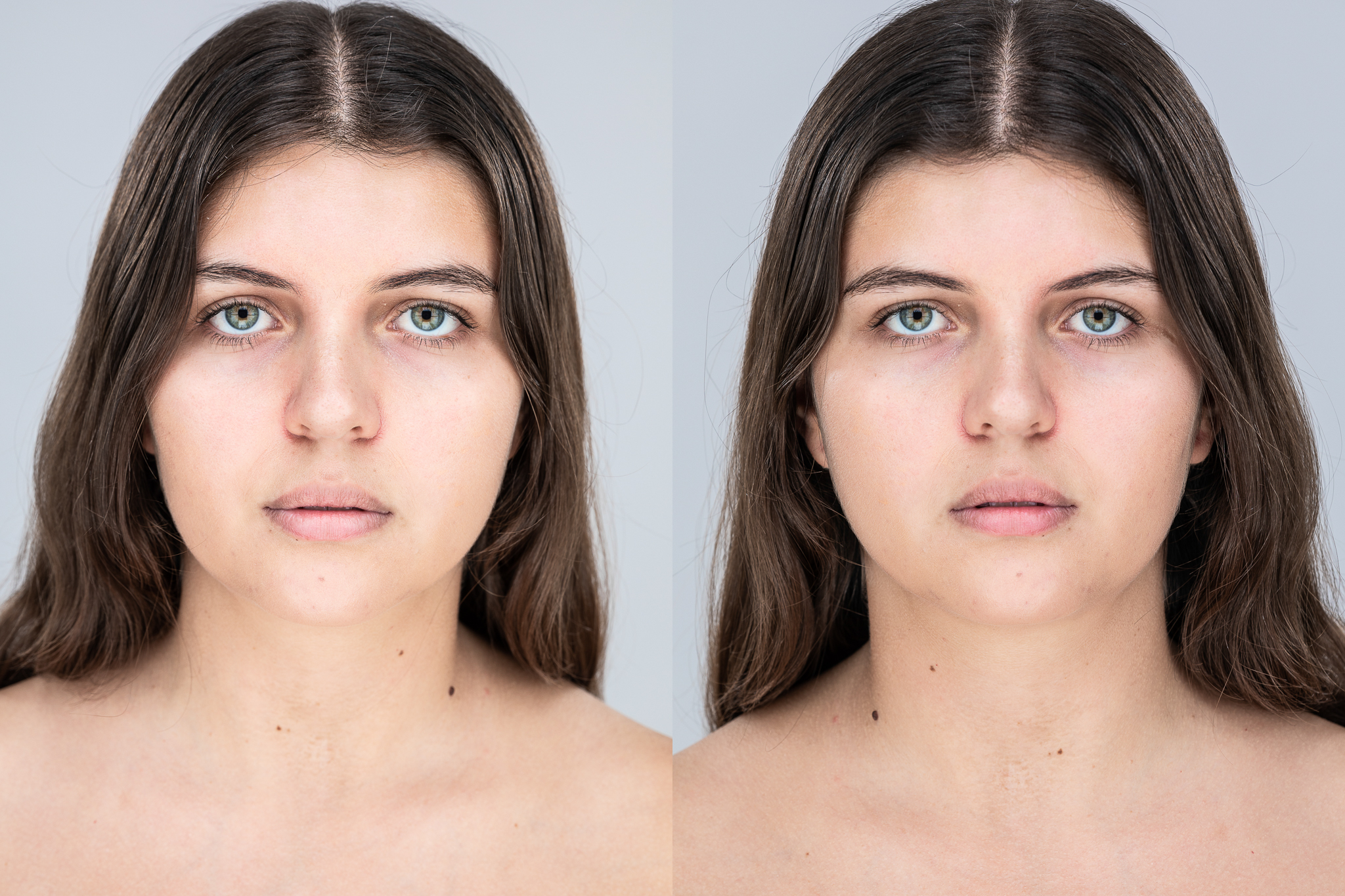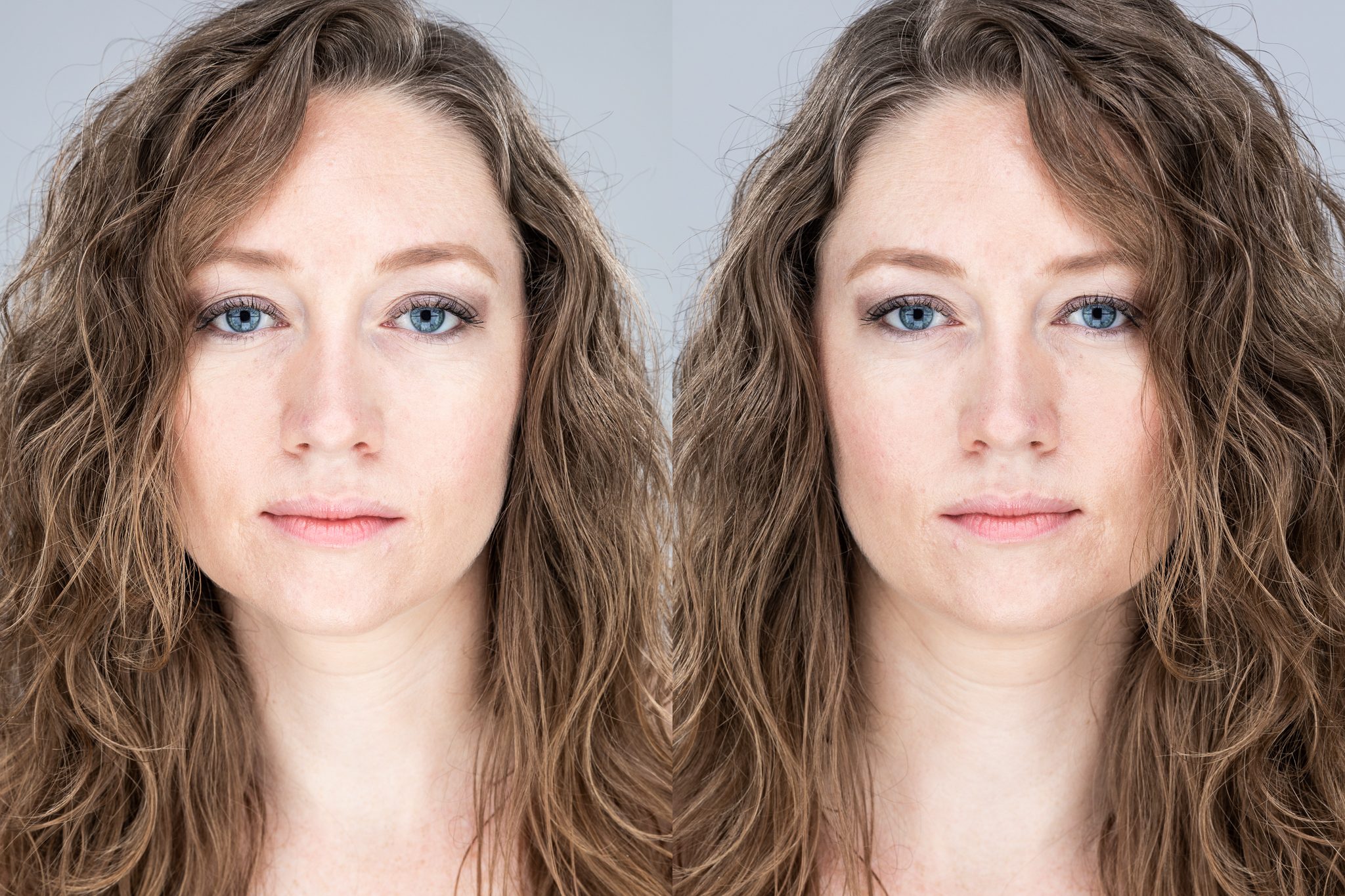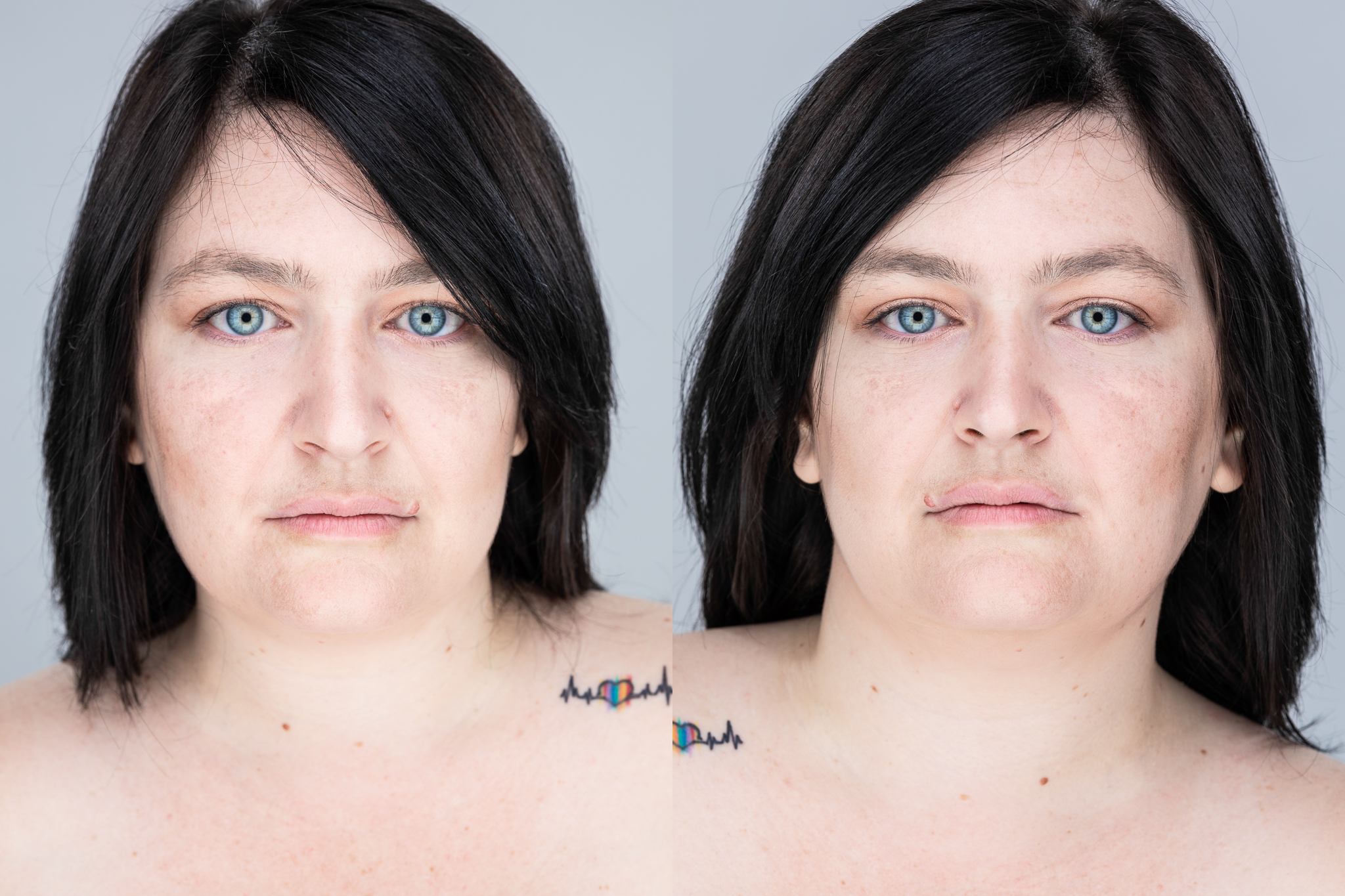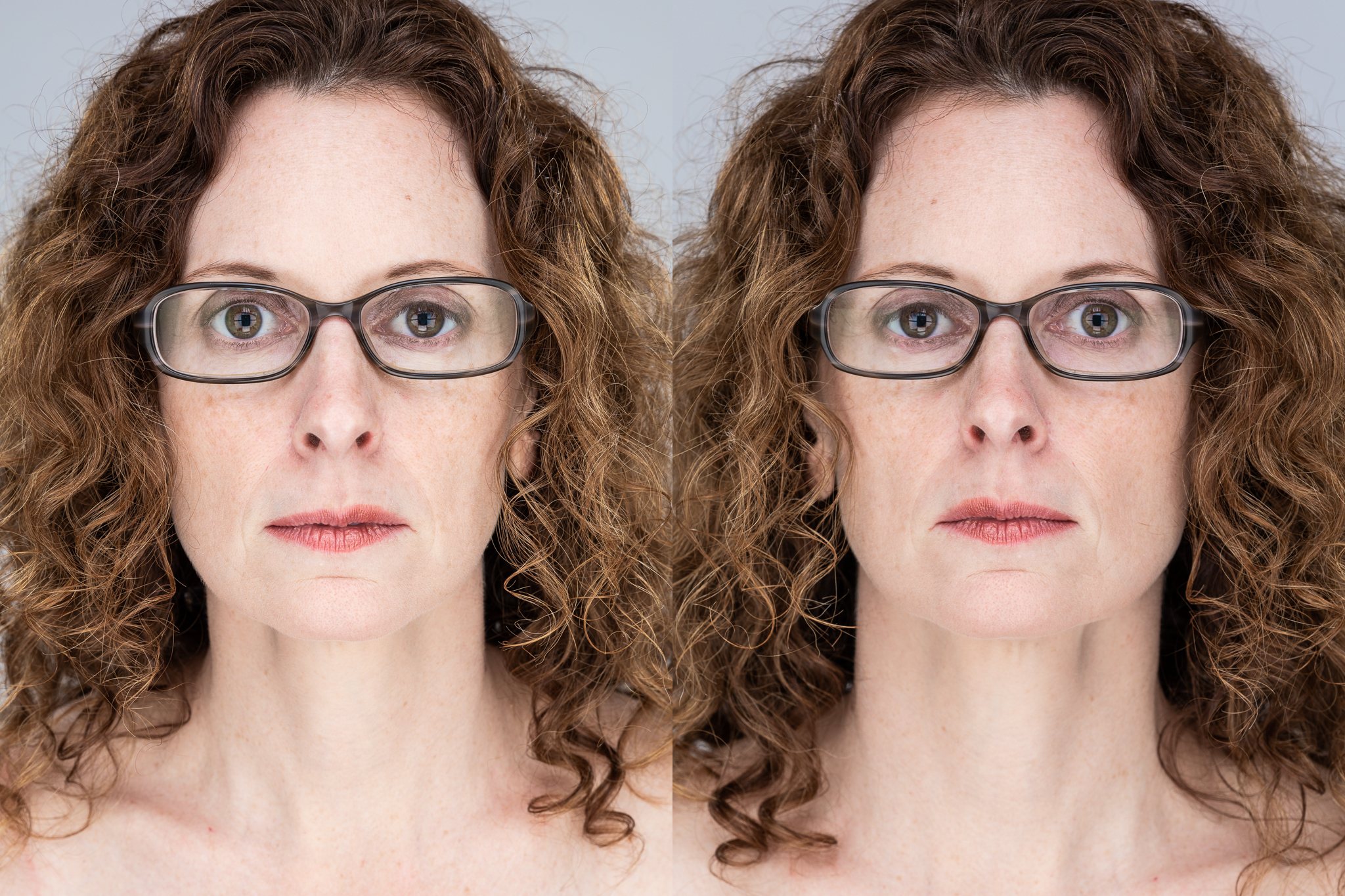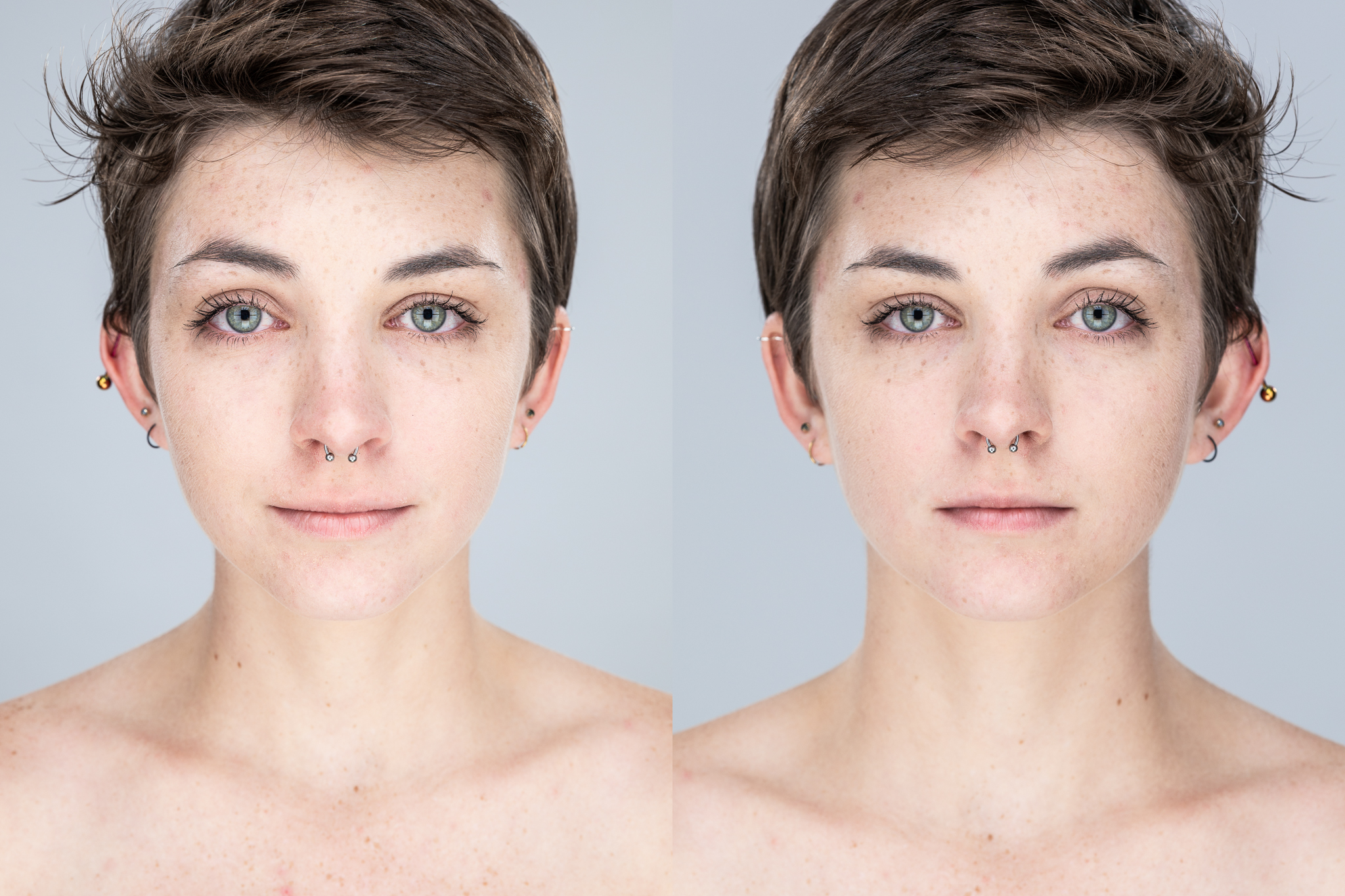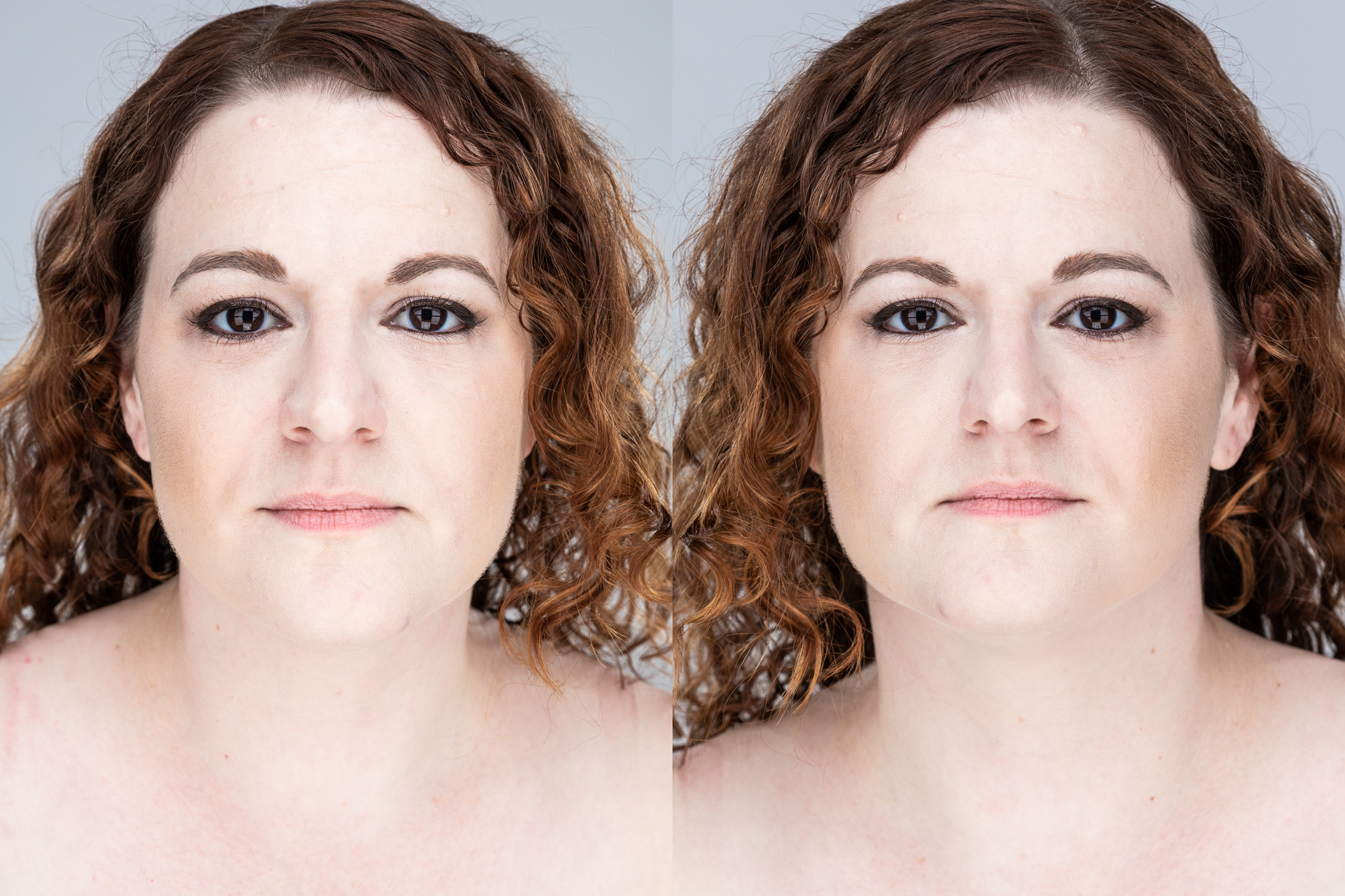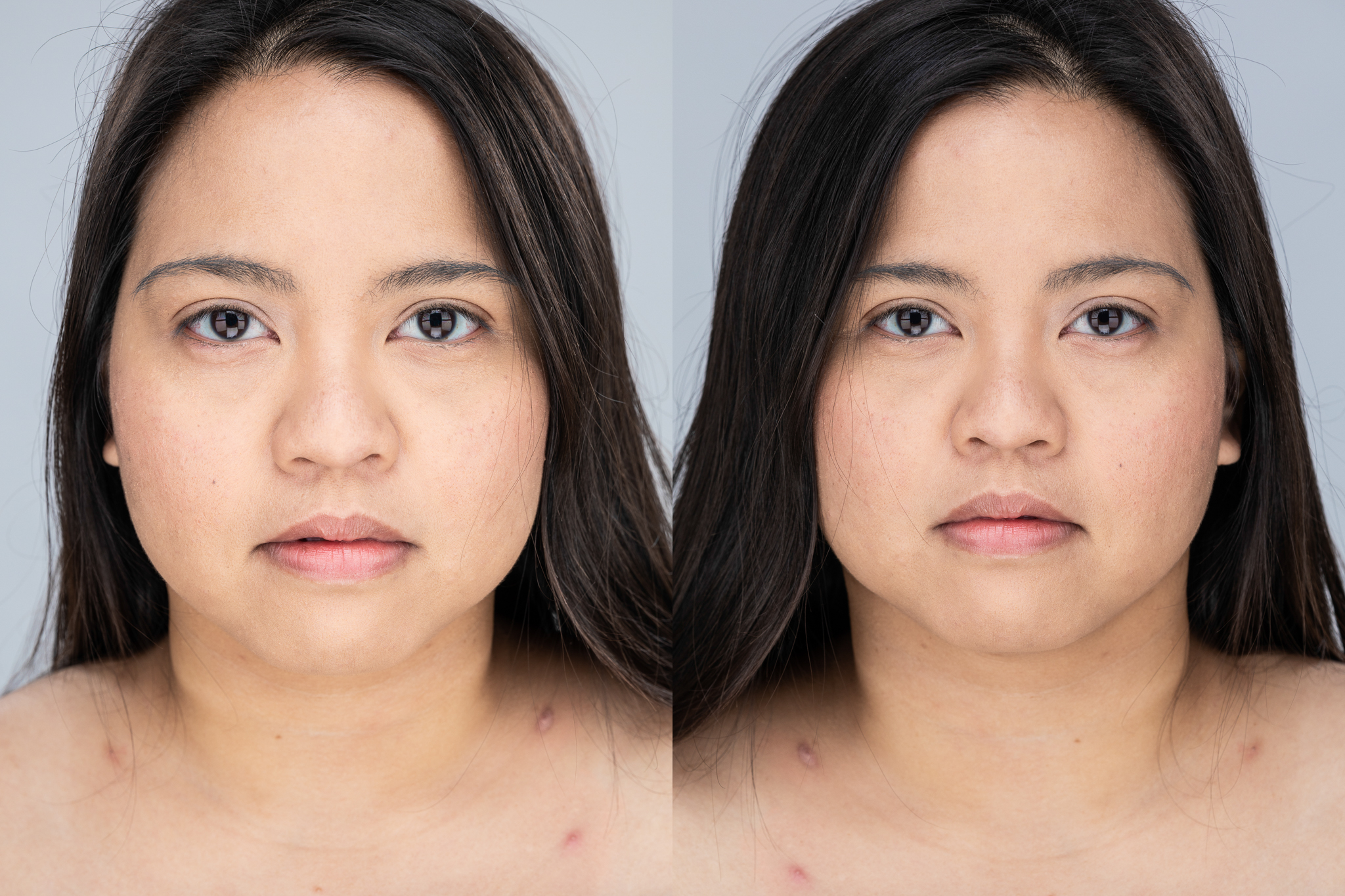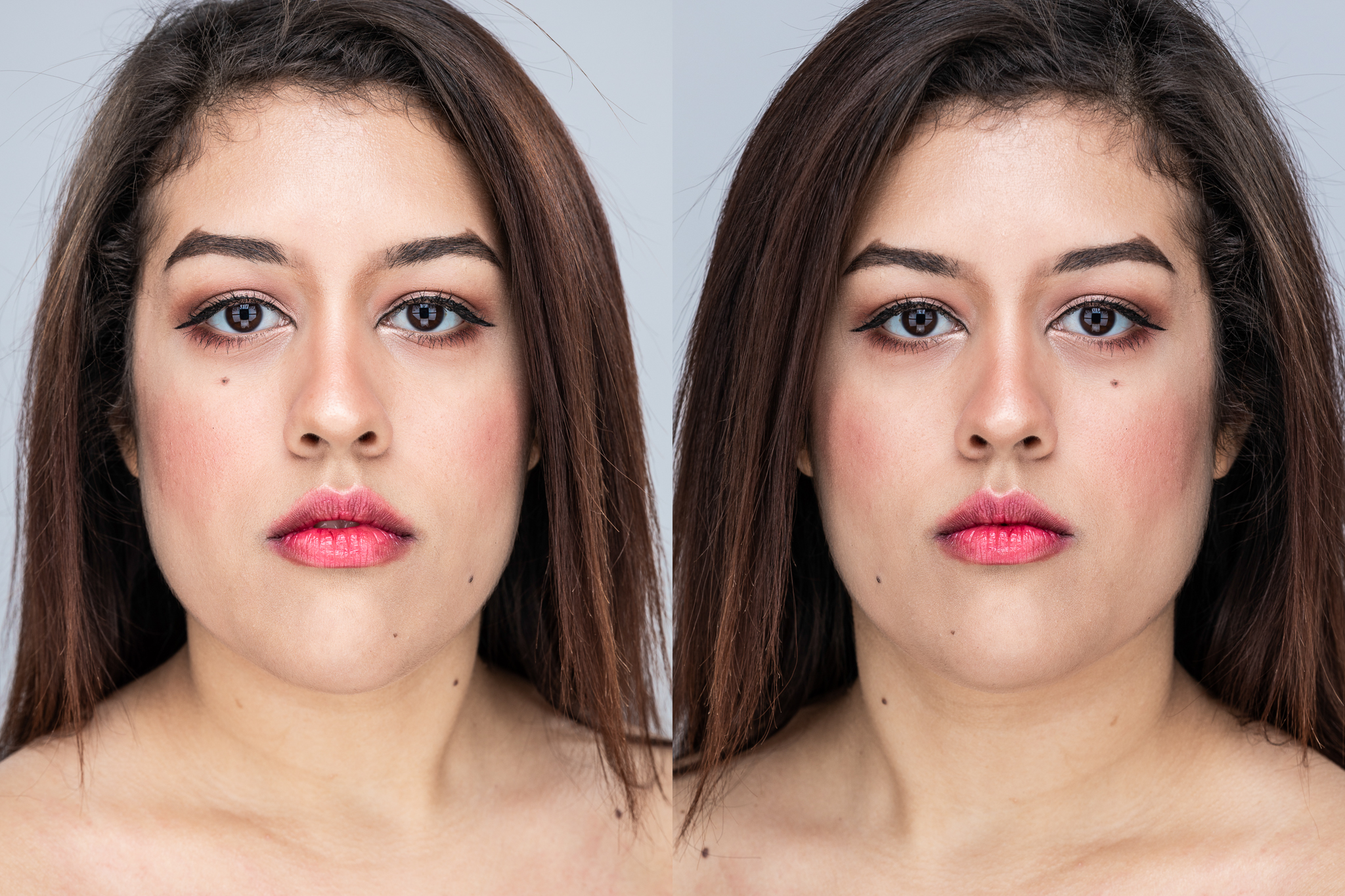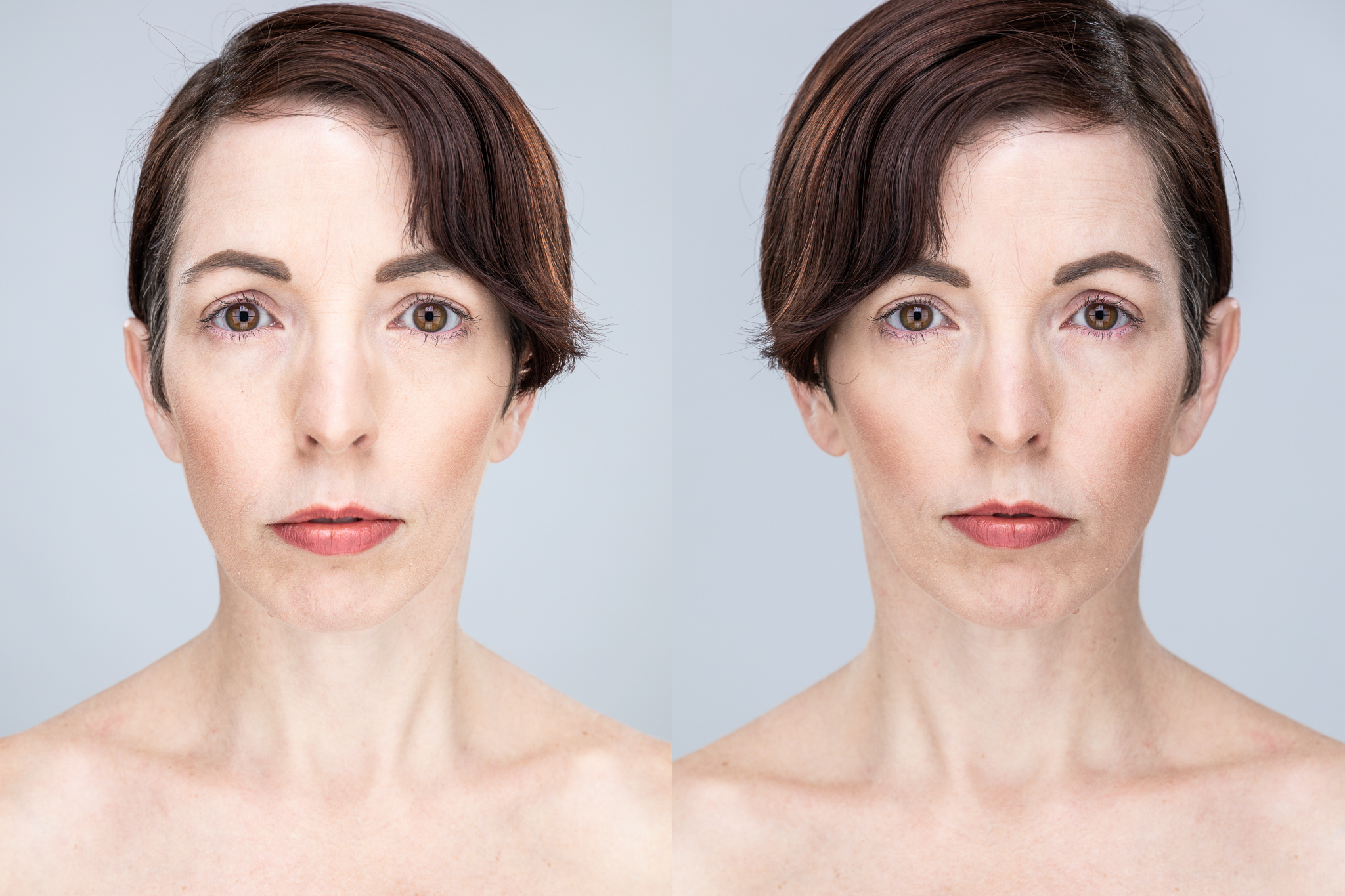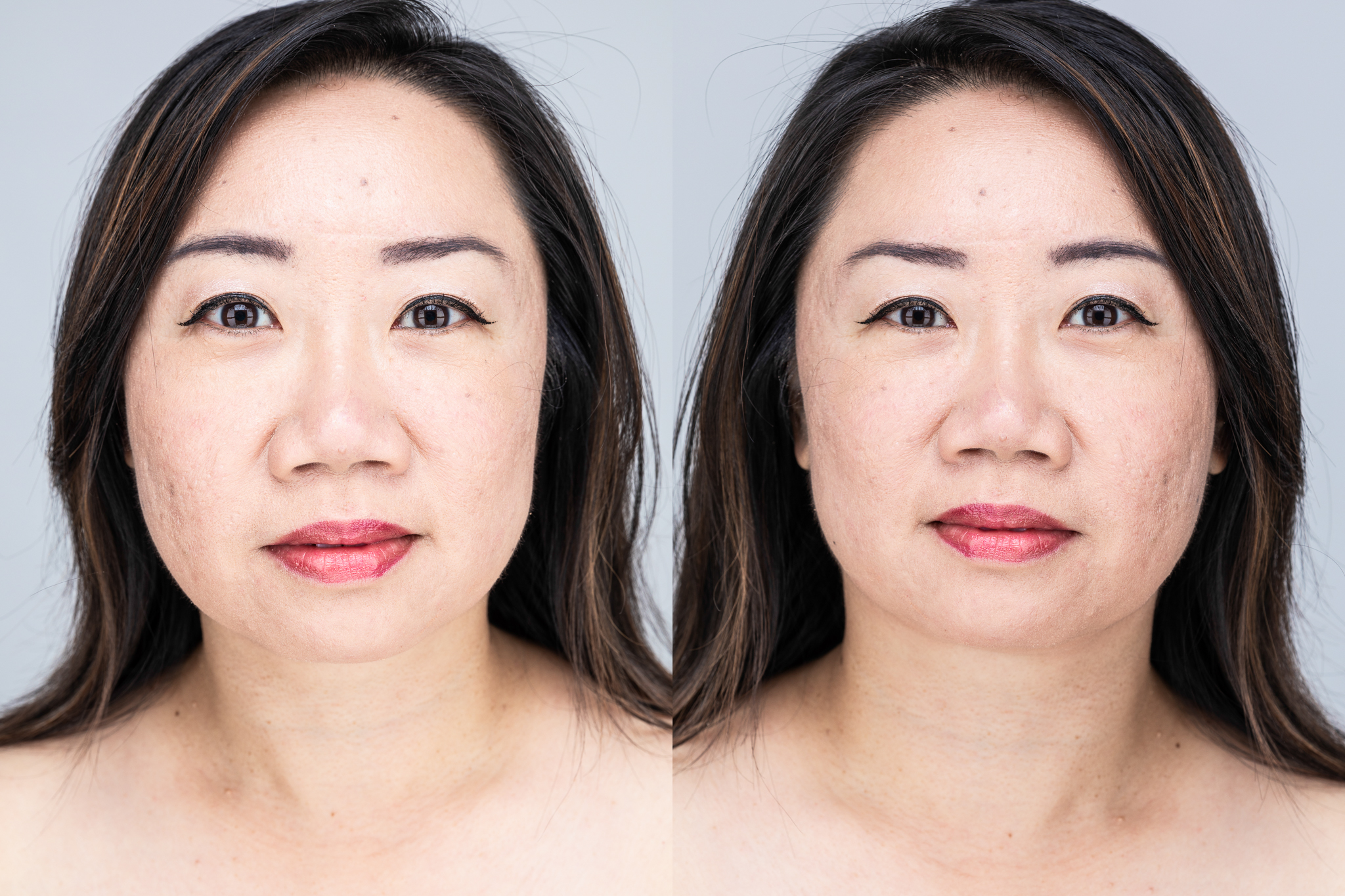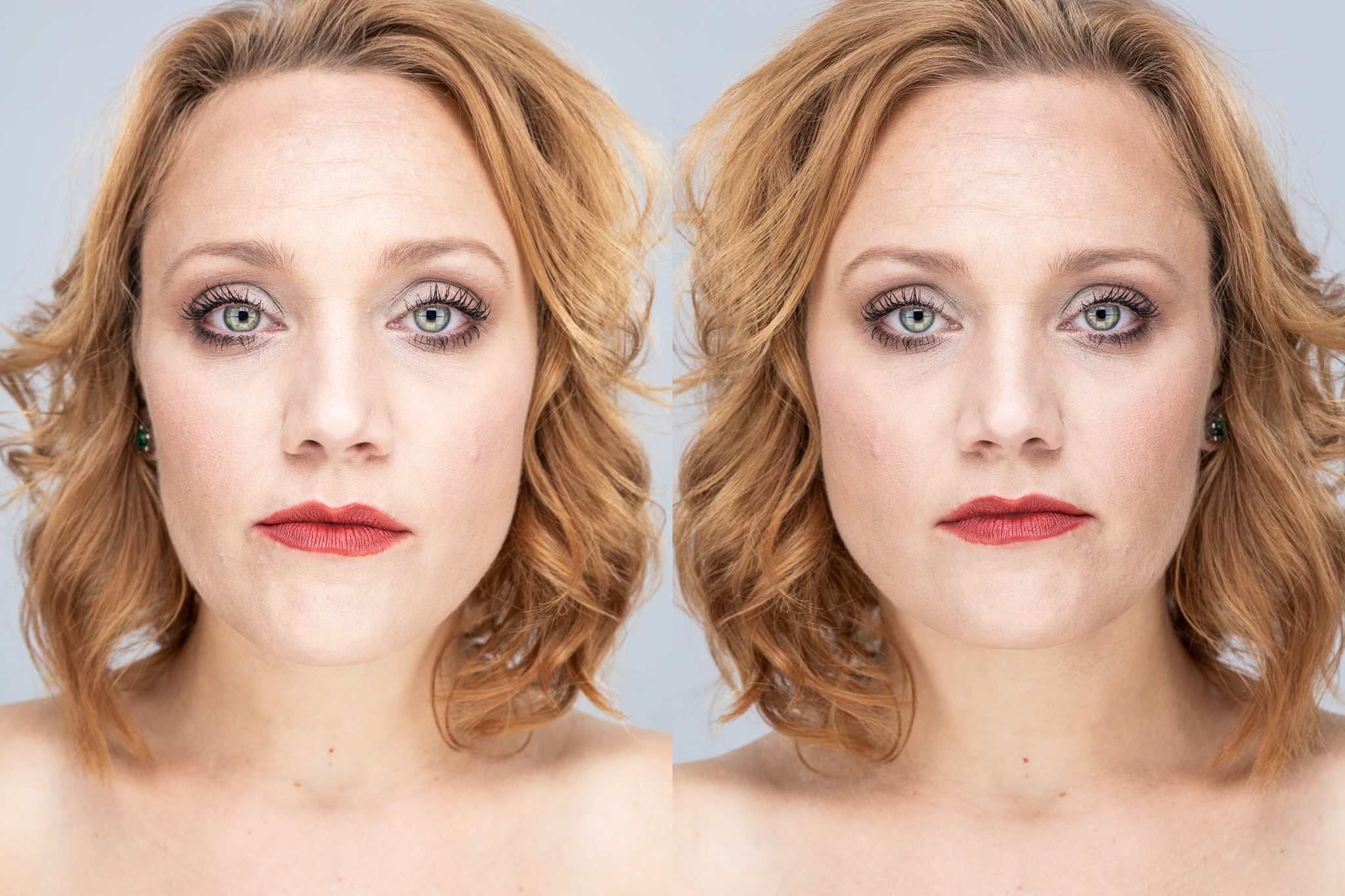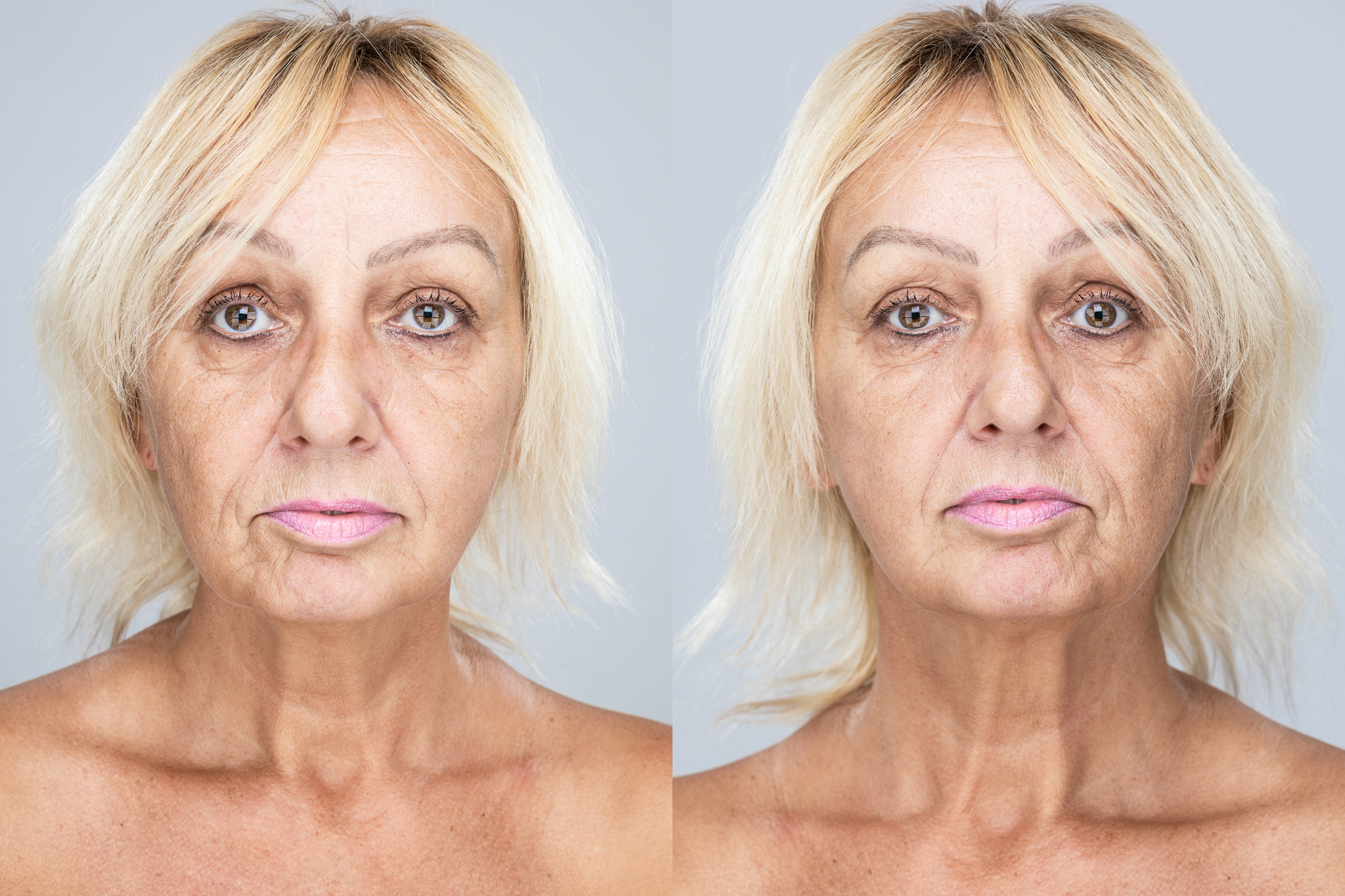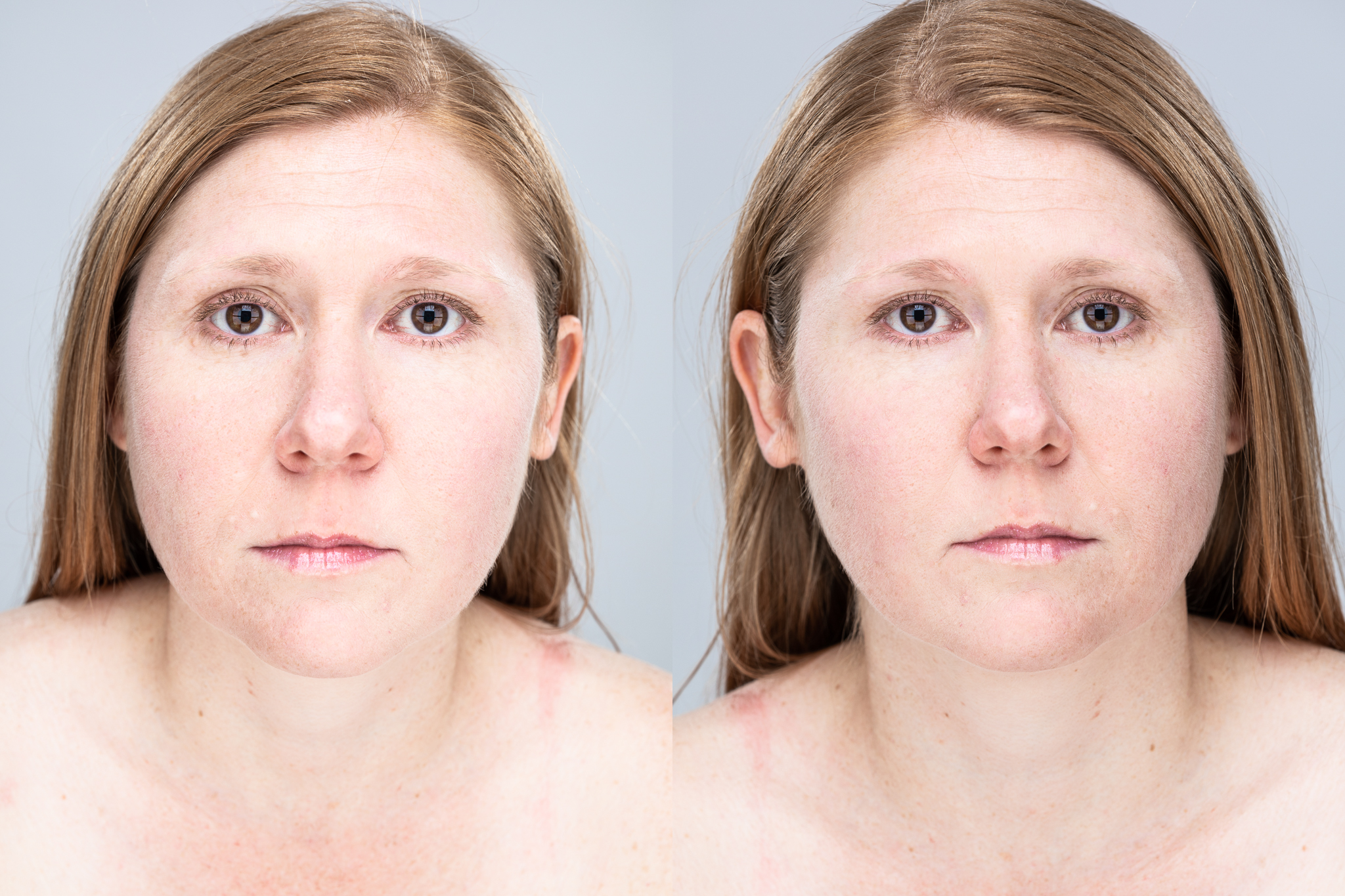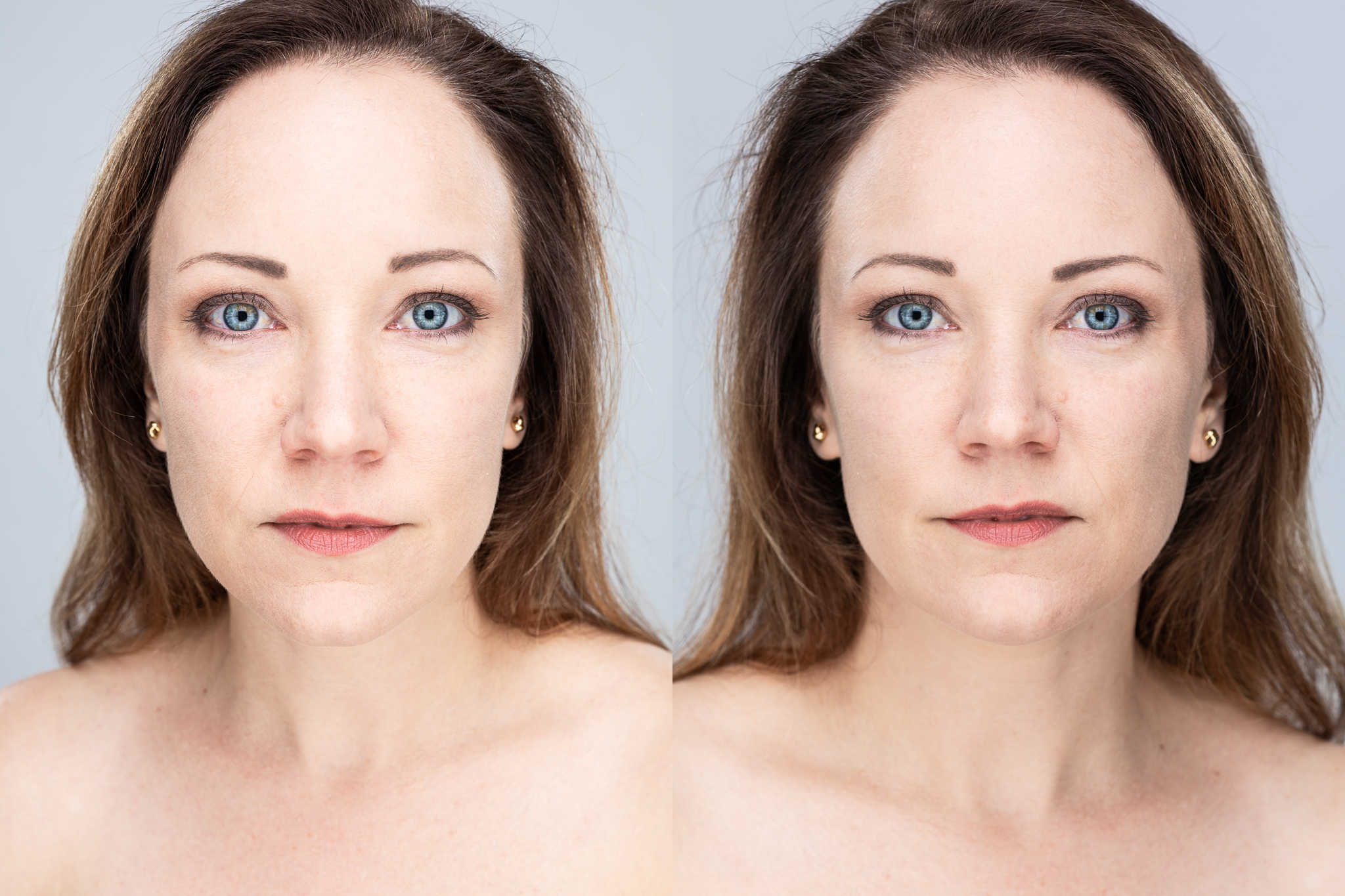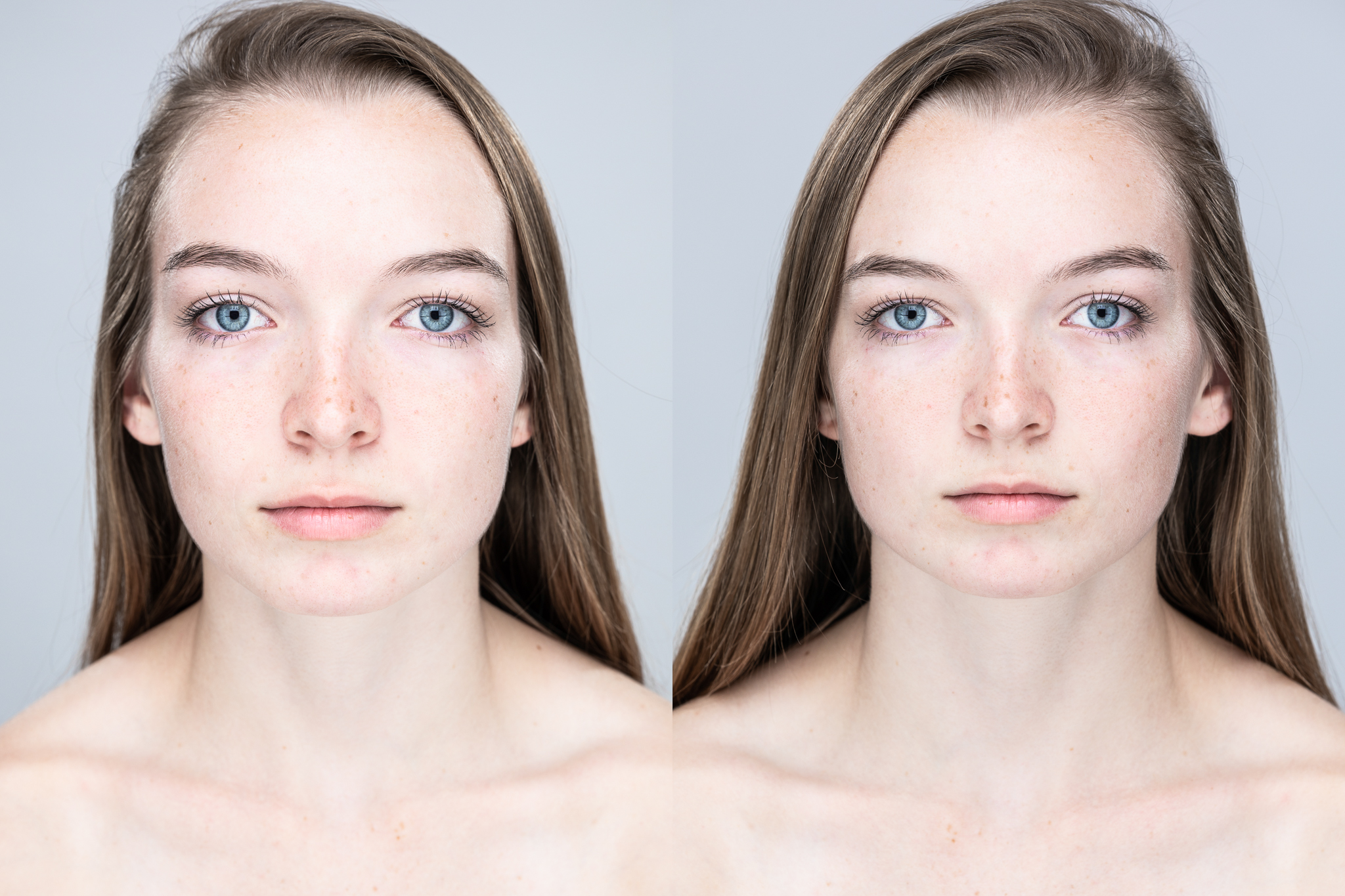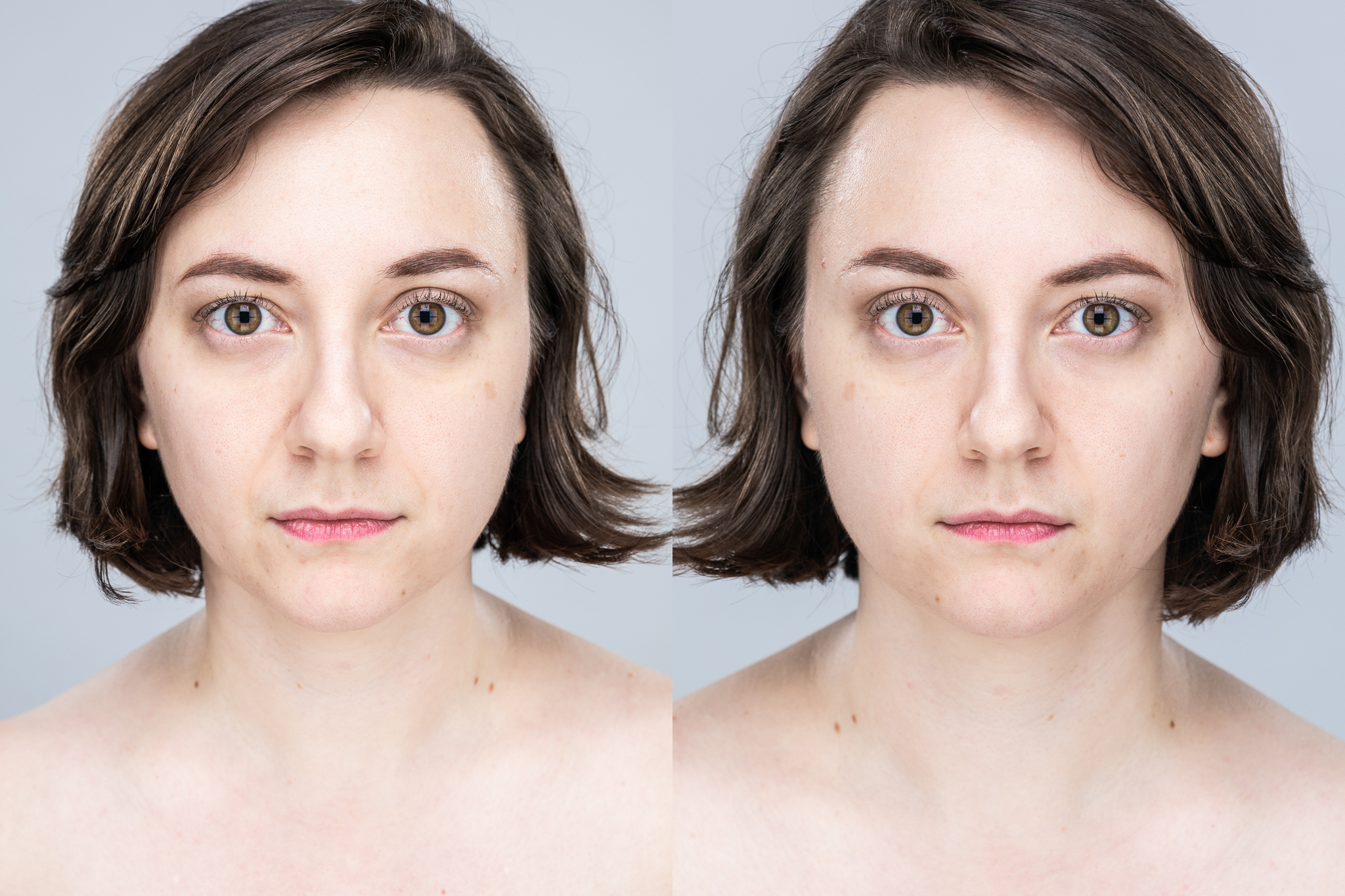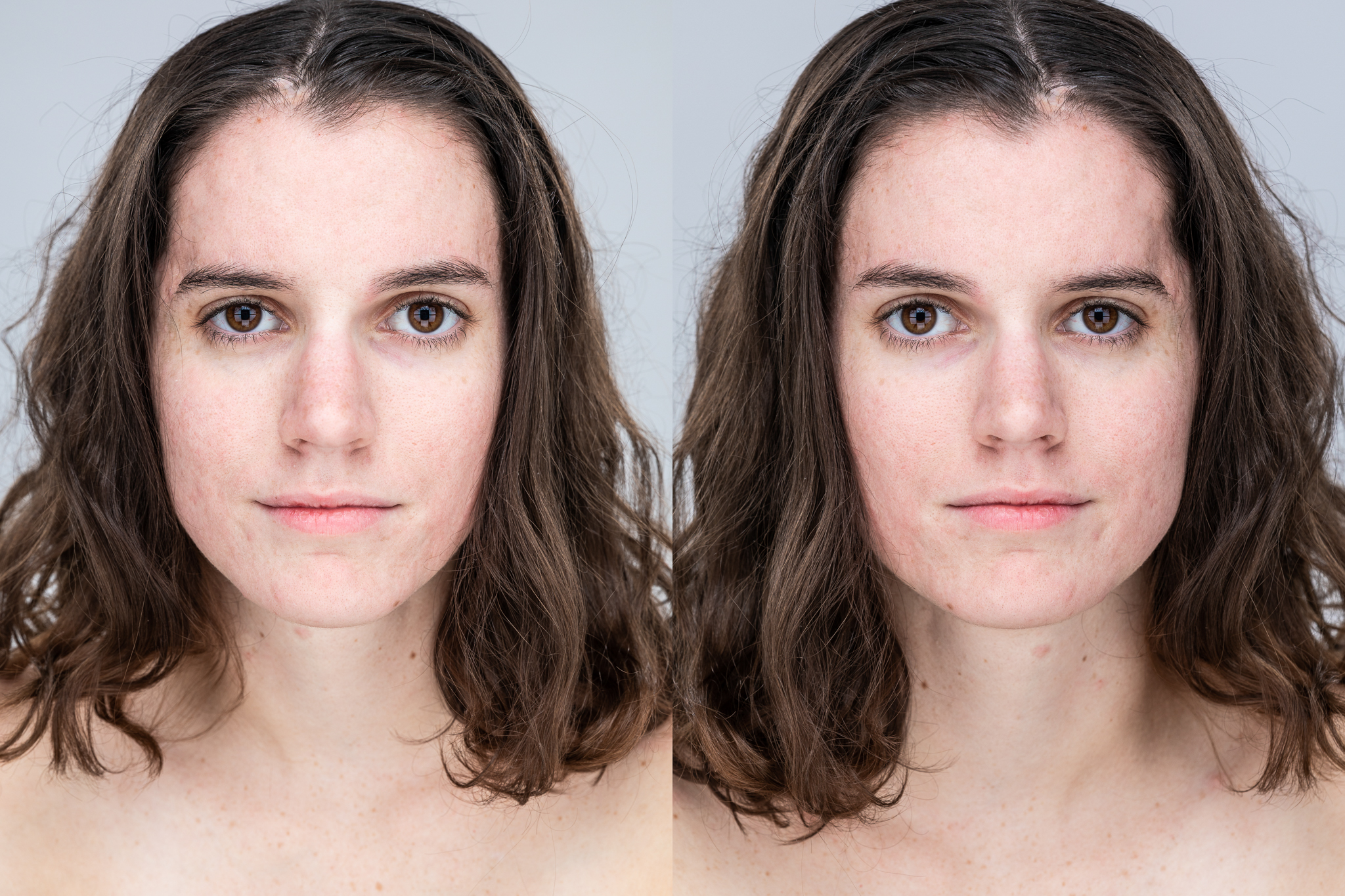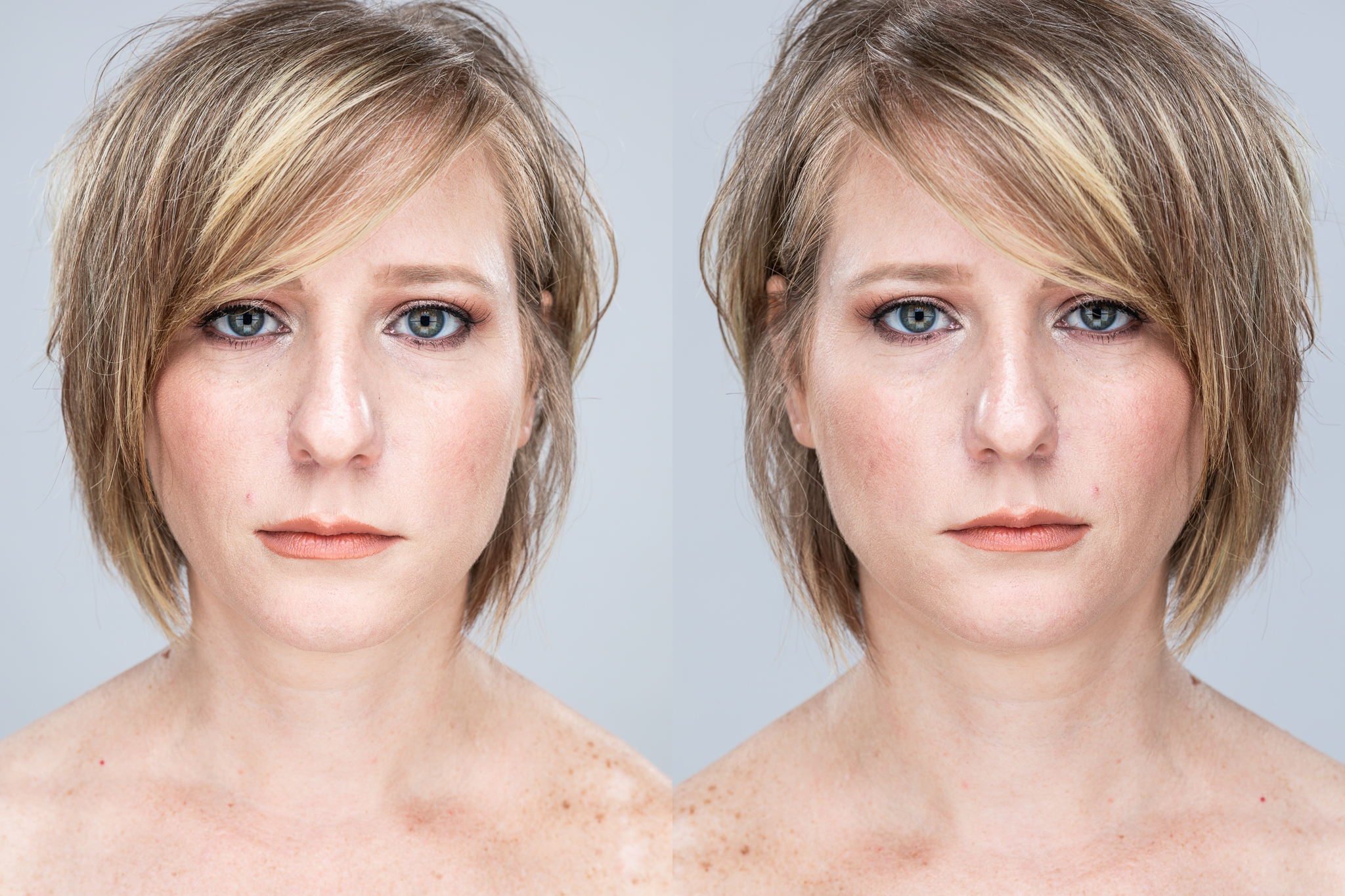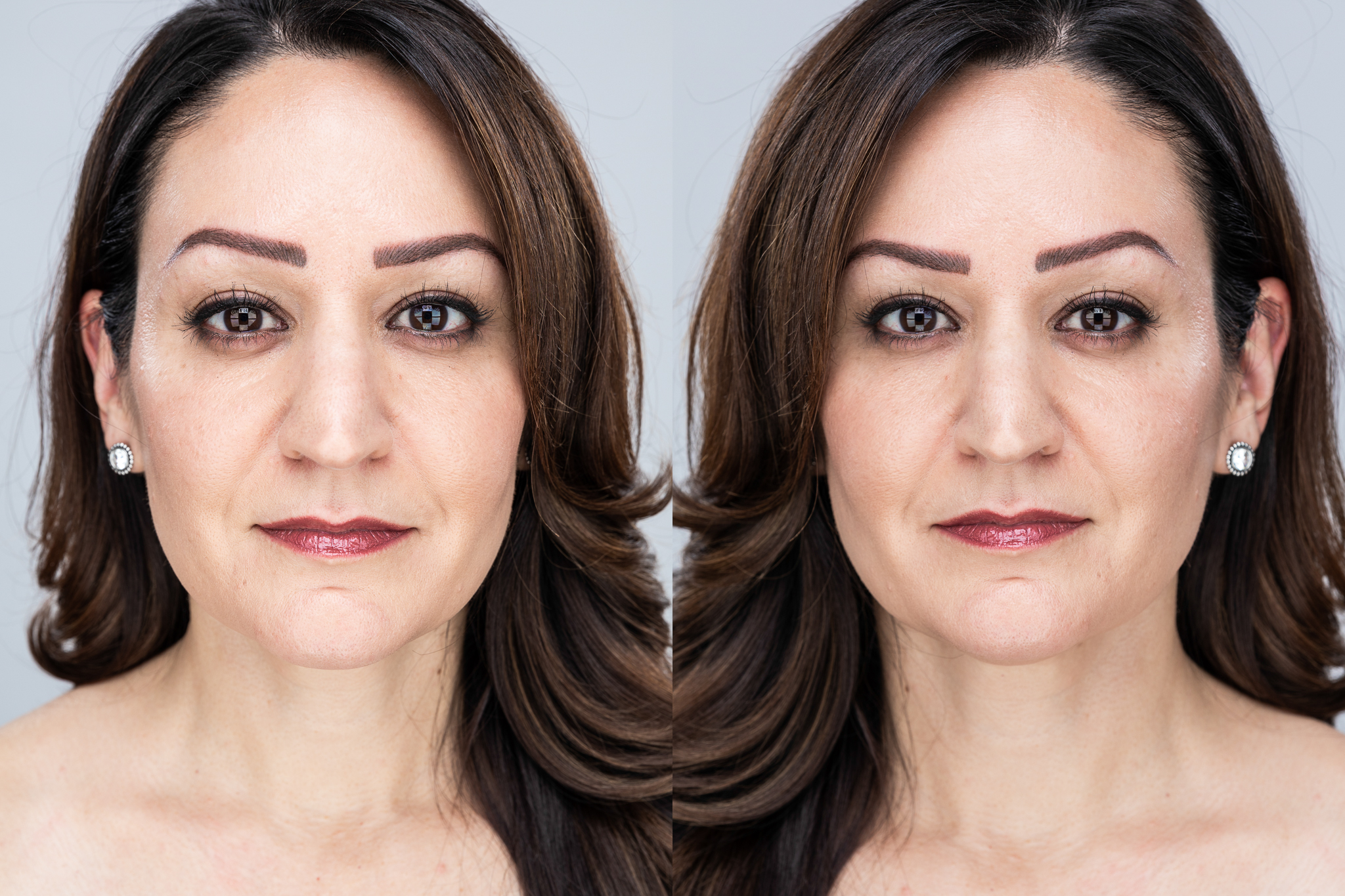The Portrait Project
A photographic experiment in self-perception.
As a professional portrait photographer for nearly a decade, I’ve photographed thousands of people. Every so often, a woman (it’s always a woman) has a peculiar reaction upon seeing her portrait for the first time. Something along the lines of:
“That’s a nice photo, but it doesn’t really look like me.”
“It looks like my sister / aunt / cousin.”
“Something’s not quite right.”
For a while I chalked it up to a form of self-hatred, or dysmorphia, but it happens often enough that I felt like this wasn’t all in their minds. So I set about finding out if I could create an experiment to see objectively what it was they were seeing.
As an analogy, we’ve all experienced the jarring feeling when we hear our own voice recorded and played back. It sounds similar, but not quite right, due to the resonance of the sound in our skulls, and probably some other factors. However, others hearing the recording will say that yes, that’s what we sound like.
What if there’s a visual equivalent of this phenomenon? What if we don’t look the same way to others as we do to ourselves? Is it possible to see the two versions side-by-side and compare them?
It occurred to me that the time that most women really see their own faces is when they’re doing their makeup. Which means they are fairly close to a mirror.
Of course this means that they are seeing a reversed version of themselves. But more than that, they are seeing a very close, reversed version of themselves. The shorter distance is a bigger deal than the backwards image, I think.
So I recruited some friends to let me test this theory. I first set up a mirror in the studio, and asked them to put on eyeliner, mascara, or lipstick, and I observed the distance they were from the mirror. Doubling that distance gave me the apparent distance that they are from their reflection. This worked out to be about 18 inches in most cases.
On average, women look at themselves from 9” from the mirror, resulting in an apparent distance of 18” face-to-face.
Perspective changes with distance. The closer a subject is, in general, the less you can see of it. Also, as you get closer to a subject, the more distortion happens… closer parts appear bigger than further away parts. With faces, noses get larger disproportionately to ears, for example. Foreheads get larger, hairlines recede.
Note that these changes are a function of the distance from the subject, not the focal length of the lens (a longer lens will enlarge the image, but the perspective will remain the same).
The closer the camera is to the subject, the less of the face it can see, and the more apparent distortion and elongation there is. As the camera moves away from the subject, more of the face can be seen, and the perspective becomes flatter and more compressed.
For the experiment, I would need a pair of photos, side-by-side, taken from two different distances. One would represent the way the subject sees herself when doing her makeup, and the other would show how she is seen by others, at a socially-acceptable distance.
I knew from the start that I needed this to be as scientifically rigorous as possible. I wanted to control as many variables as I could. This meant that lighting, hair, makeup, jewelry, clothing, pose and expression should be consistent between the two photos. I asked subjects to do their hair and makeup in the usual everyday way, and to avoid jewelry. I kept clothing out of the image to avoid distractions, and keep the emphasis on the face.
I also made the decision that there should be no retouching whatsoever. This meant that I needed the most flattering light possible, so that the subjects would look their best in both photos. To achieve this, I surrounded the subjects with four large softboxes, with two additional strip lights behind to add shine to the hair and separation from the background. I used a plain white paper background, which fell off to a neutral light gray.
Duplicating a smile from one photo to another is extremely difficult… so I asked each subject to relax the muscles in her face, and give me a completely neutral, blank expression. This was done for consistency, but it turned out to be a secondary conversation about resting face, and the implications of women not smiling.
From the first experimental session to the gallery opening was 5 months. Ninety-five women participated in one of the six sessions, resulting in nearly 3,000 photos, and requiring a total of 18 hours of shooting and about 24 hours of editing.
When putting the pairs of photos together, I had do make a decision as to how to line them up. After some trial and error, it was all about the eyes. I aligned the pupils on the same place in every photo, which meant head size varied slightly.
I printed 95 pairs of images, at 24” wide by 16” high, resulting in a slightly-larger-than-lifesize image. The final gallery show ended up with three rows high to fit every participant into the show. The gallery opening took place at CityArts Factory on Thursday, Nov. 15.
In the examples below, the image on the left is close and reversed (how the subject sees herself), and the image on the right is from a distance and not reversed (how others see her).
How the world sees her
How she sees herself.
I’d love to hear your thoughts, comments, criticisms, and suggestions for improvement. Please post your questions below, and I’ll answer them if I can.

